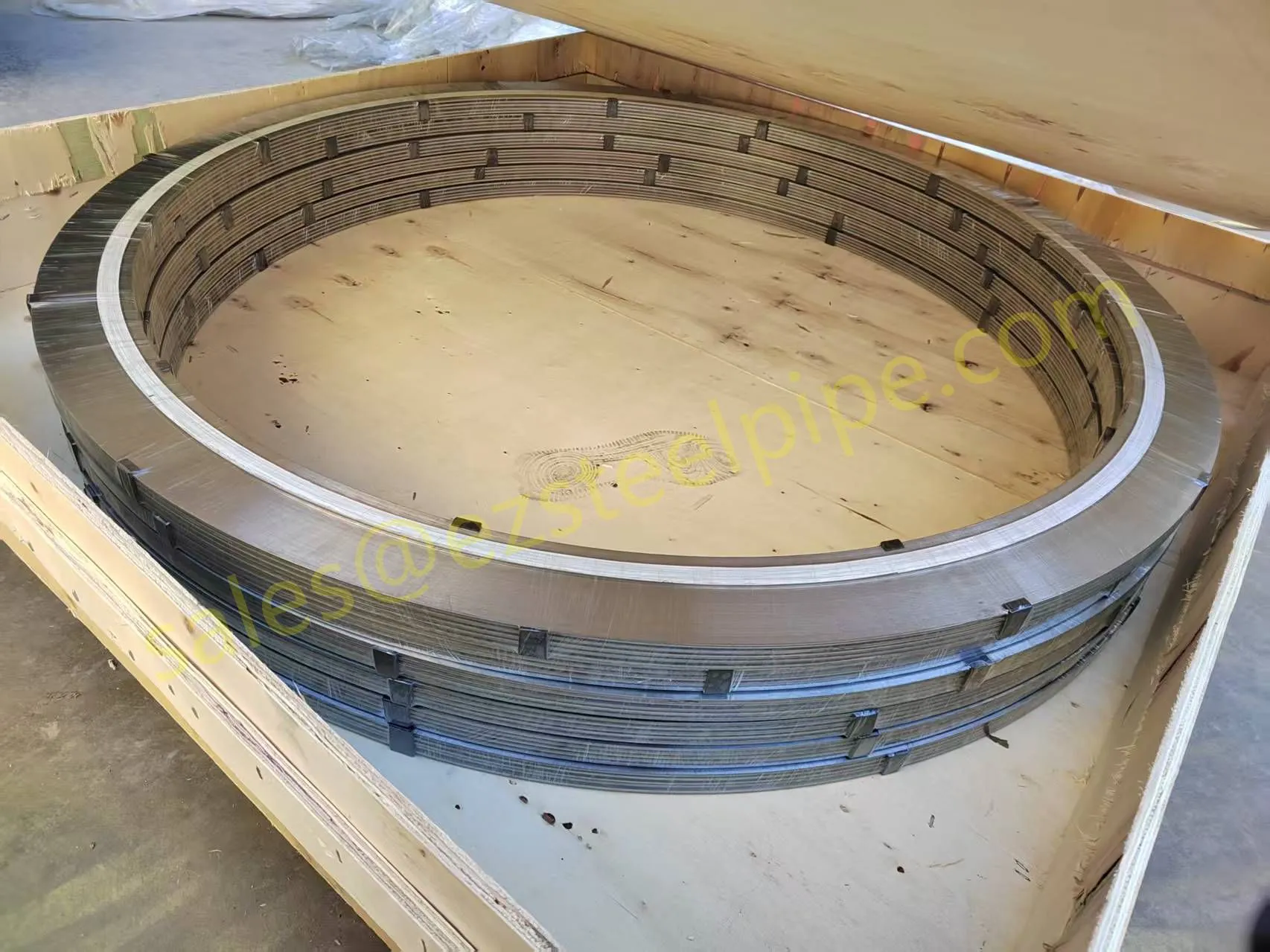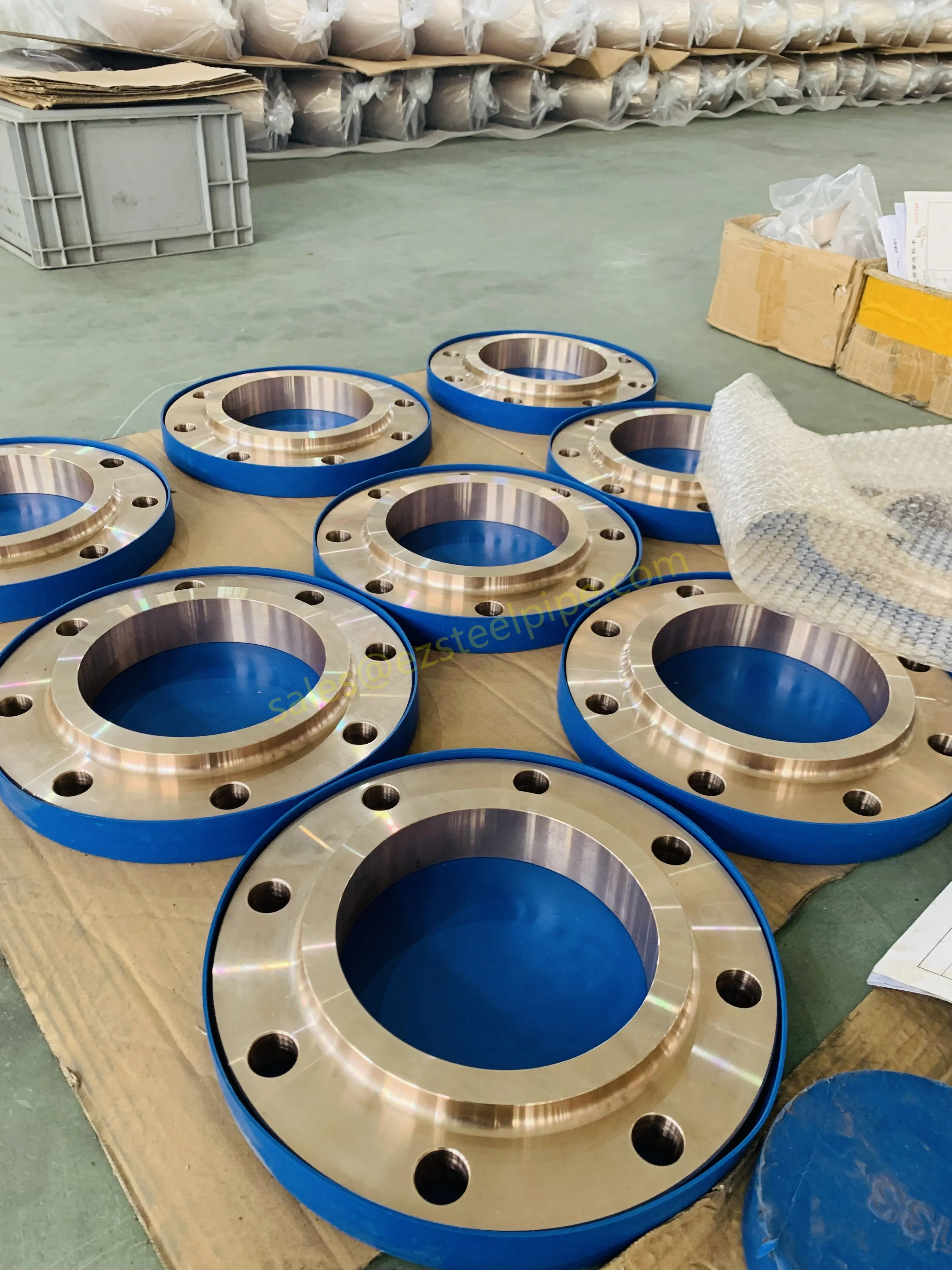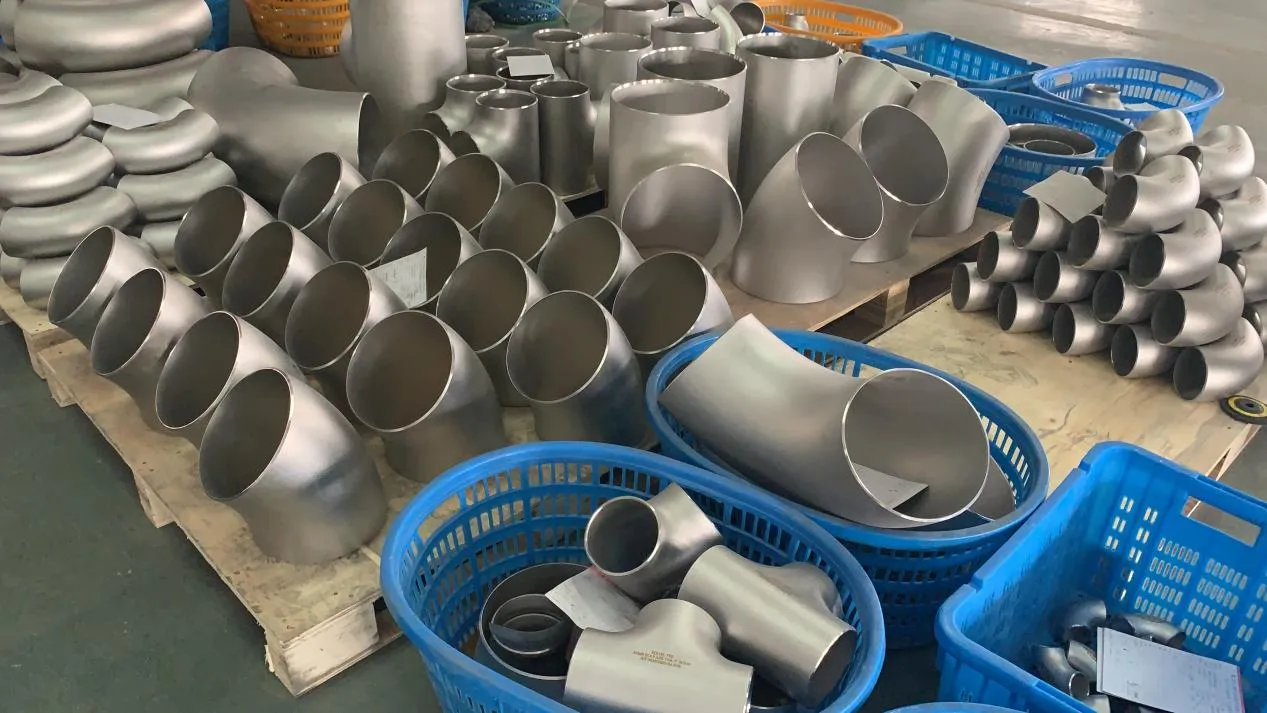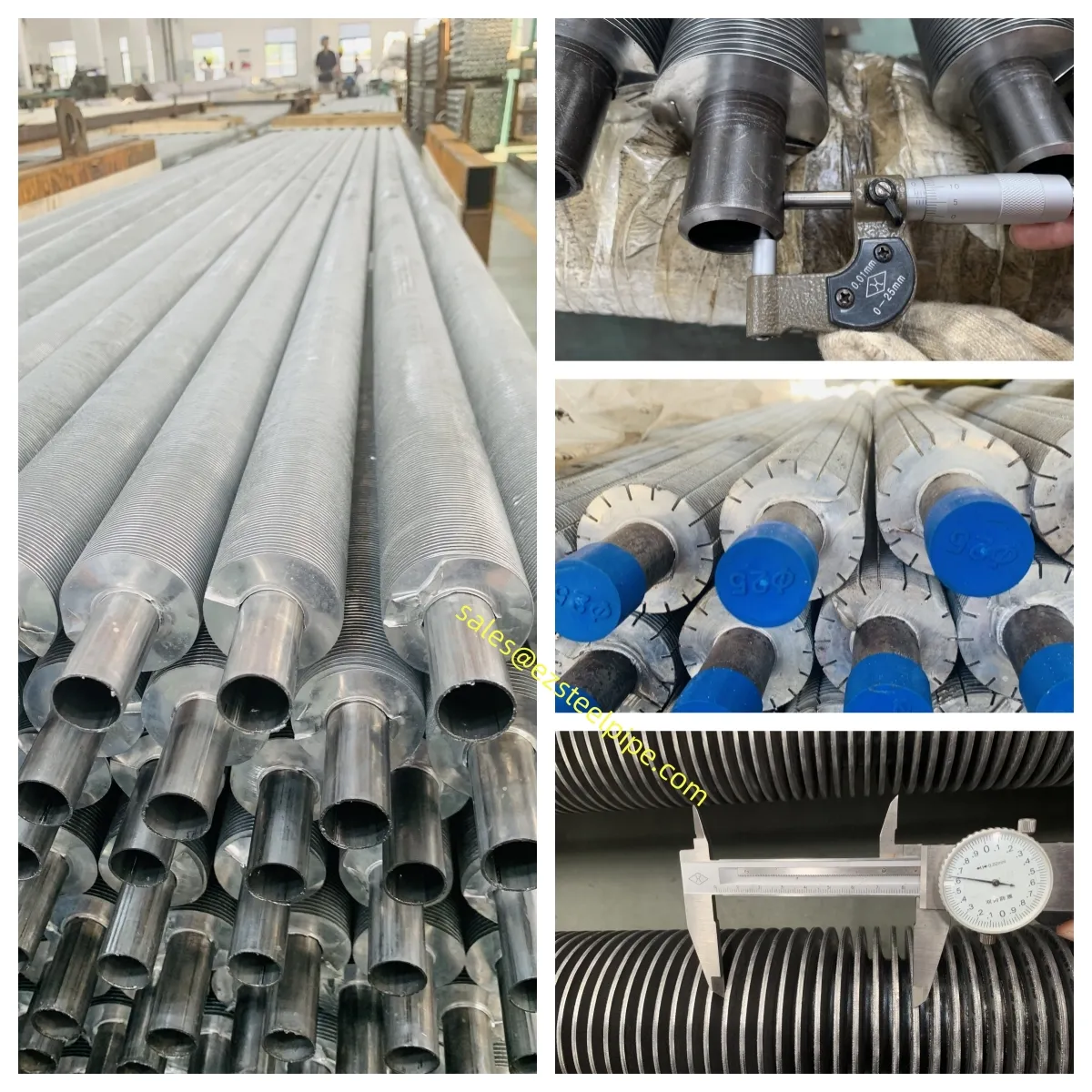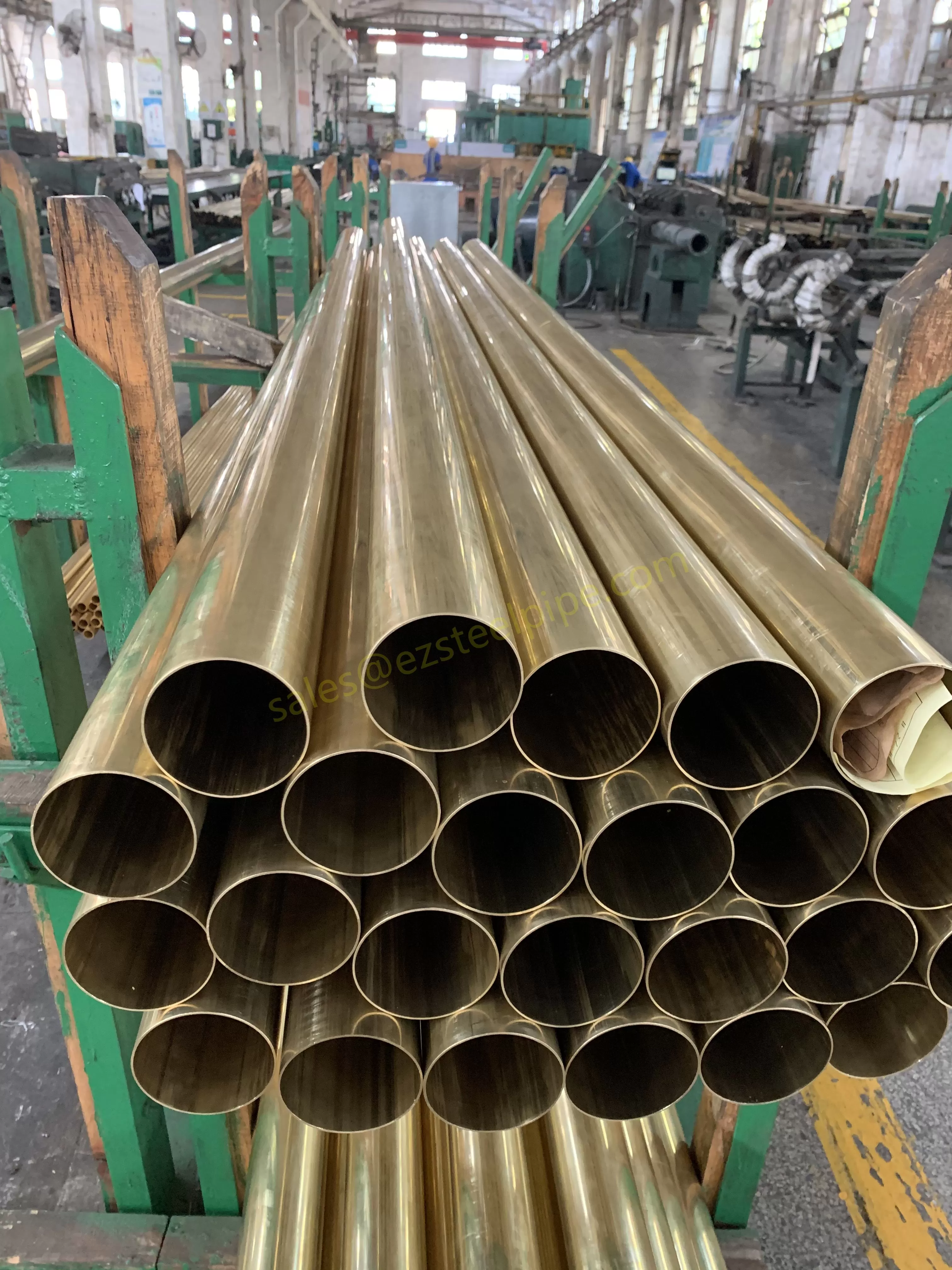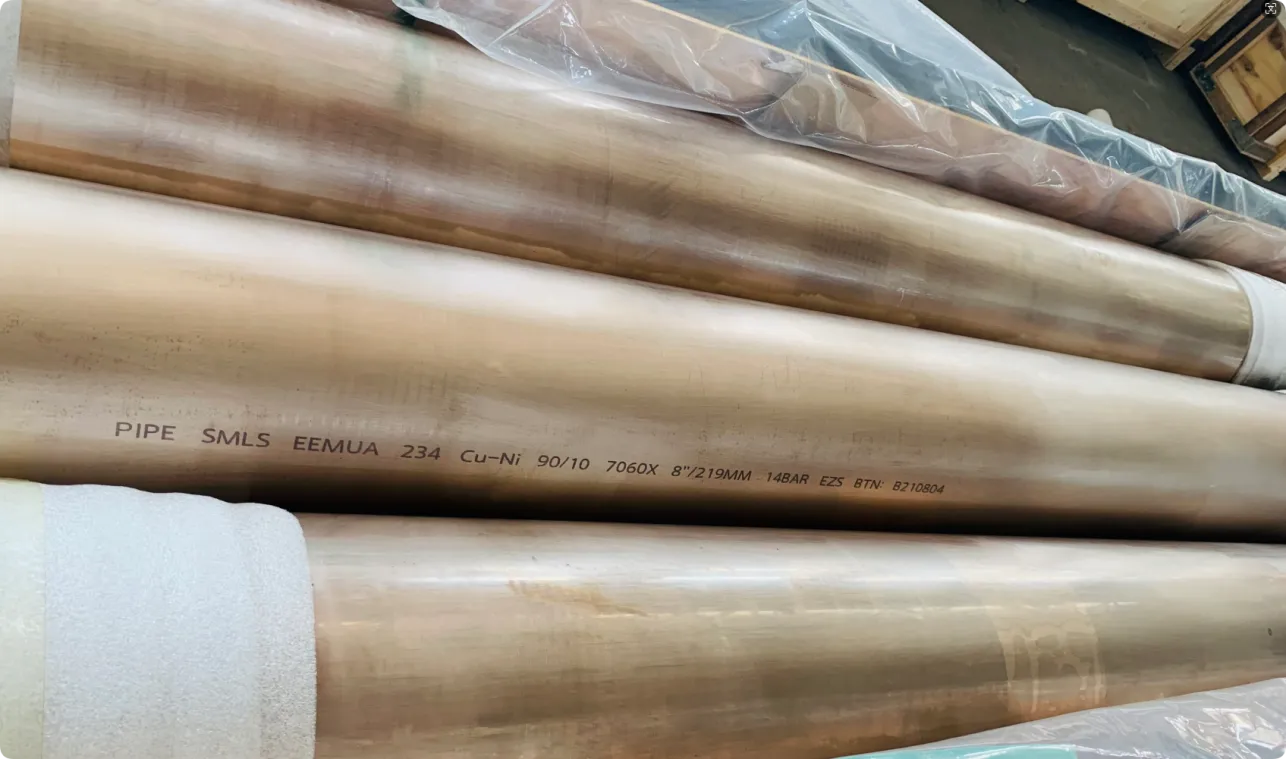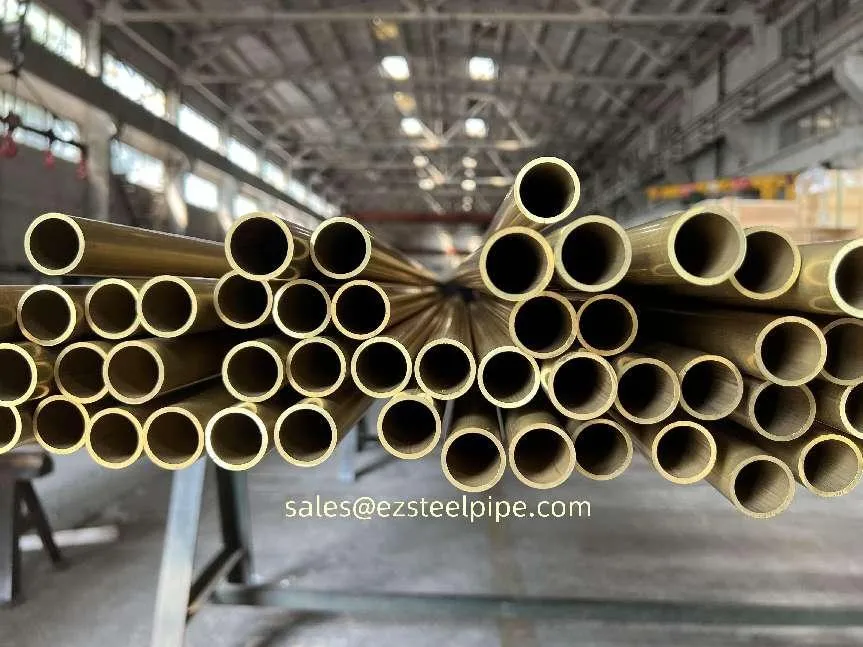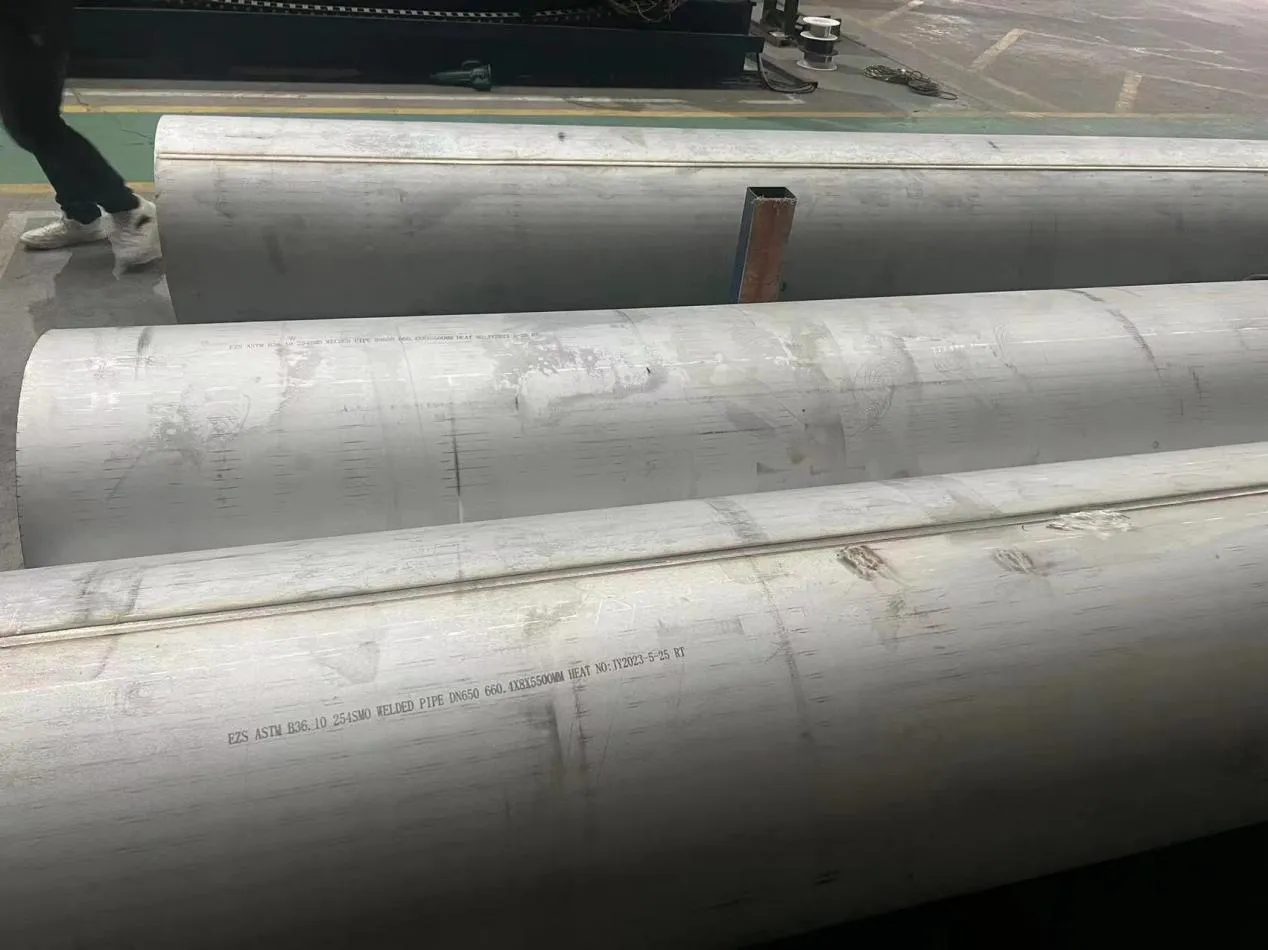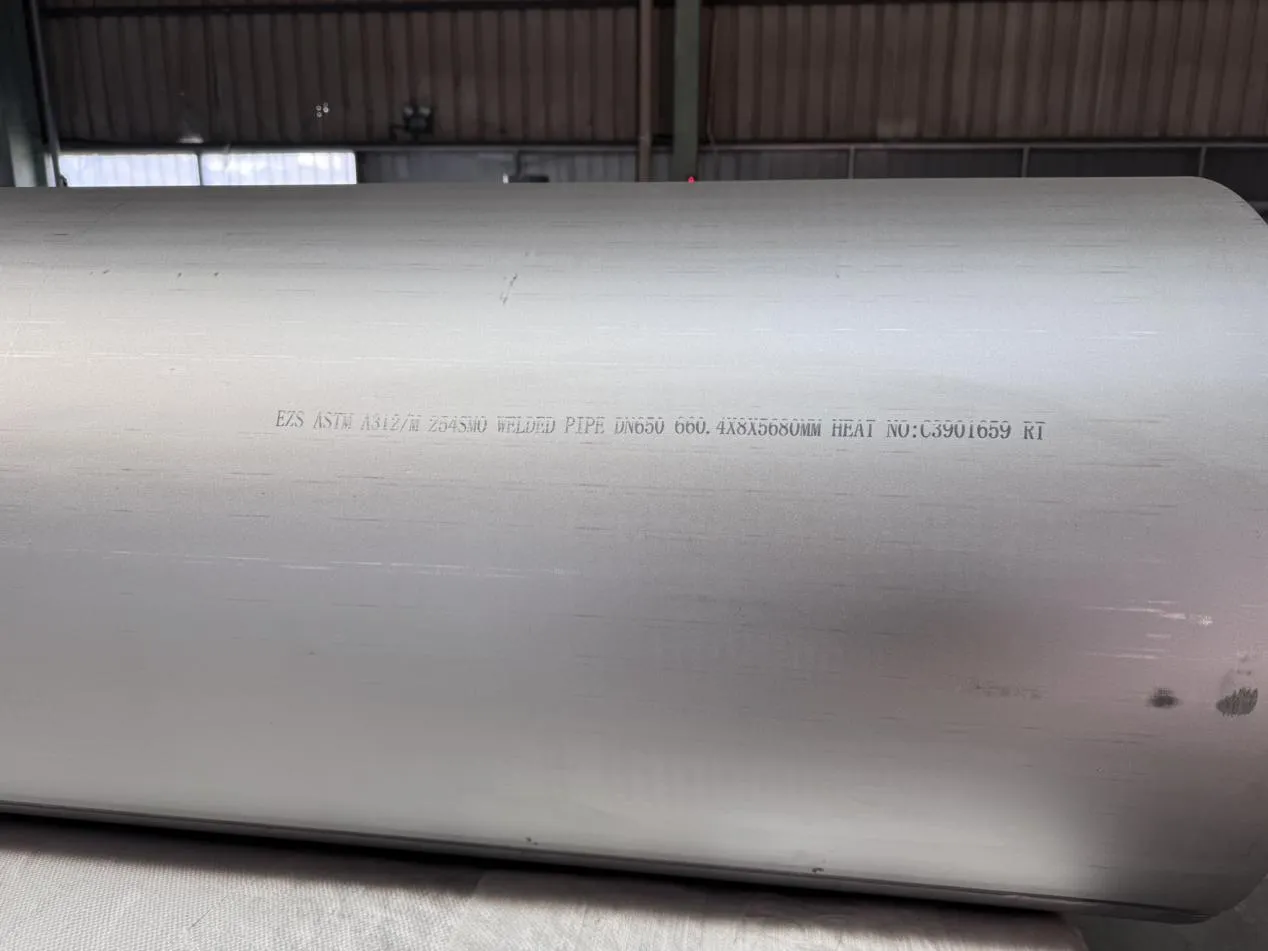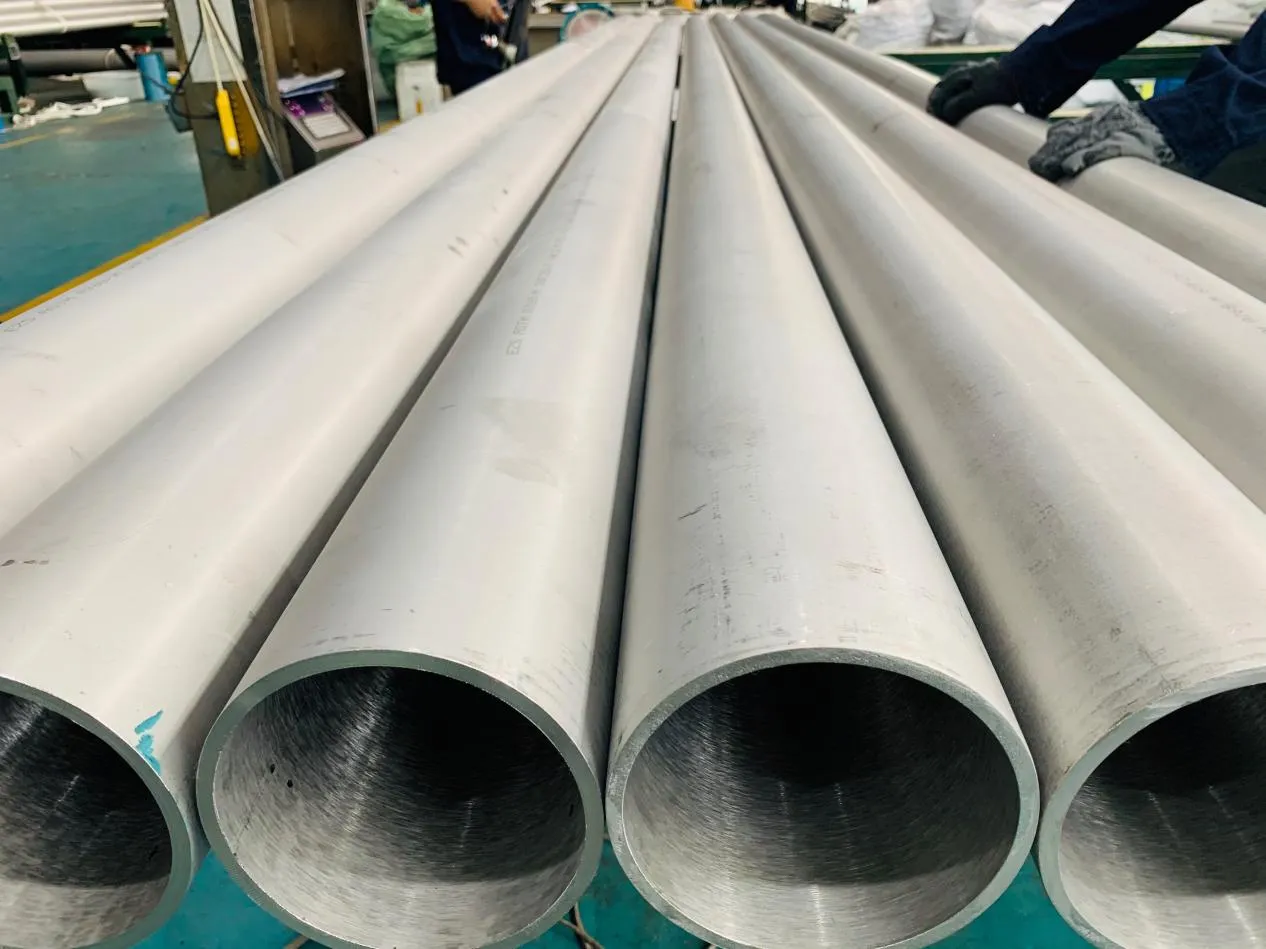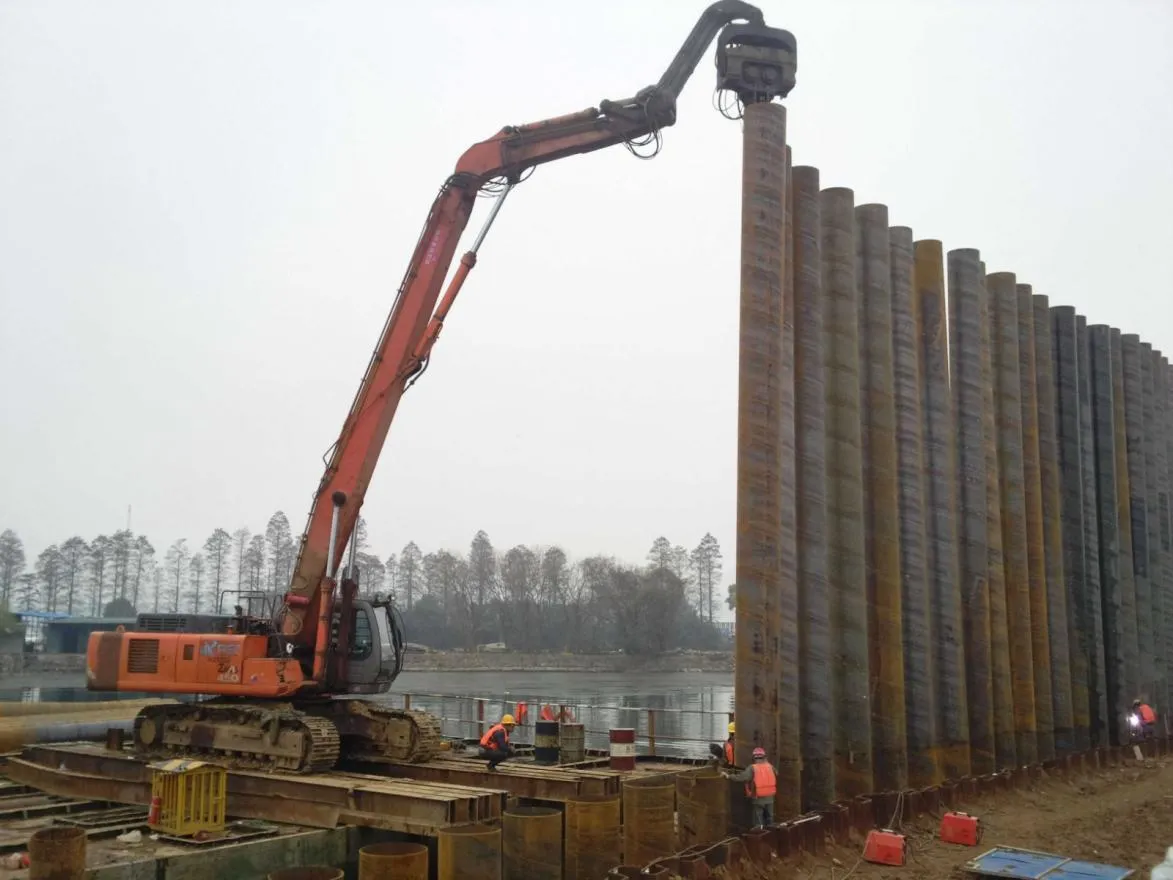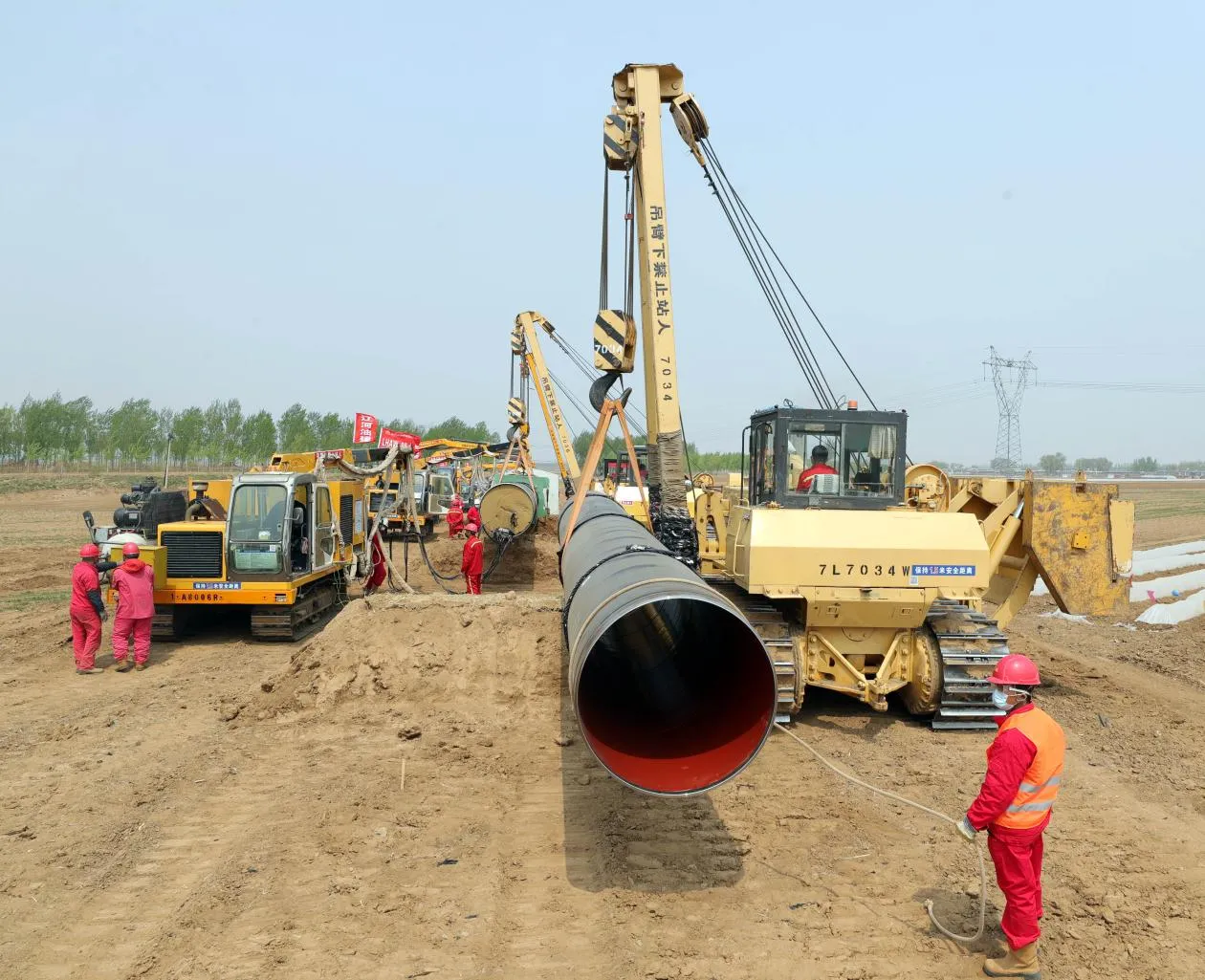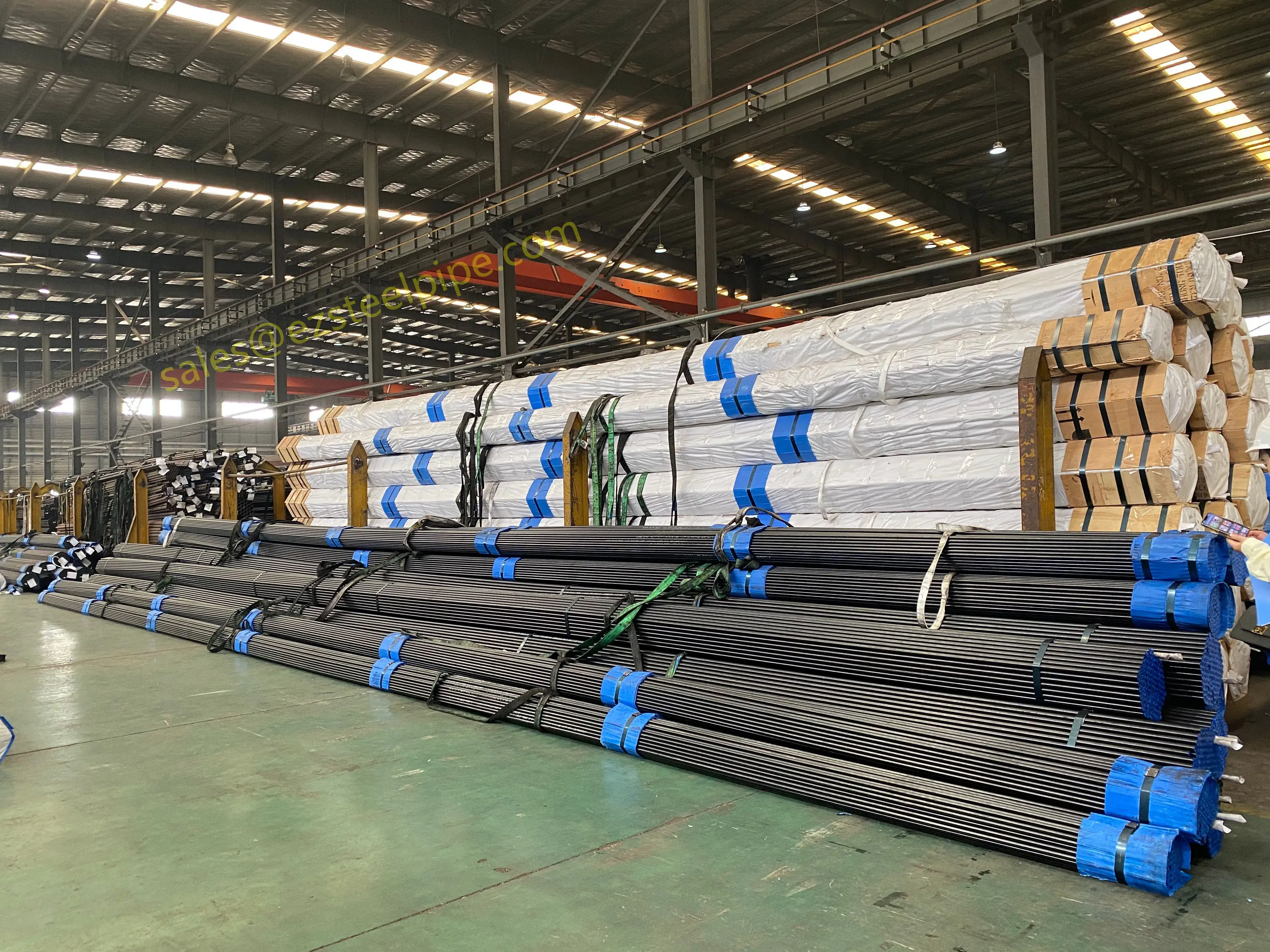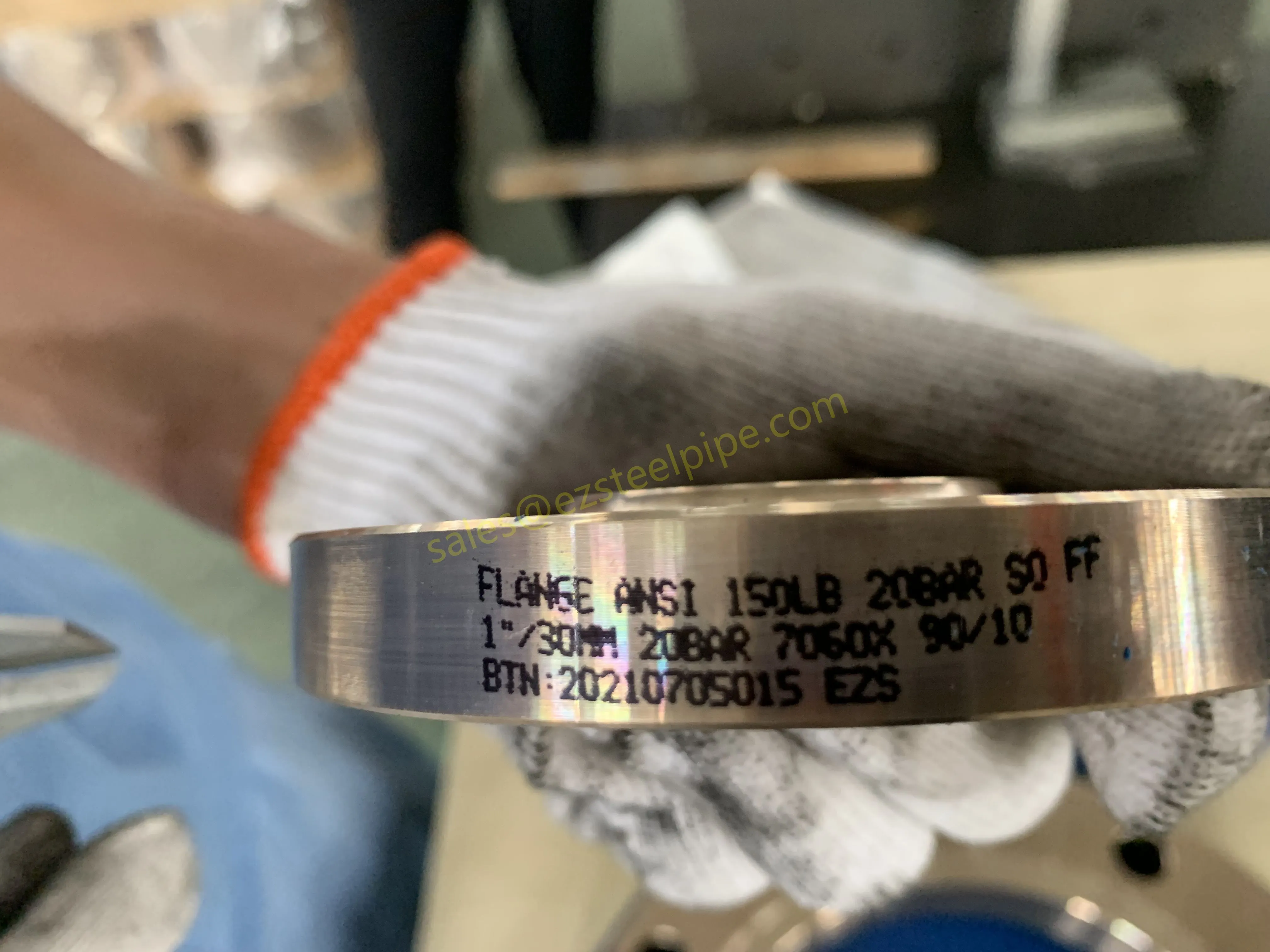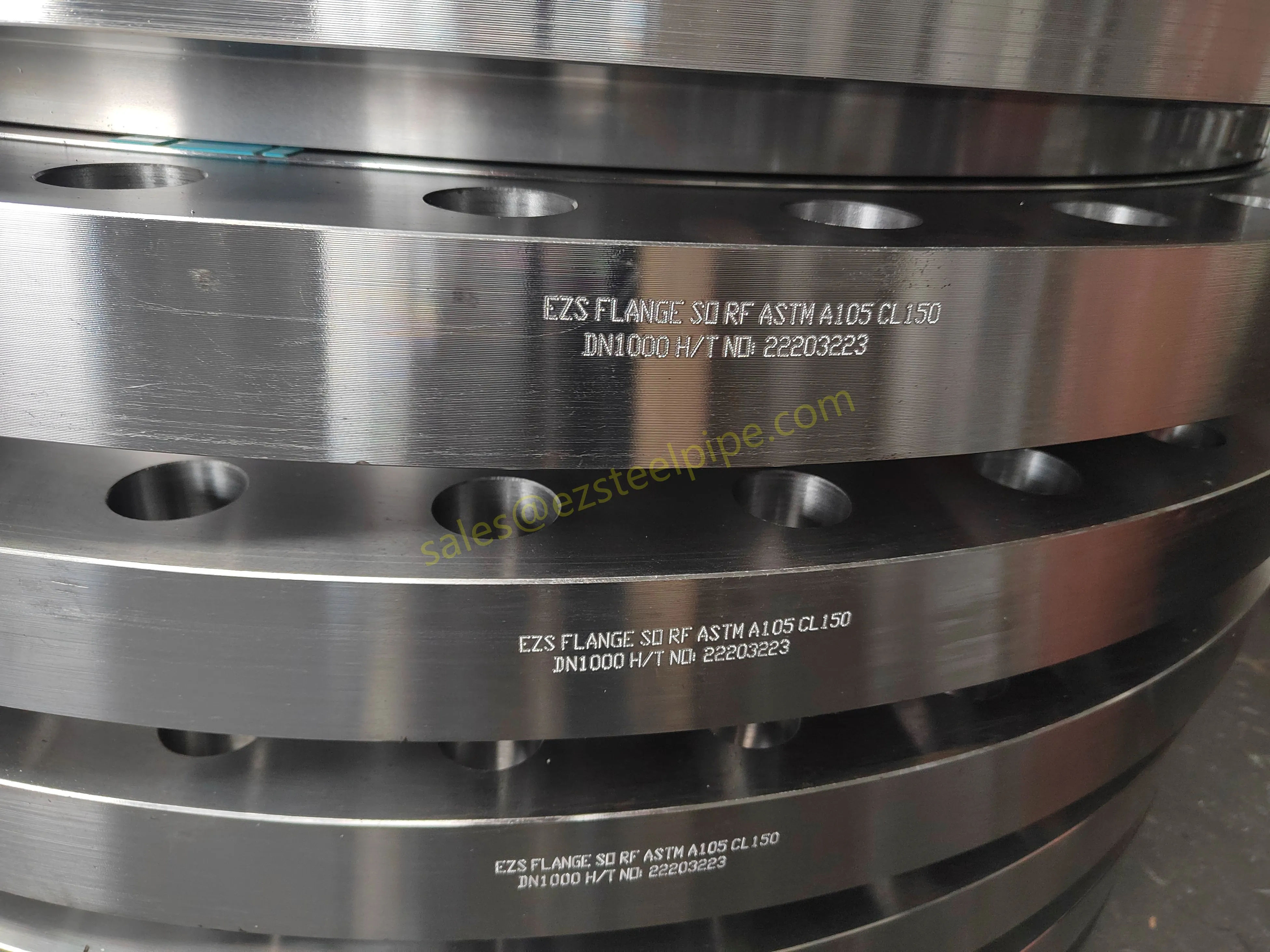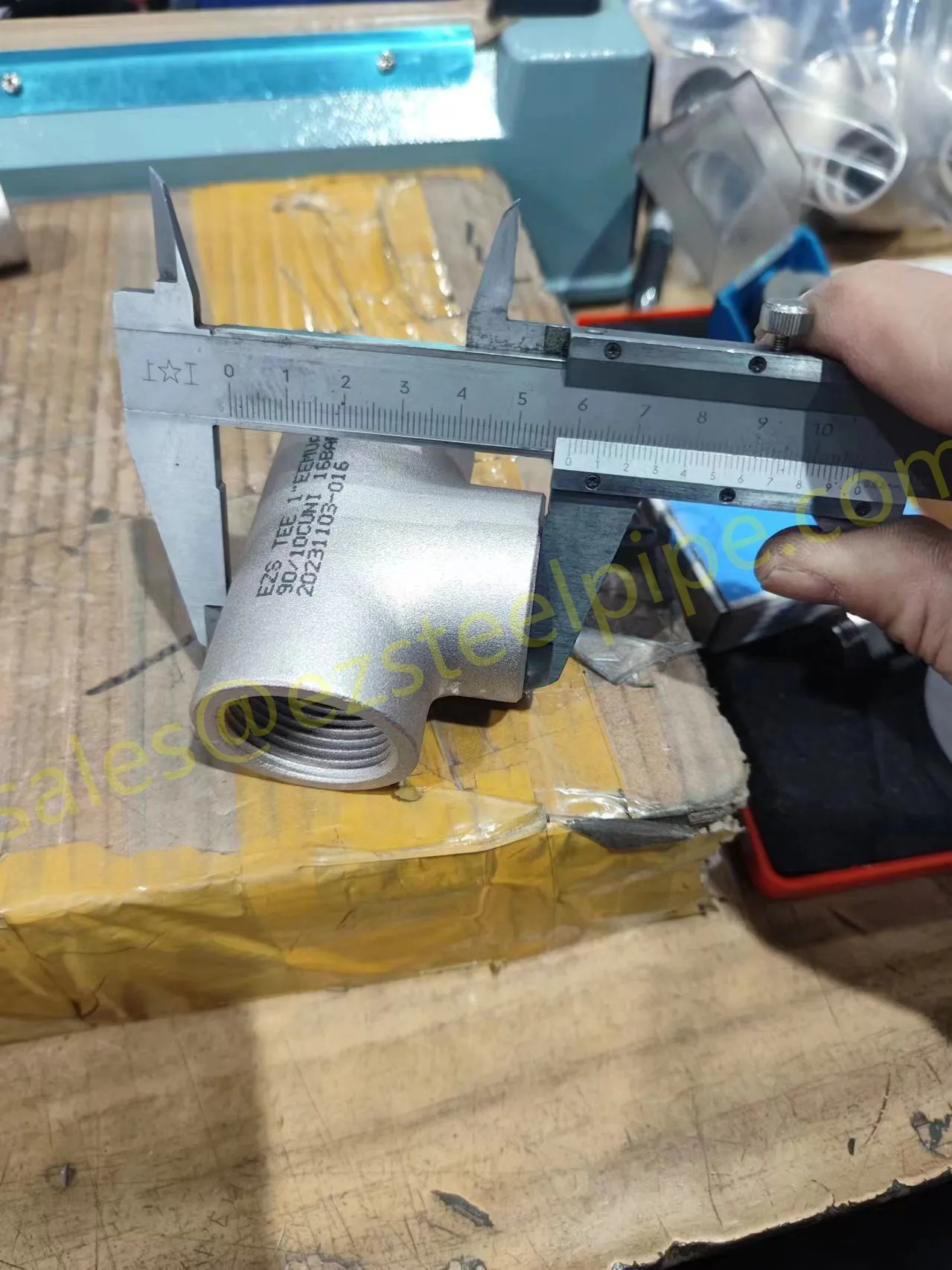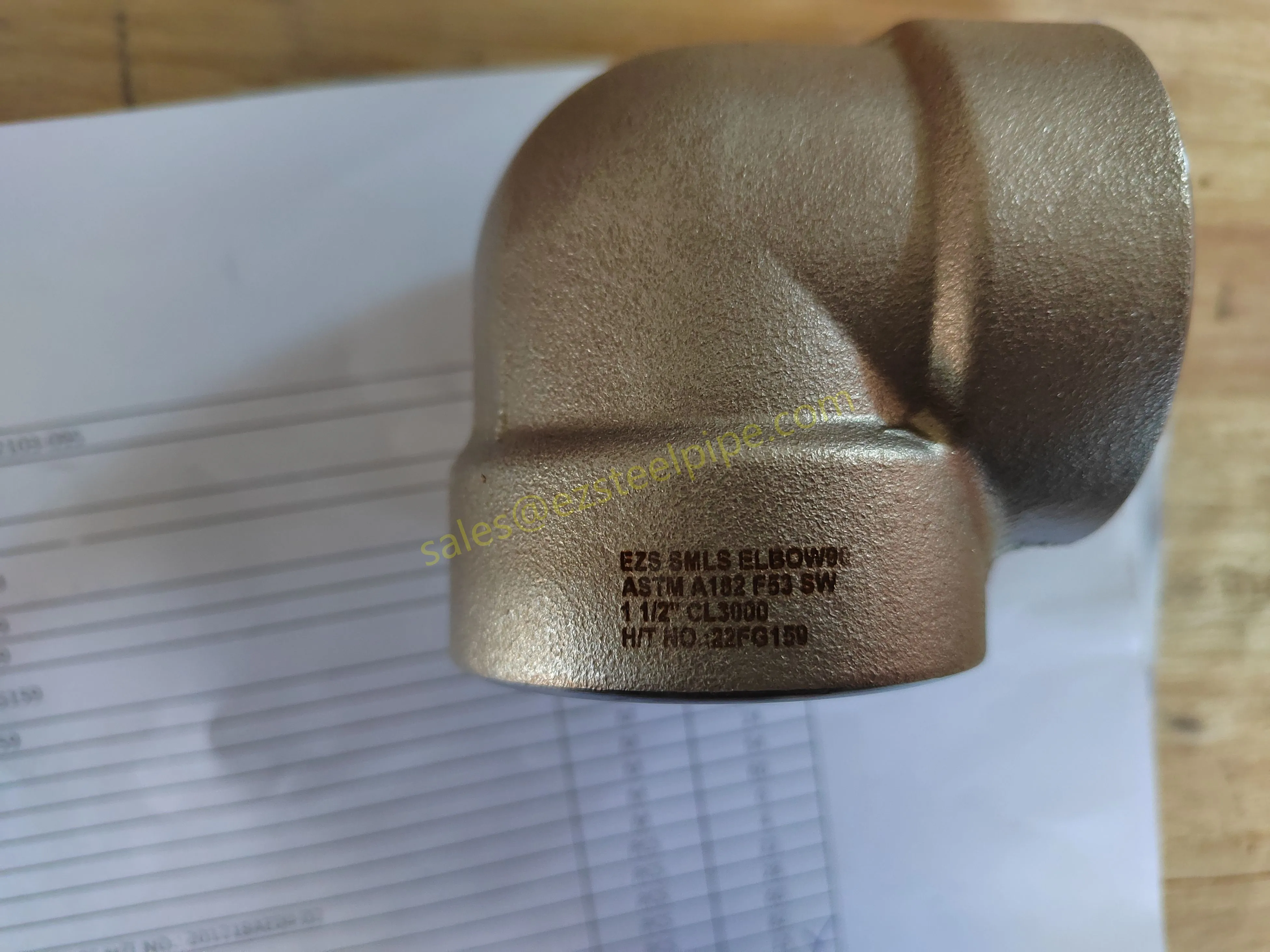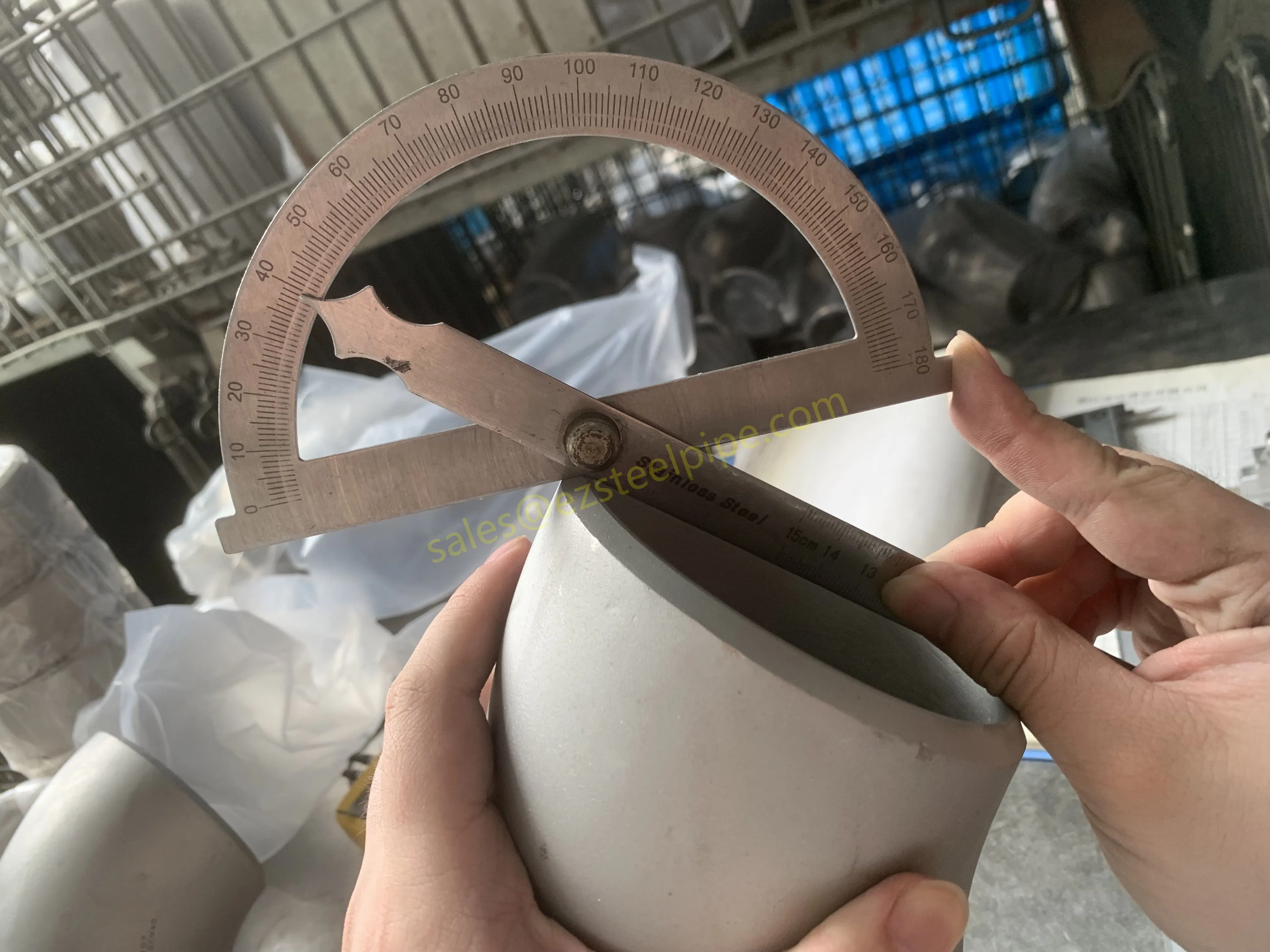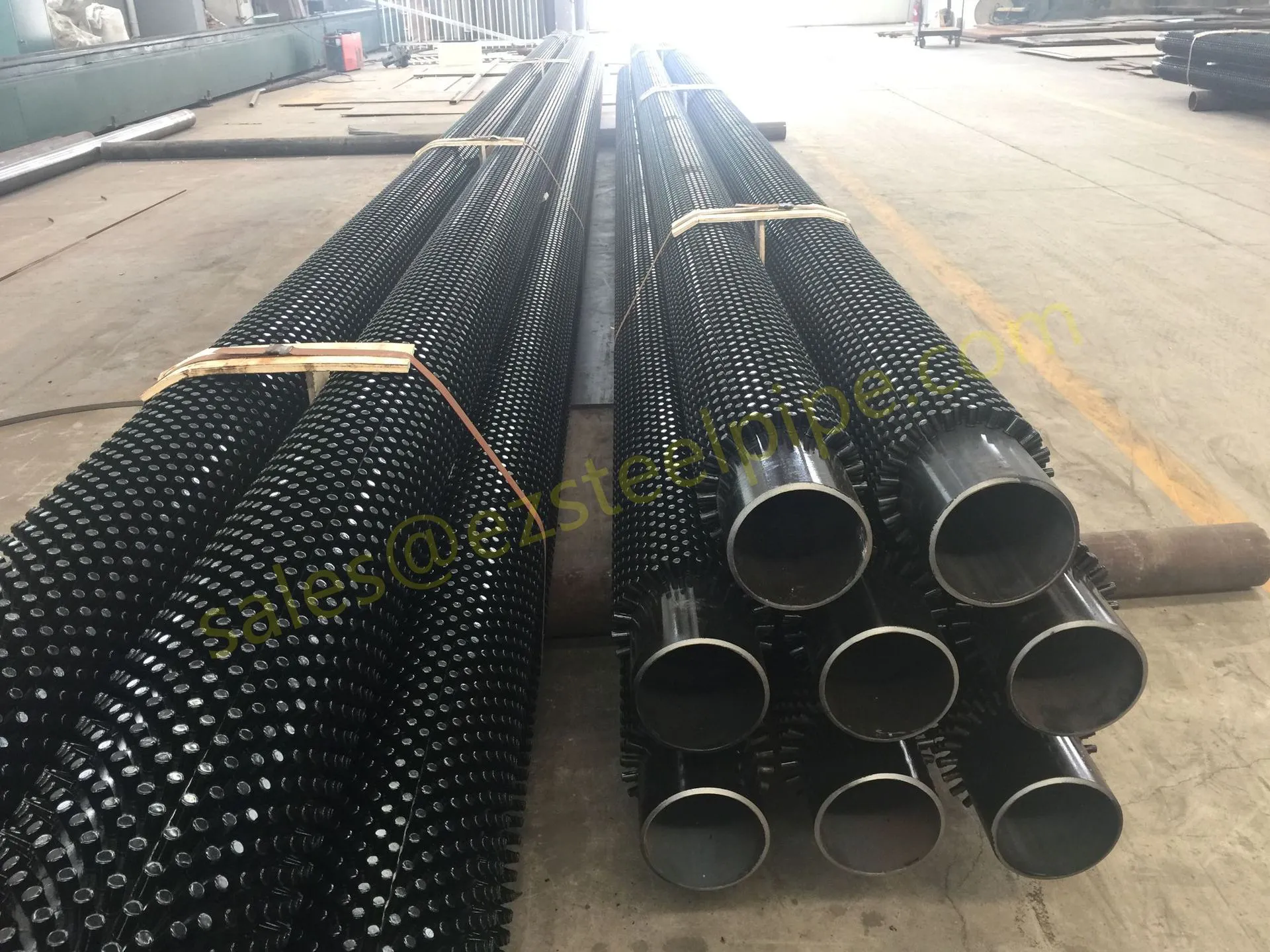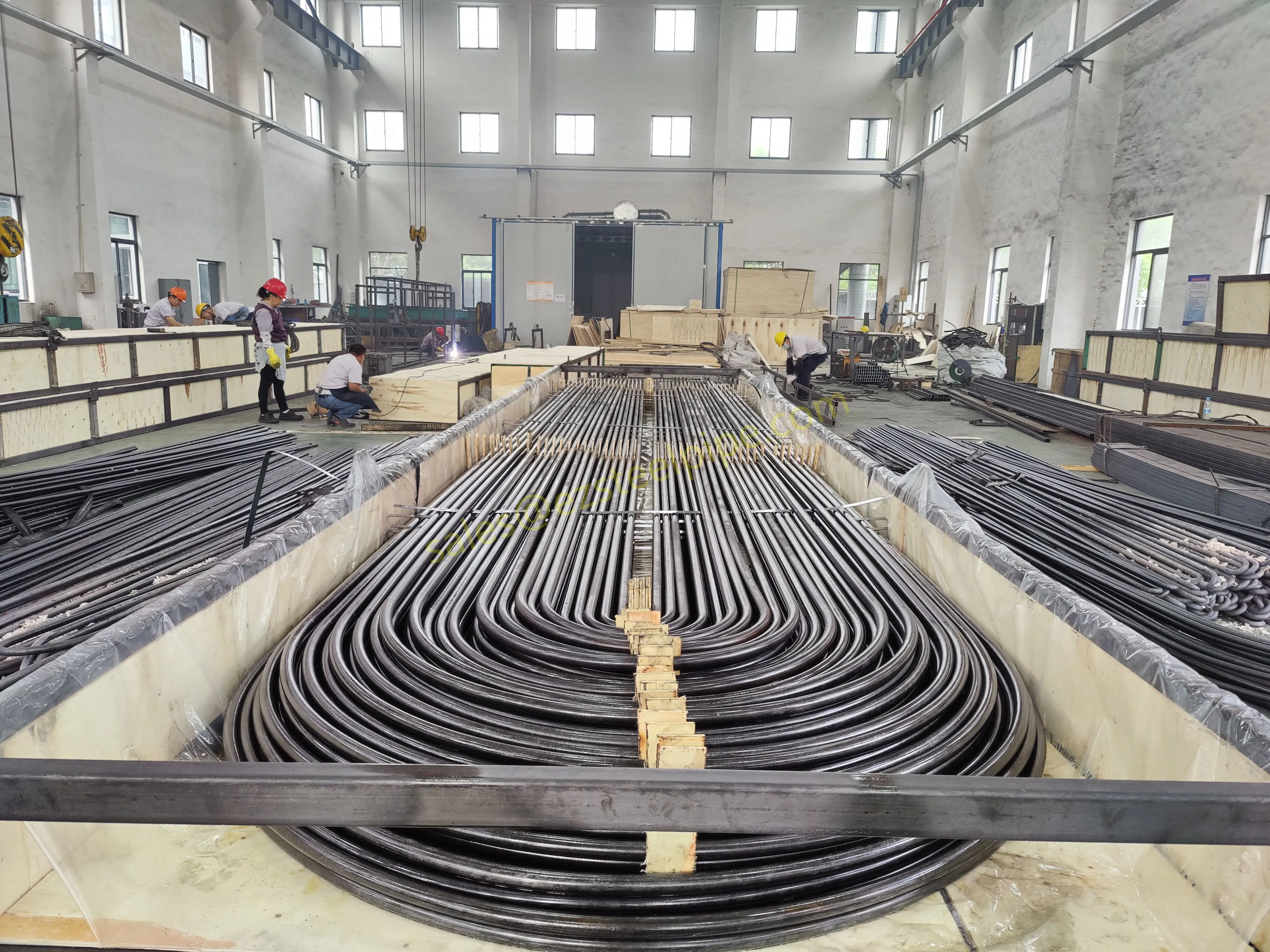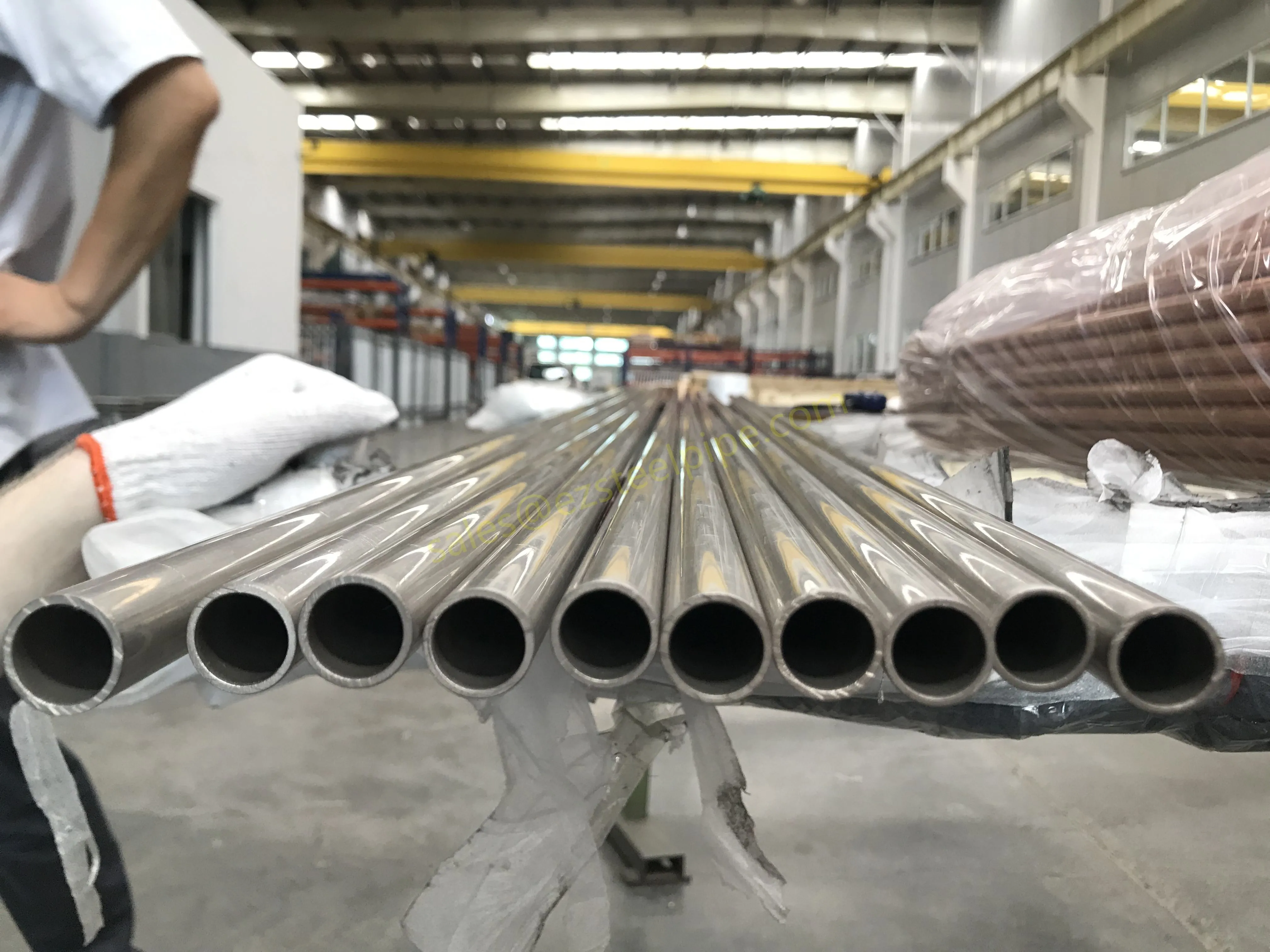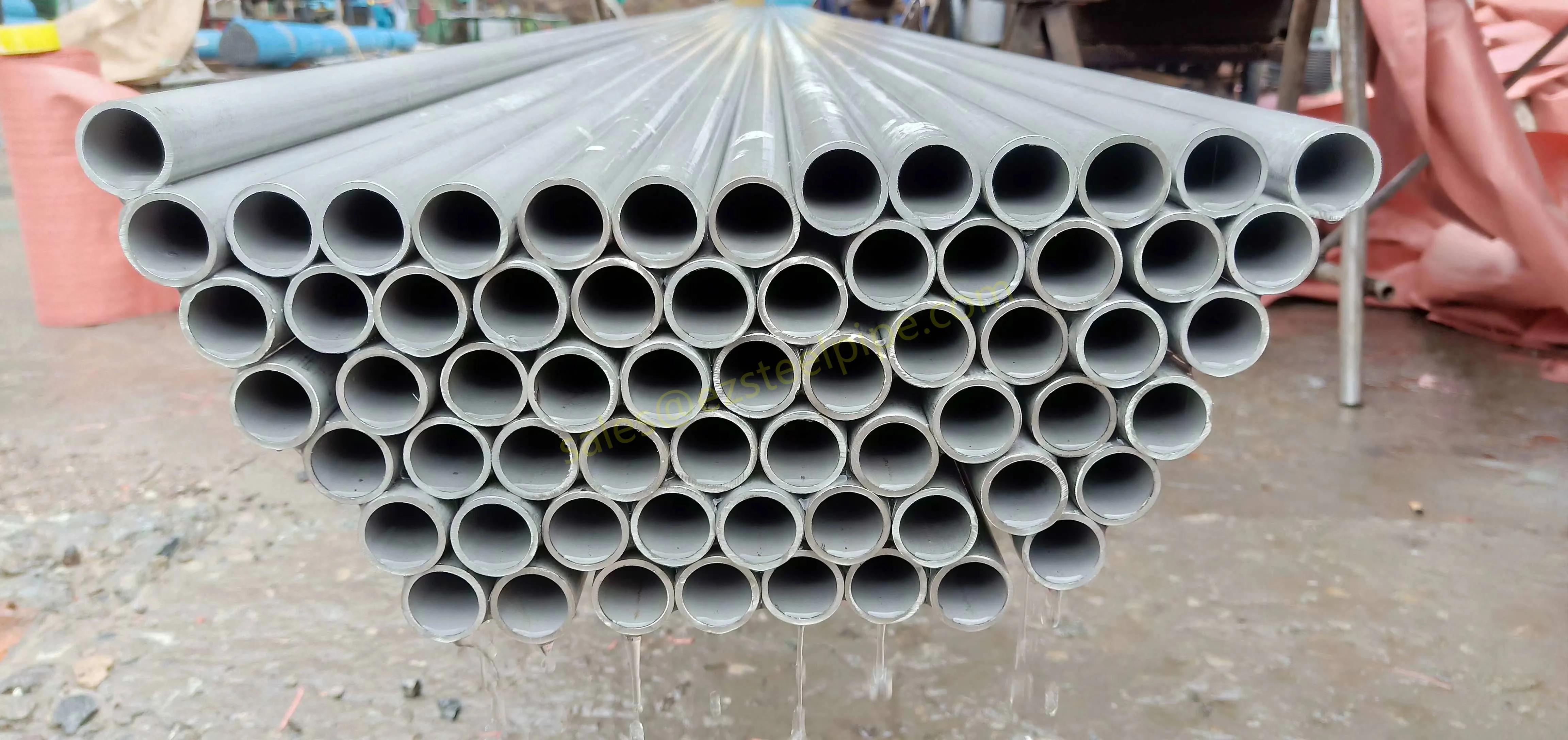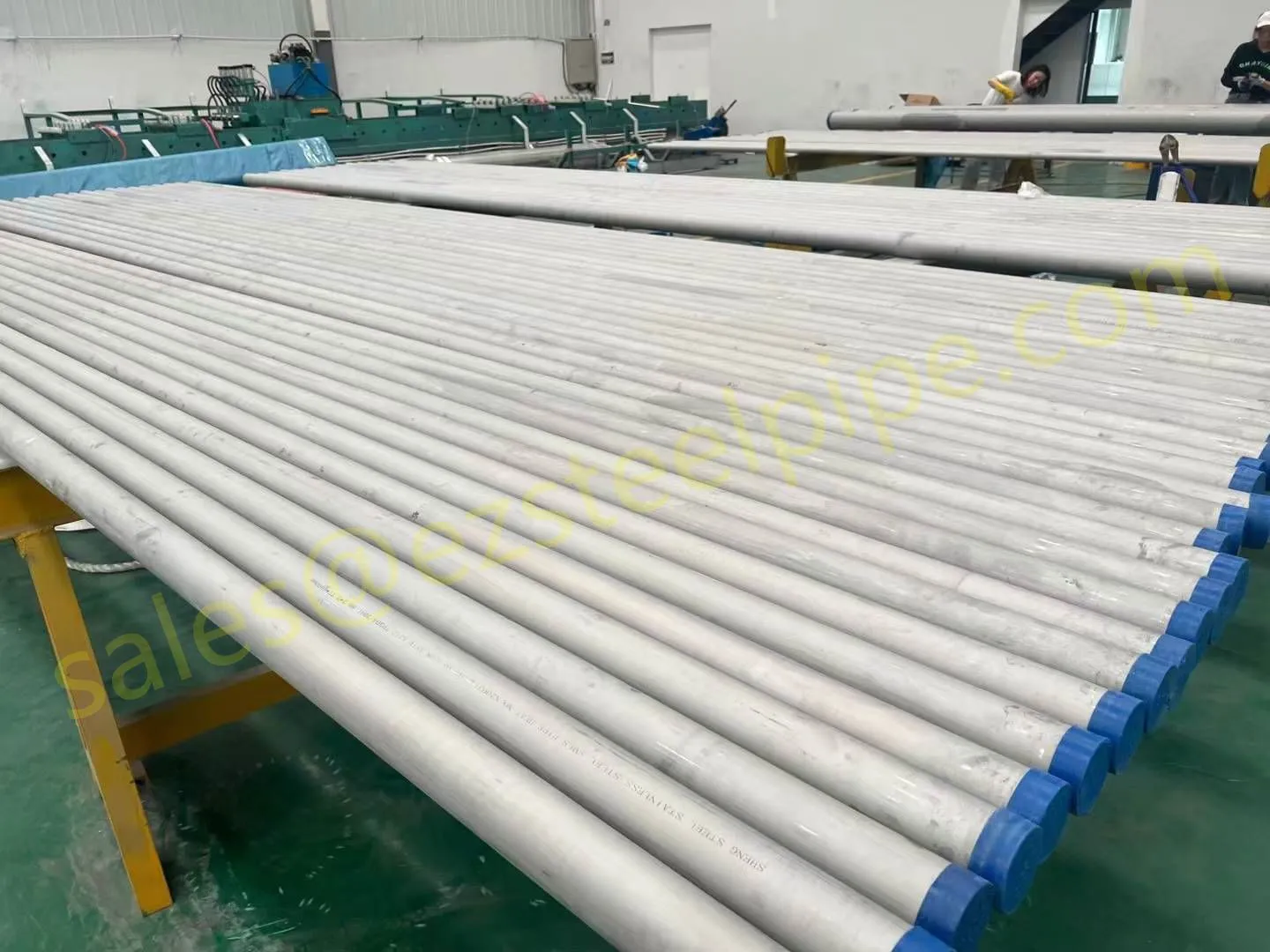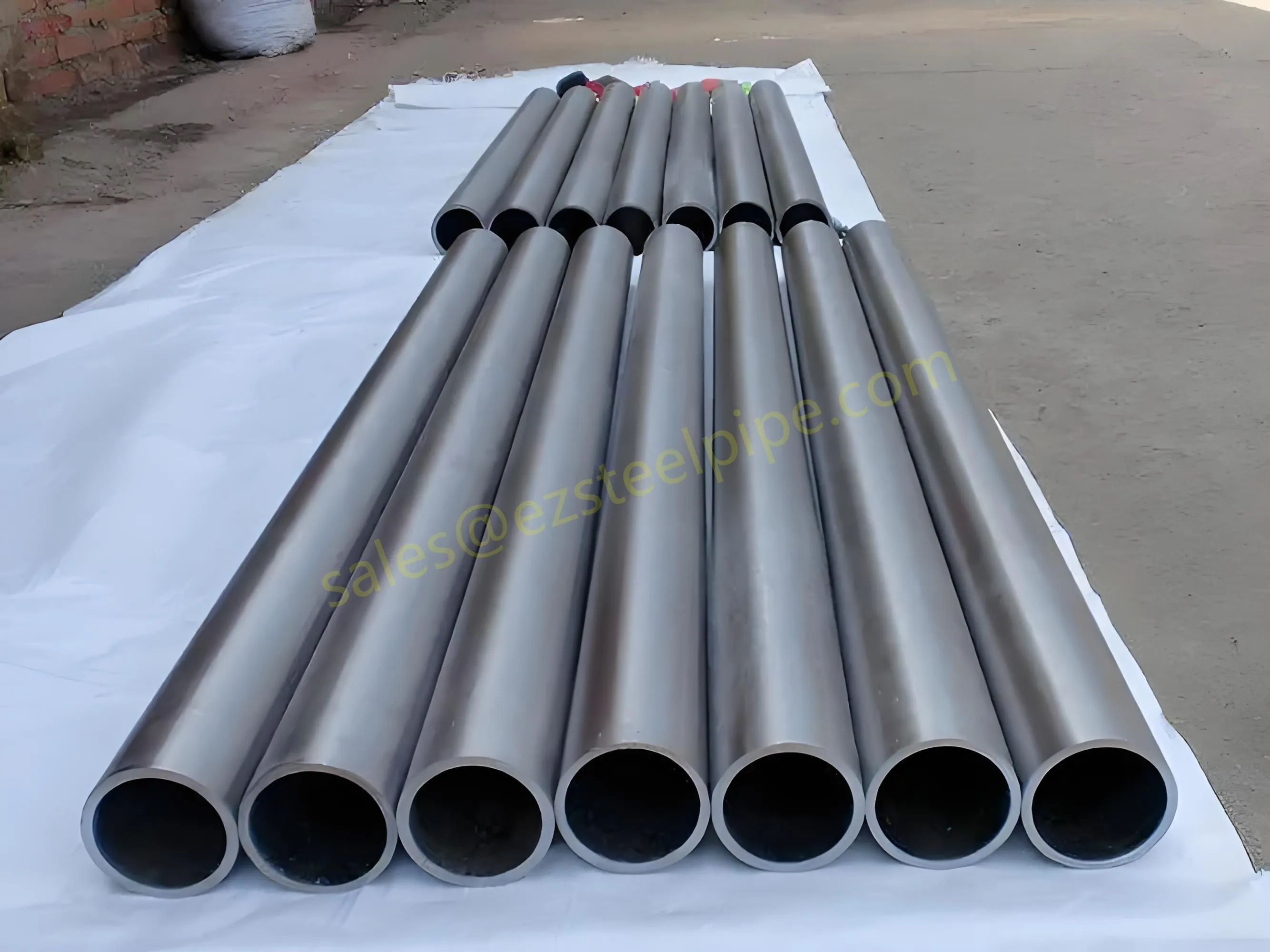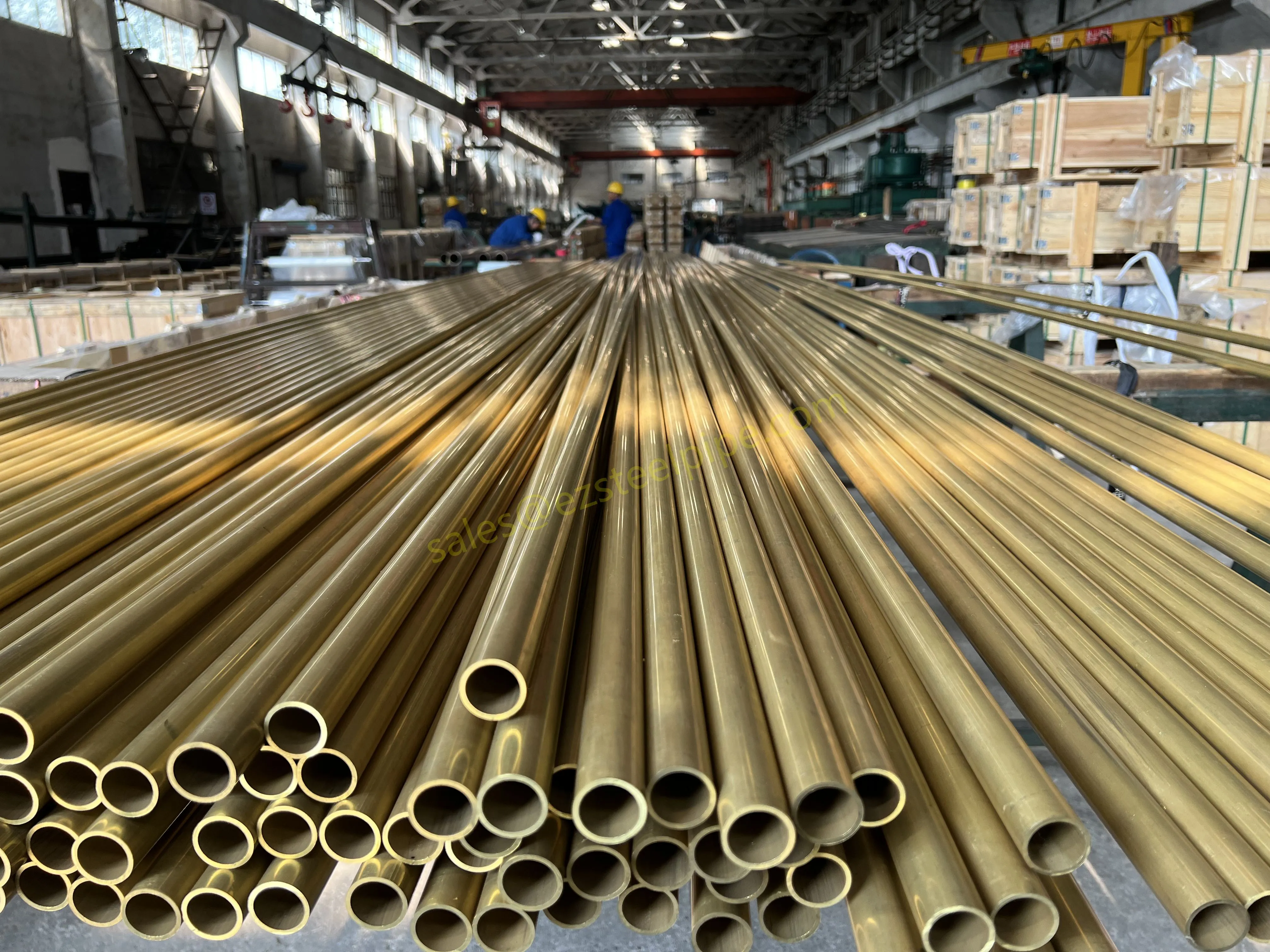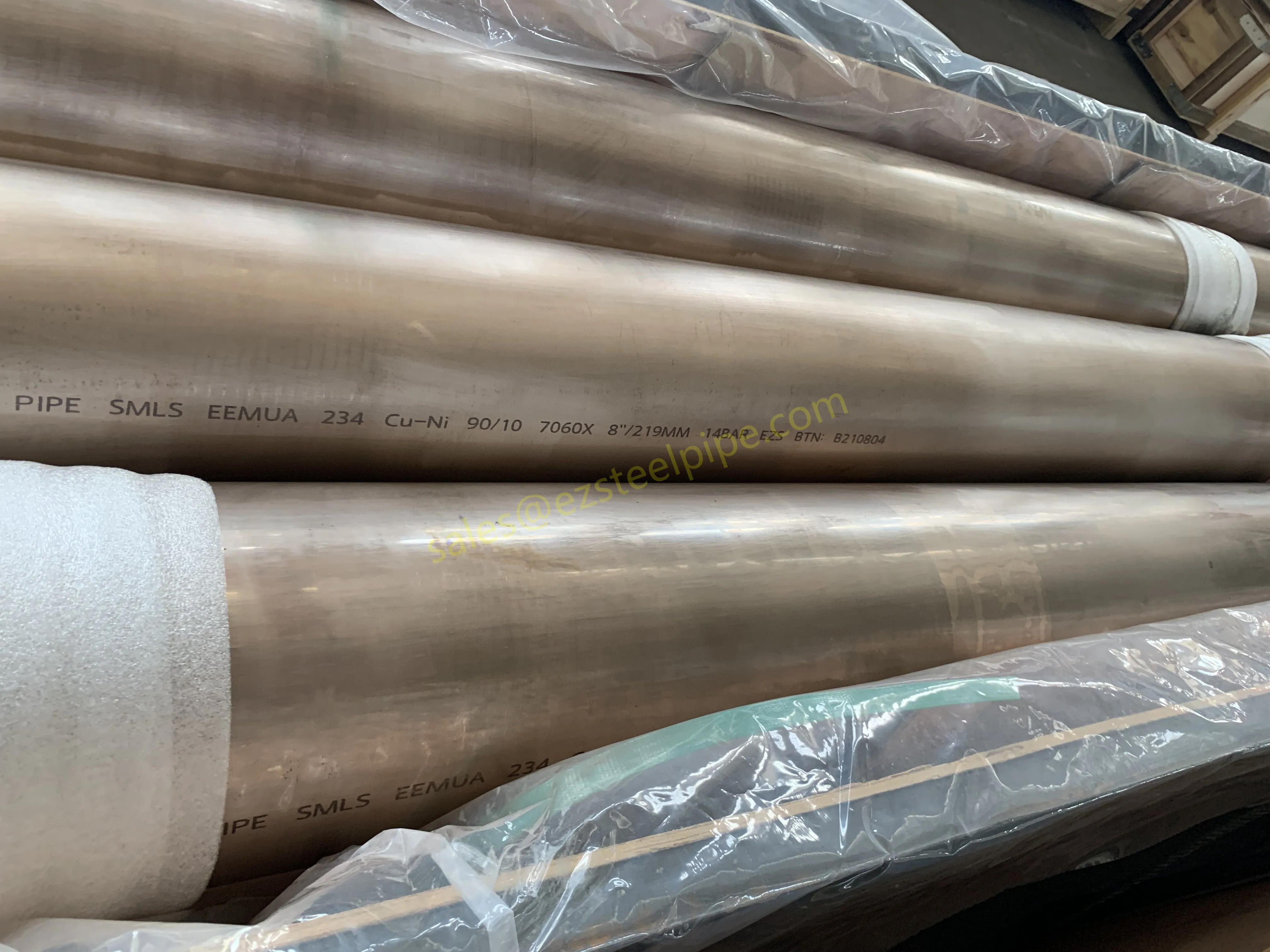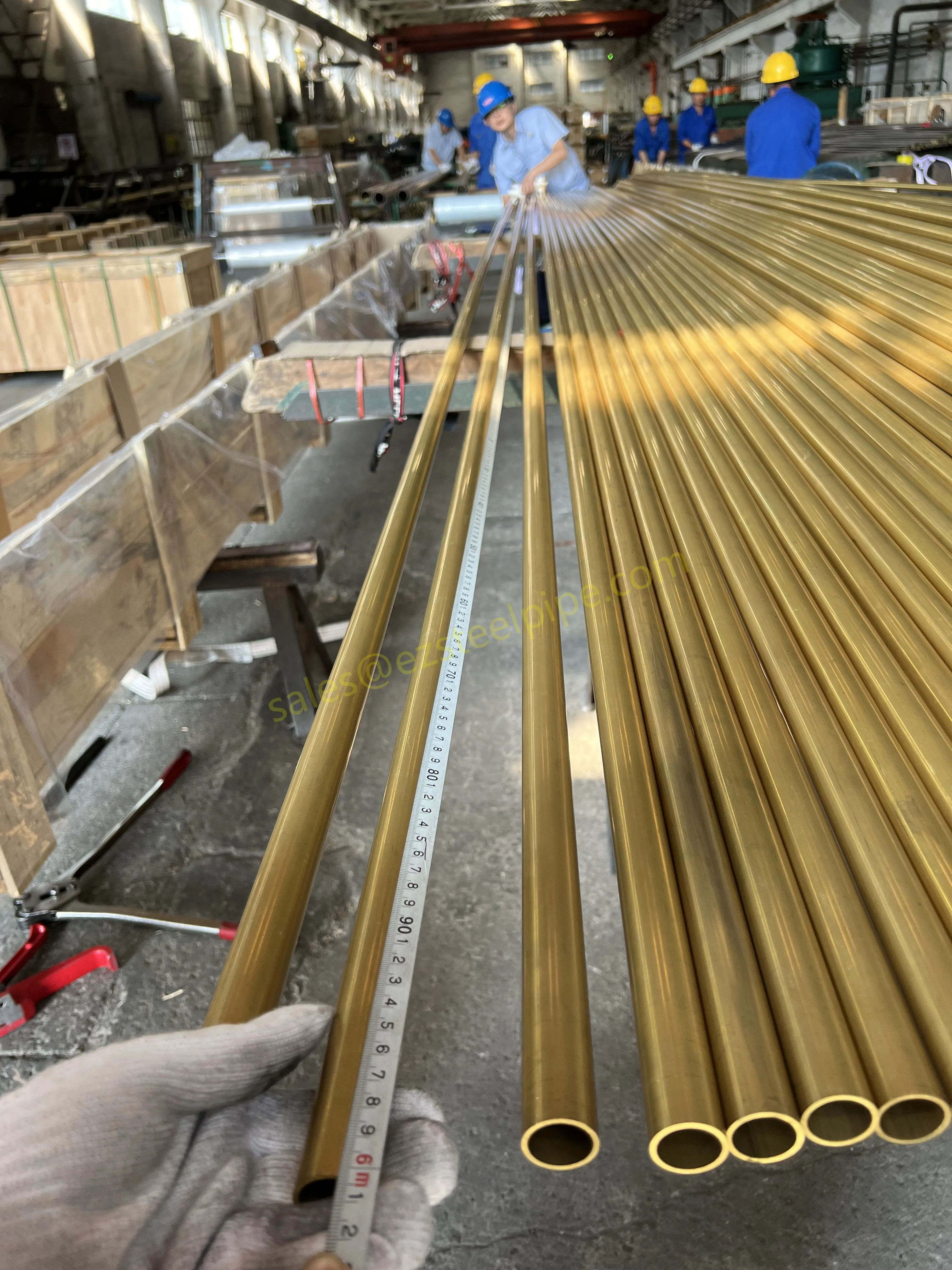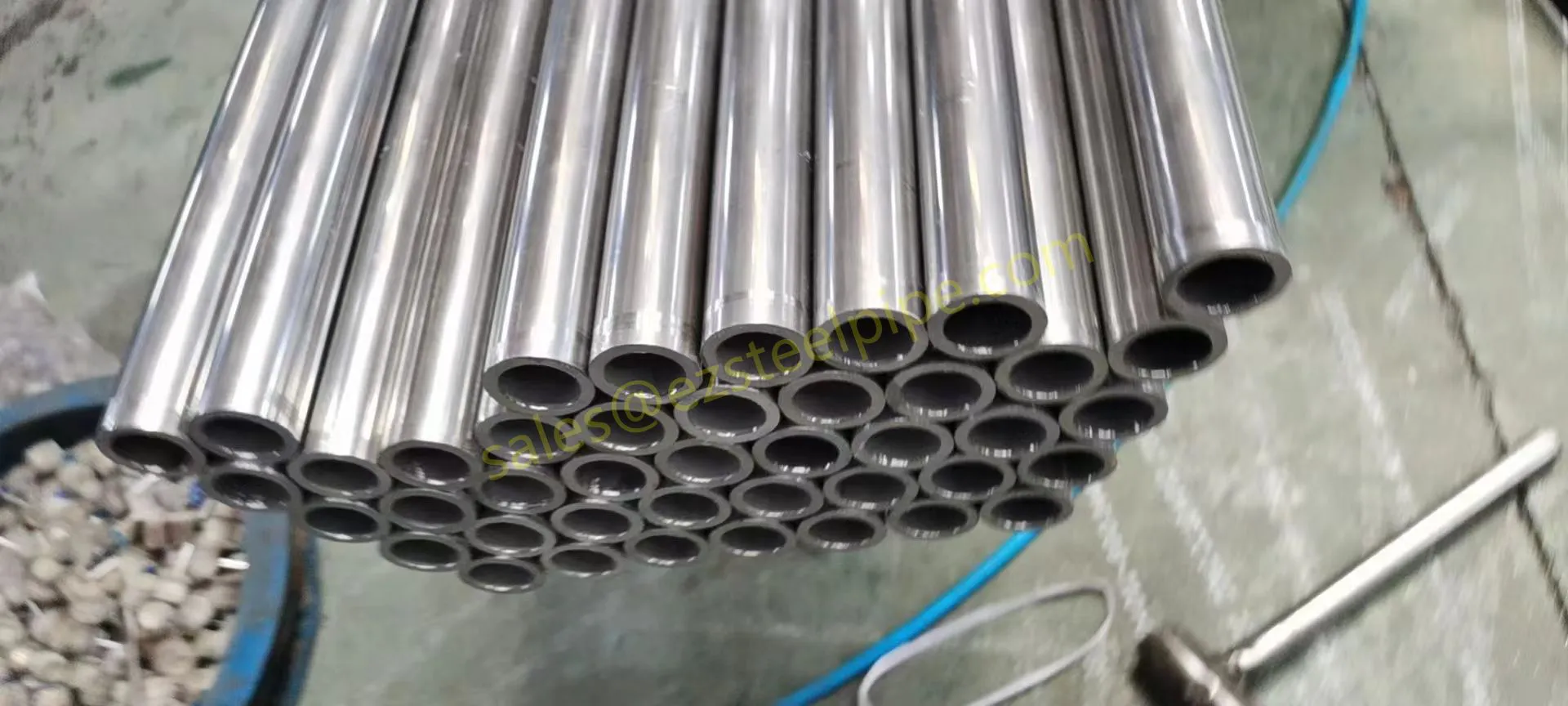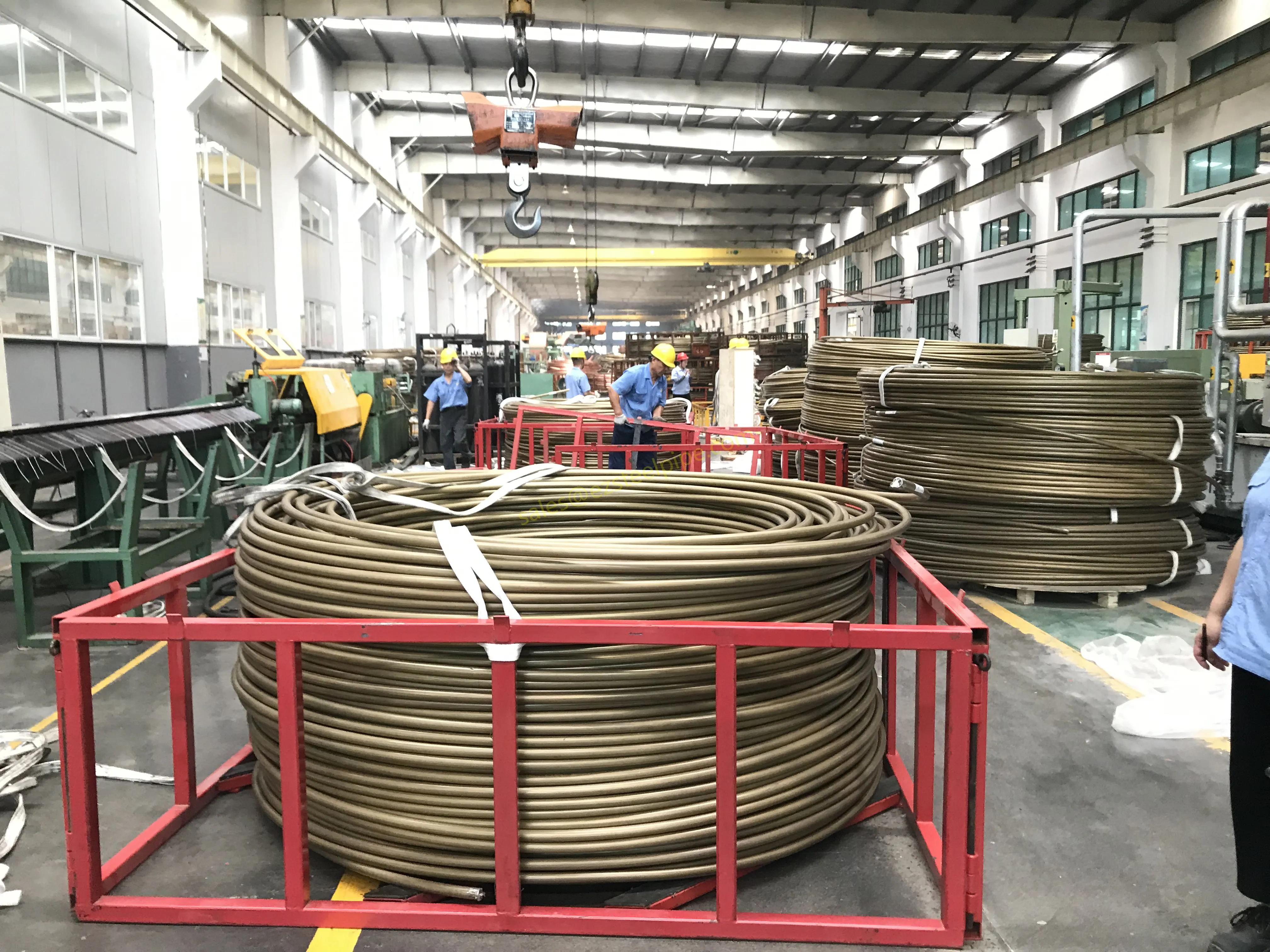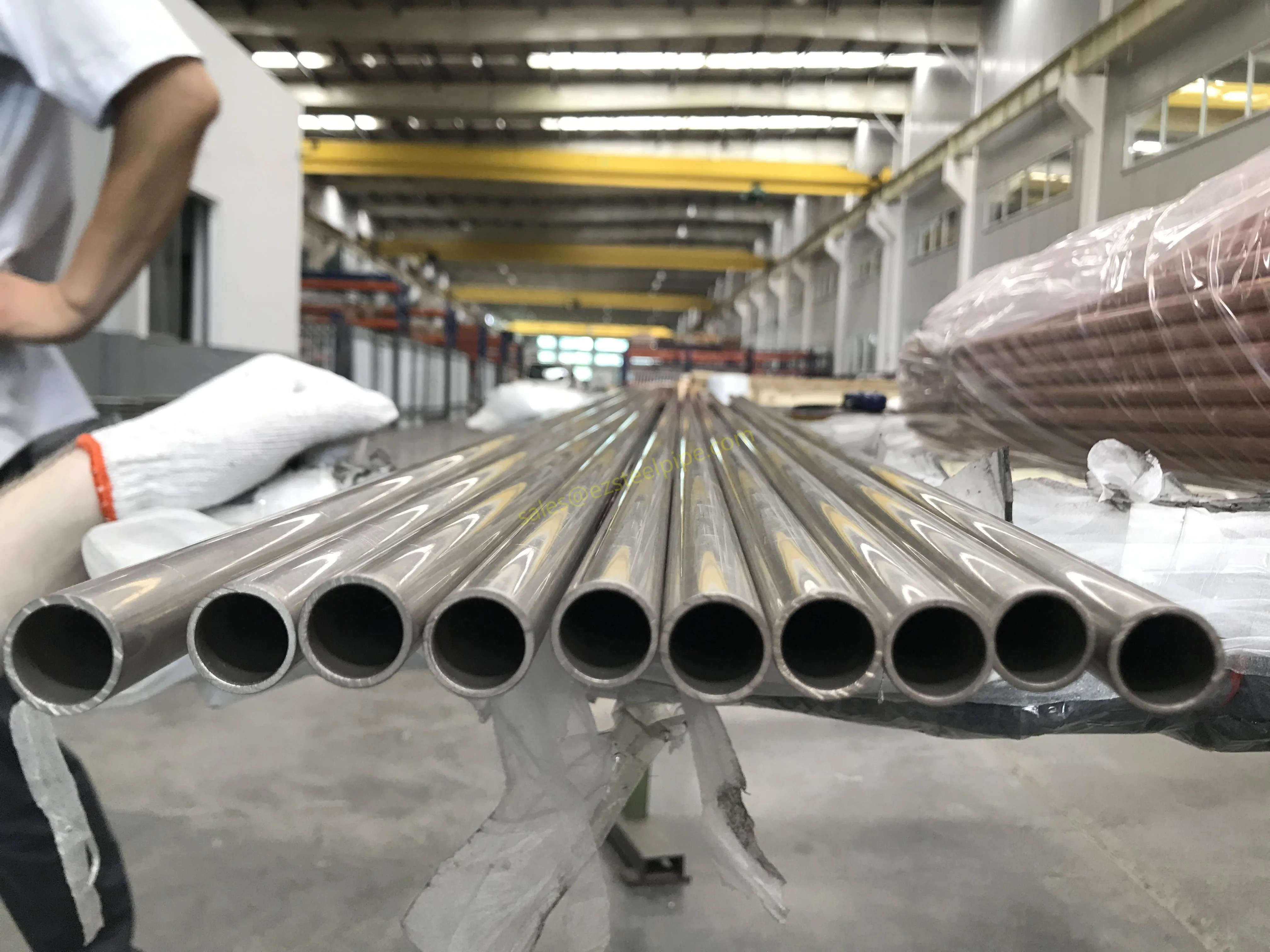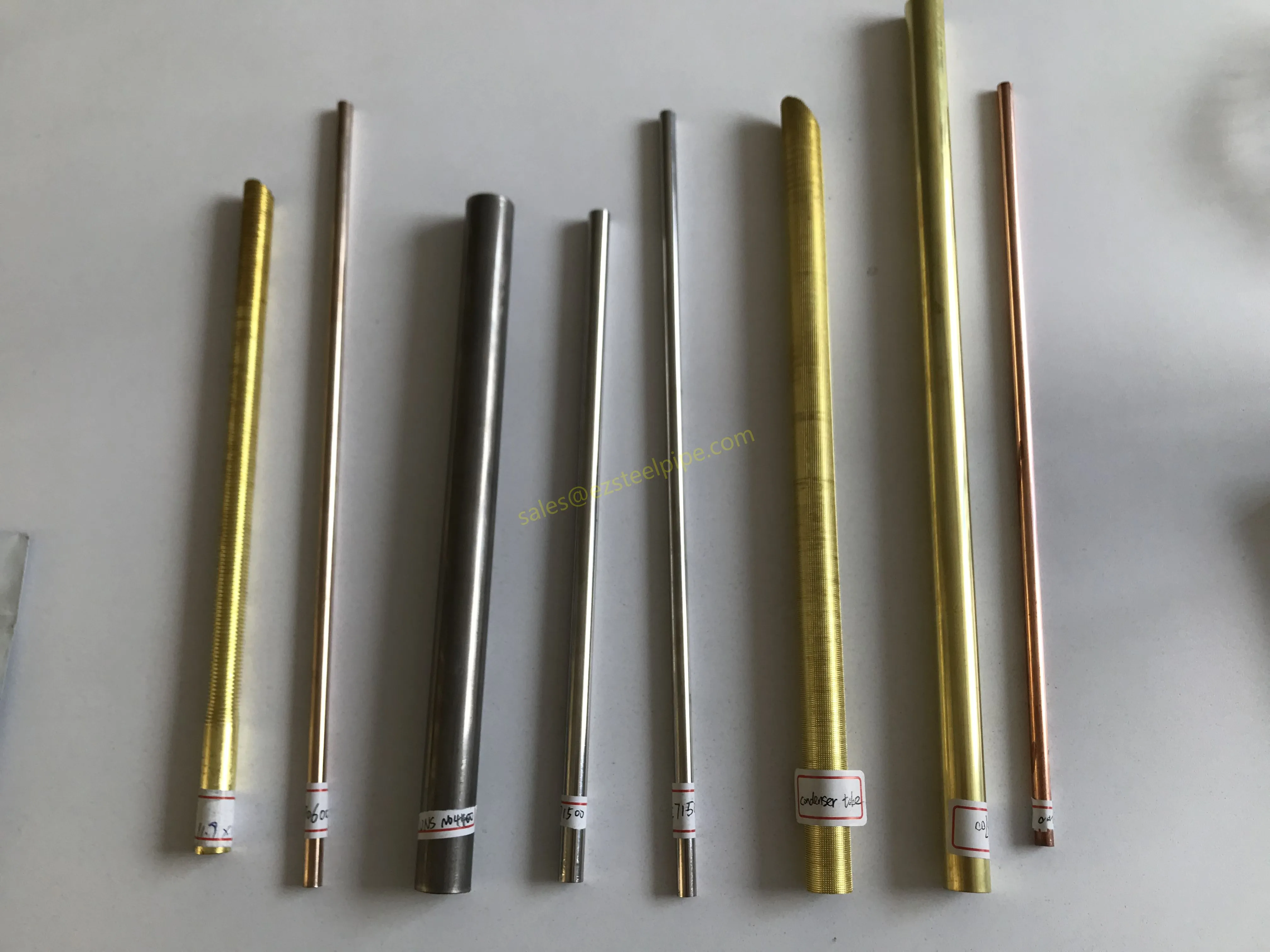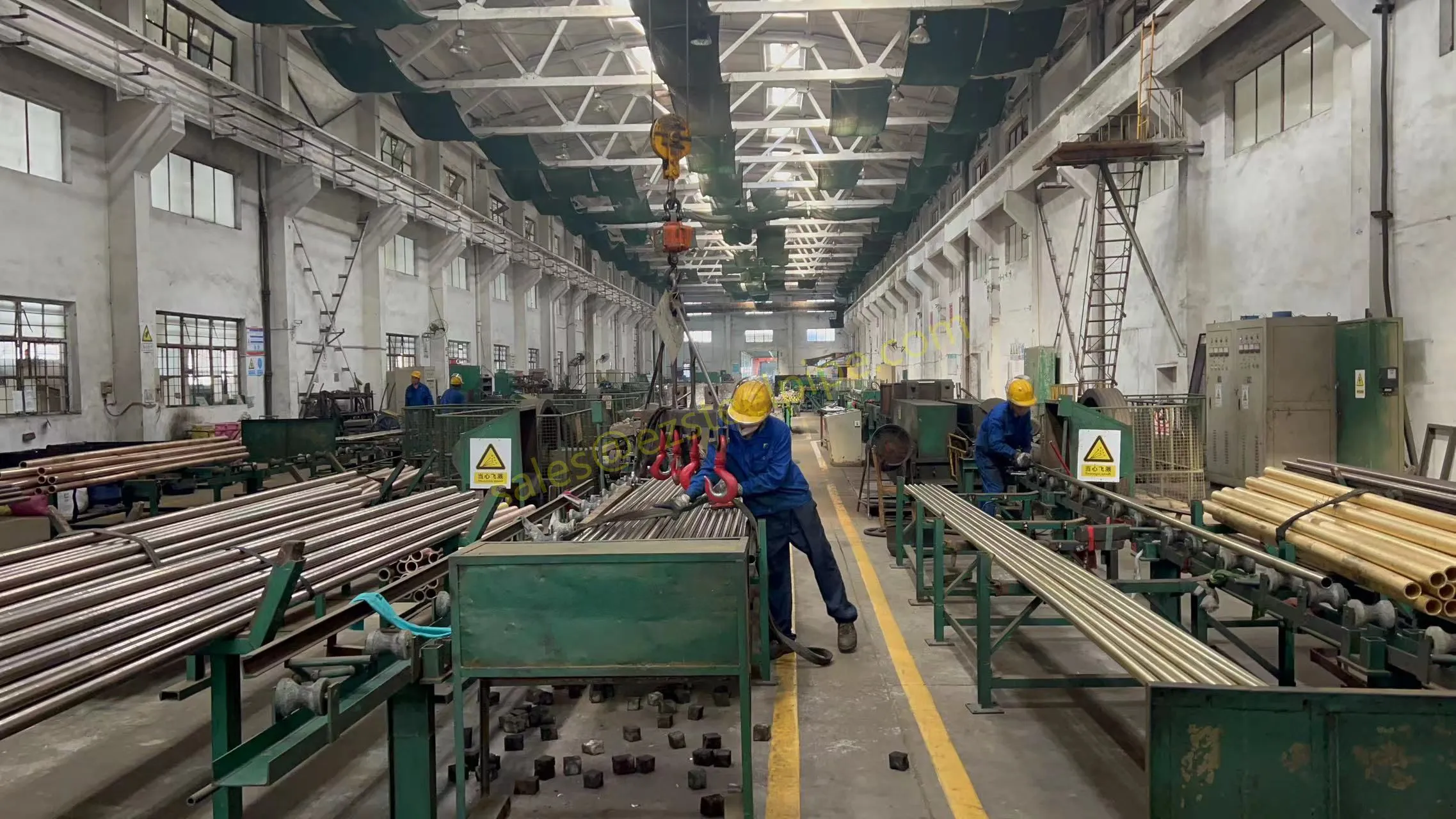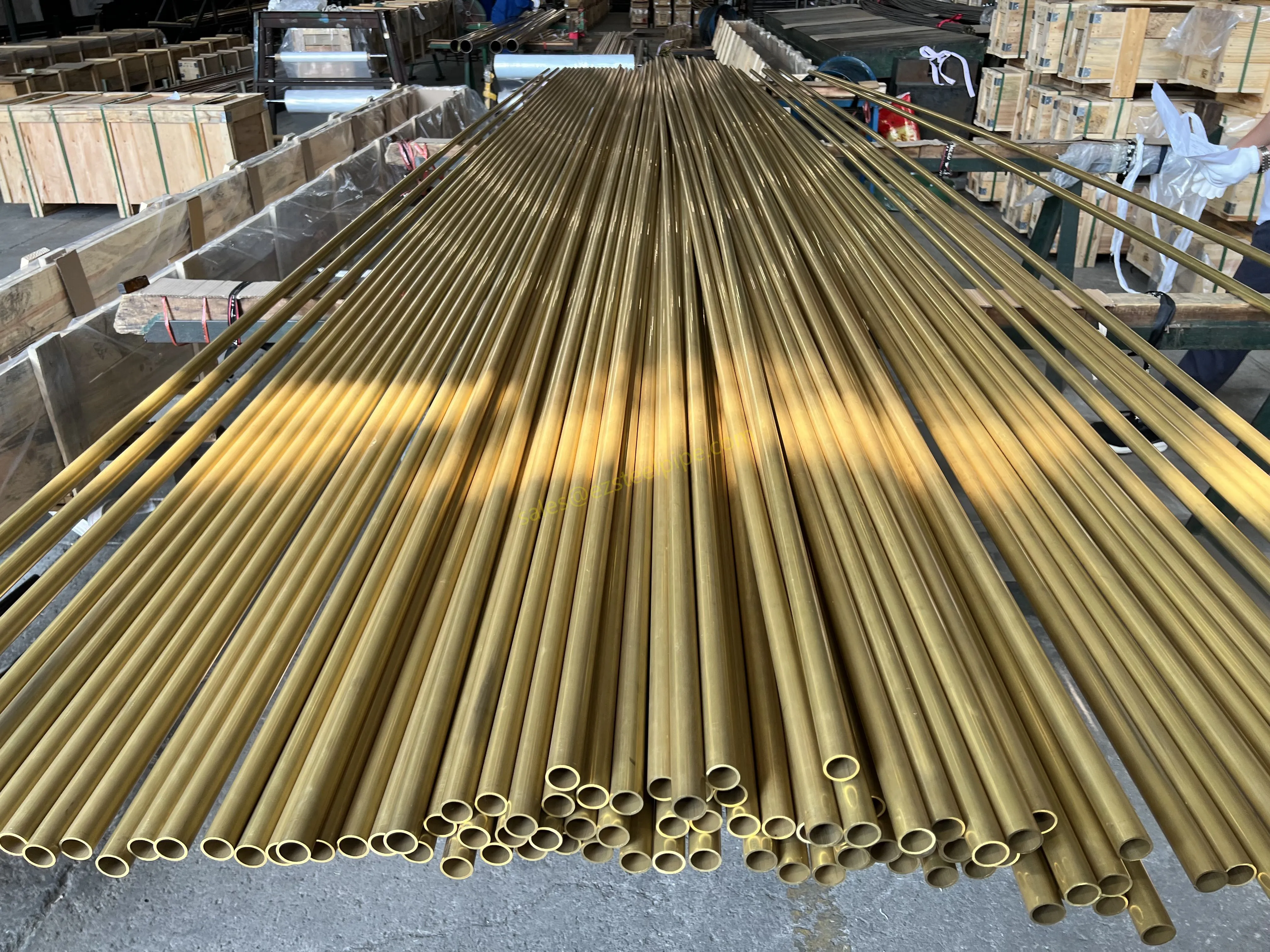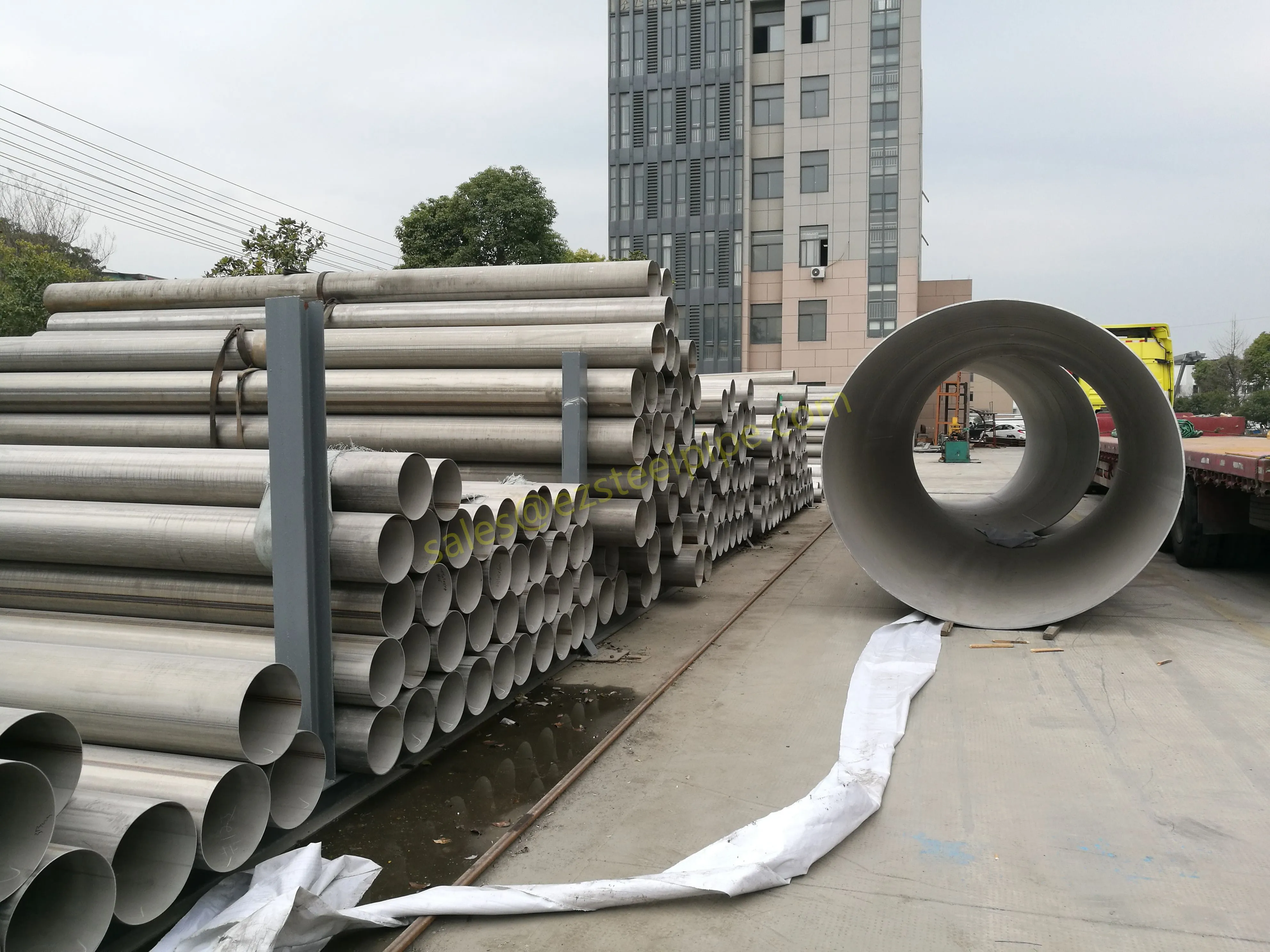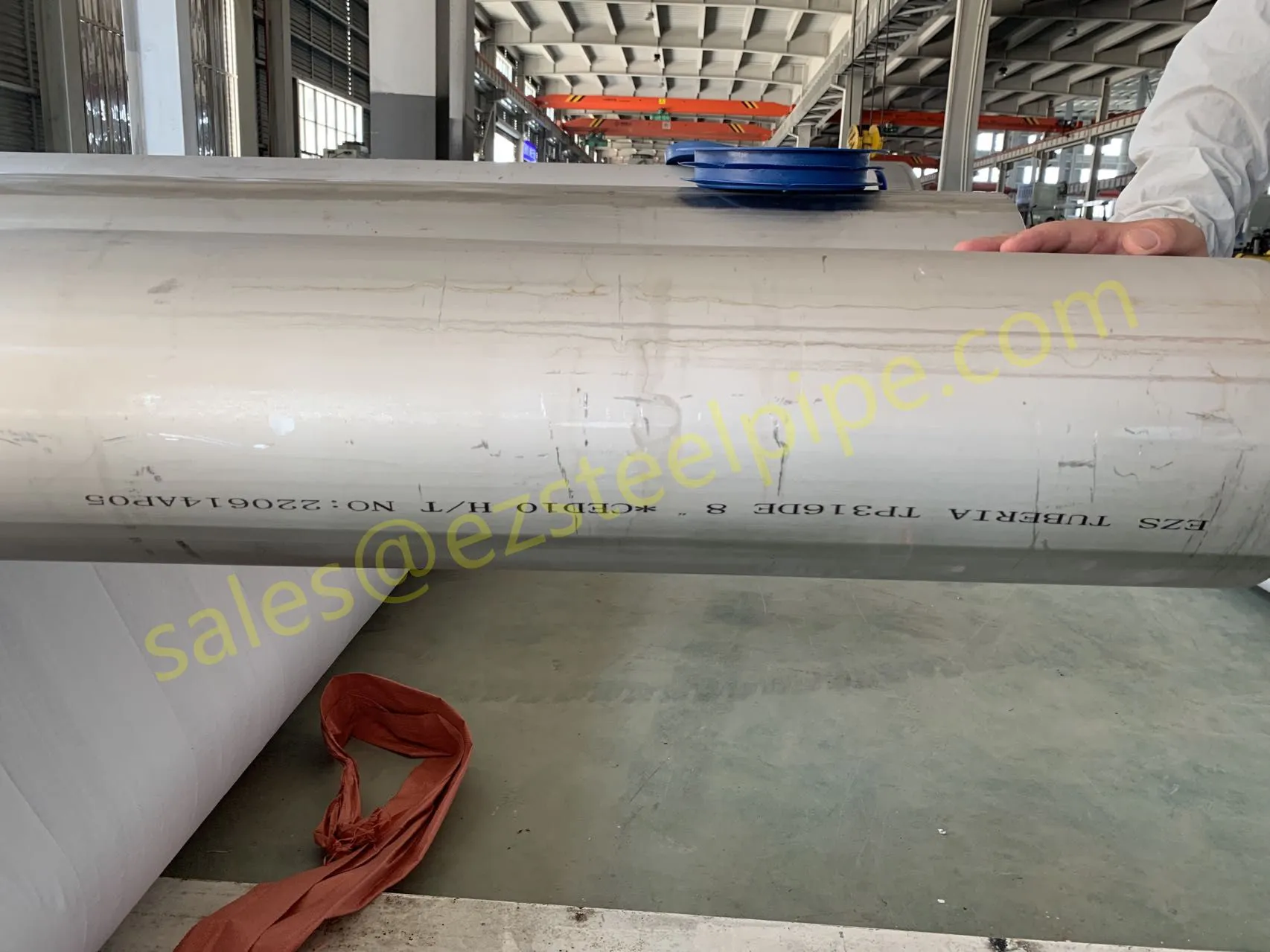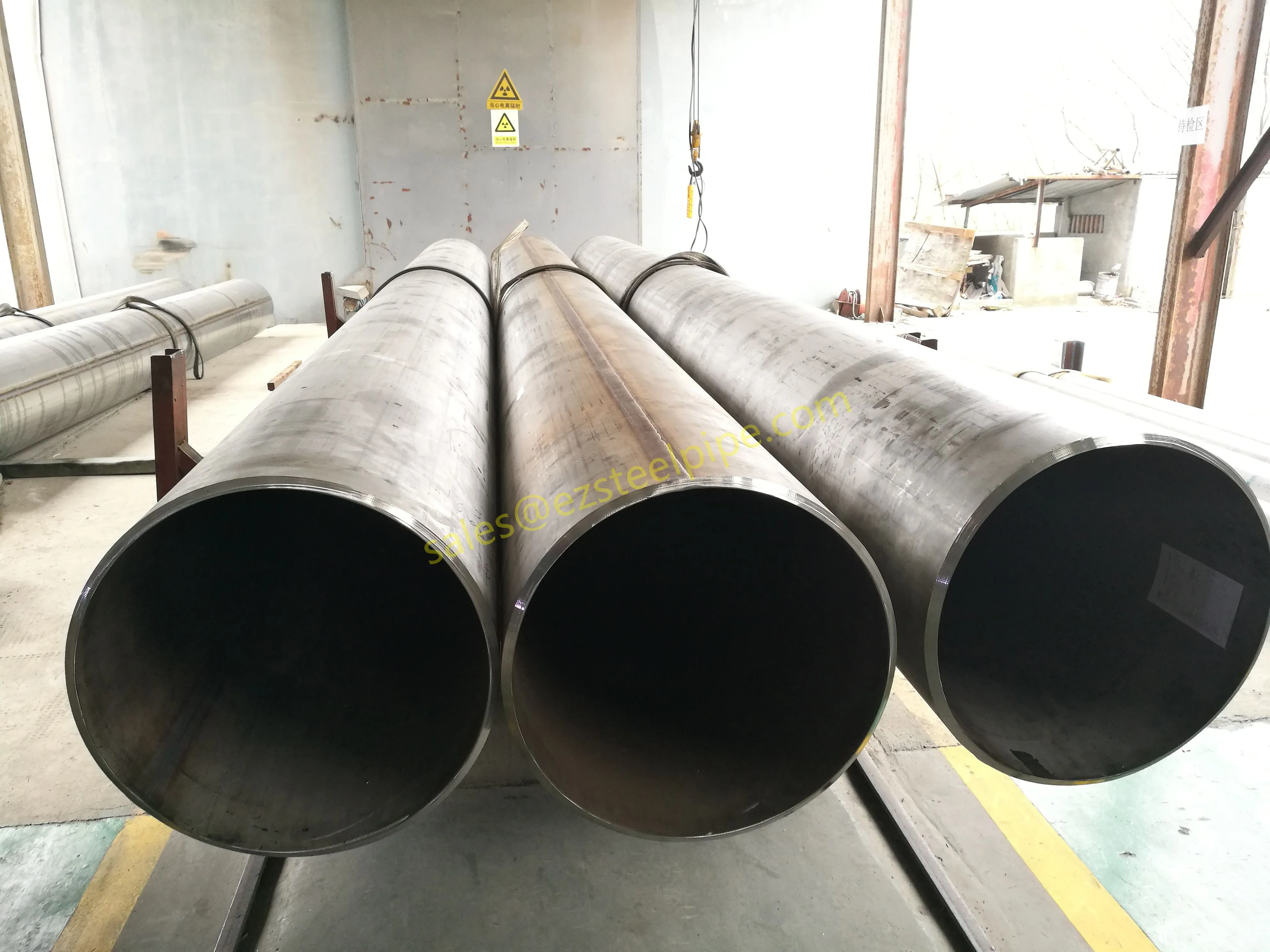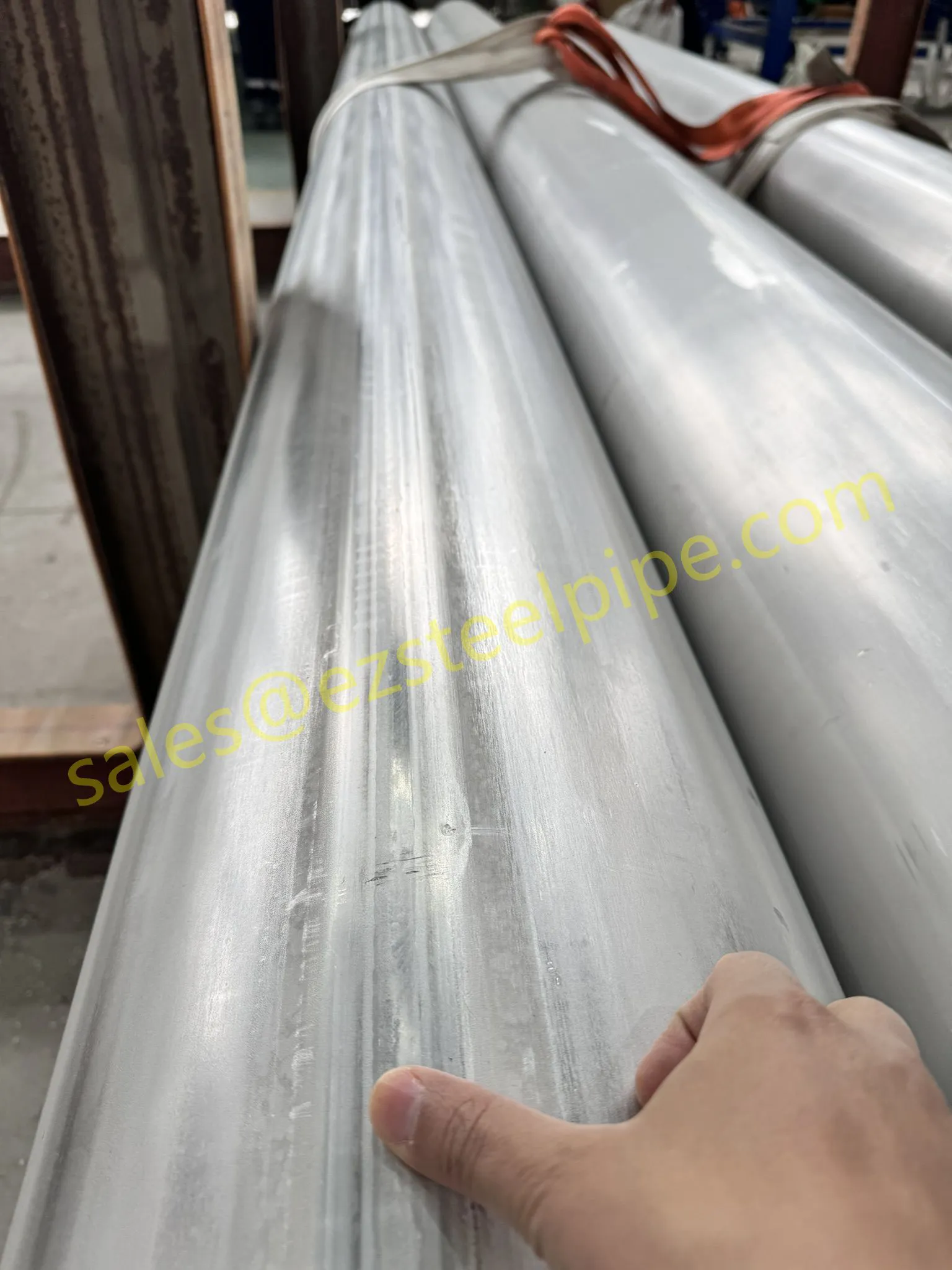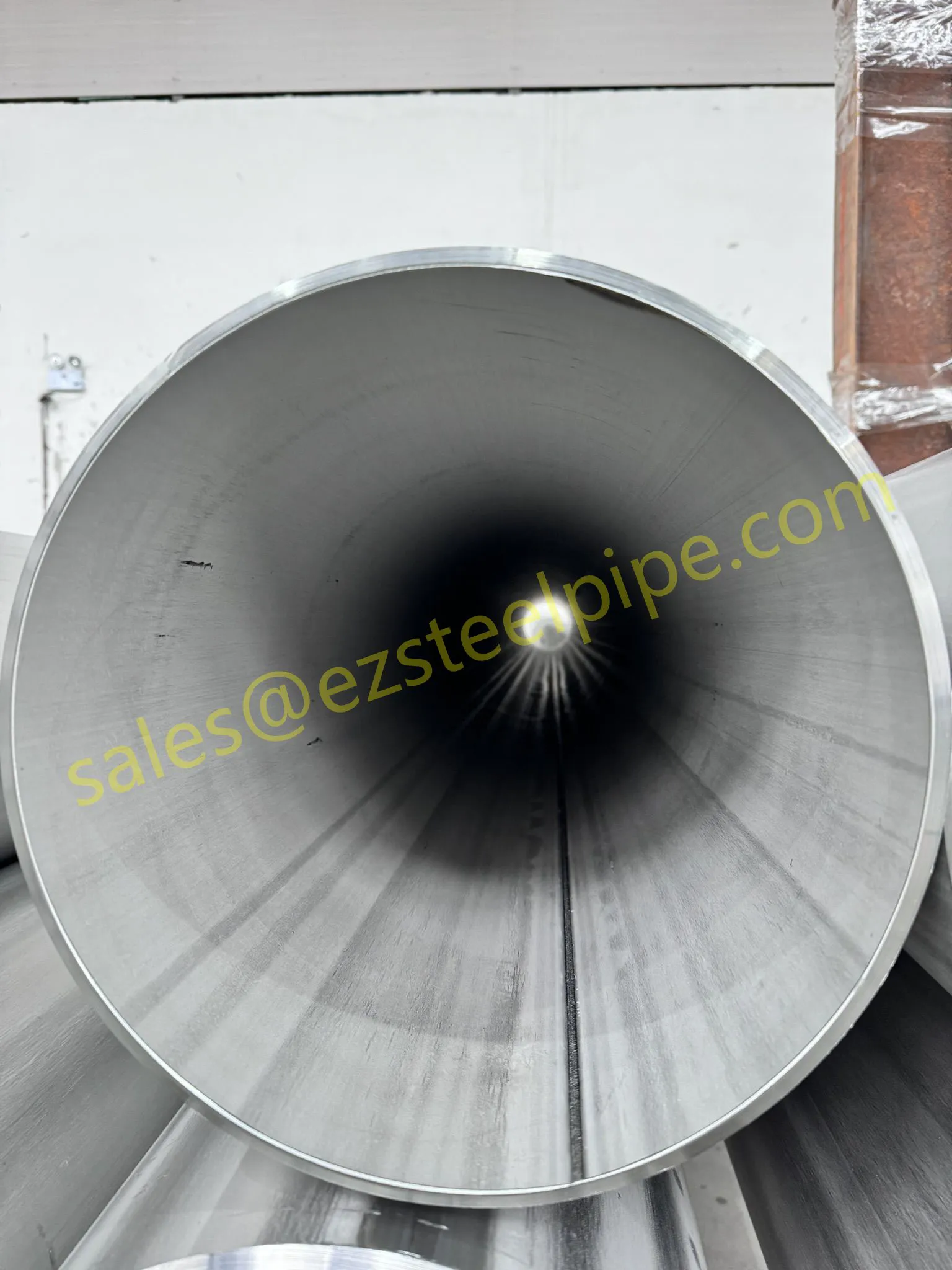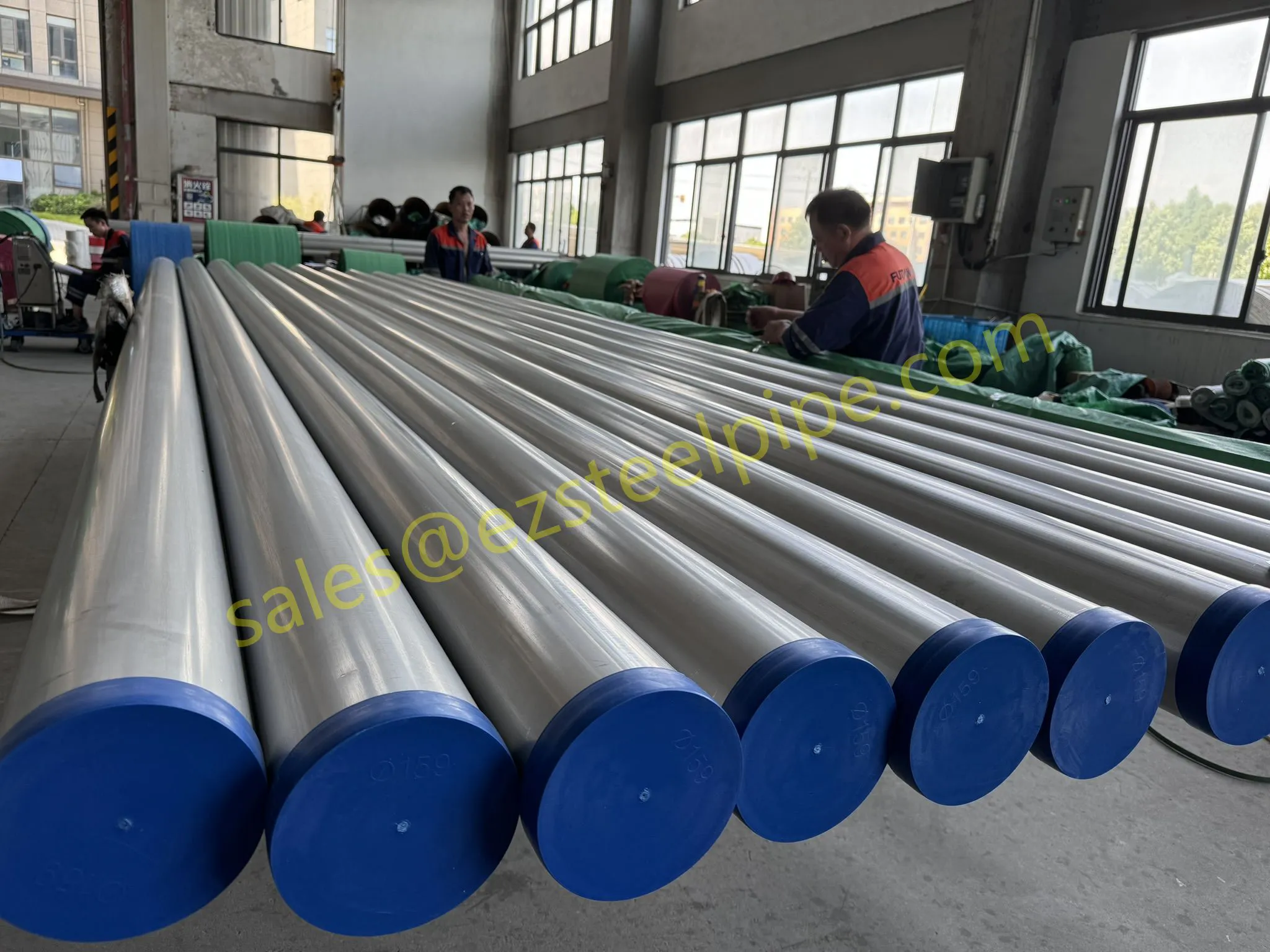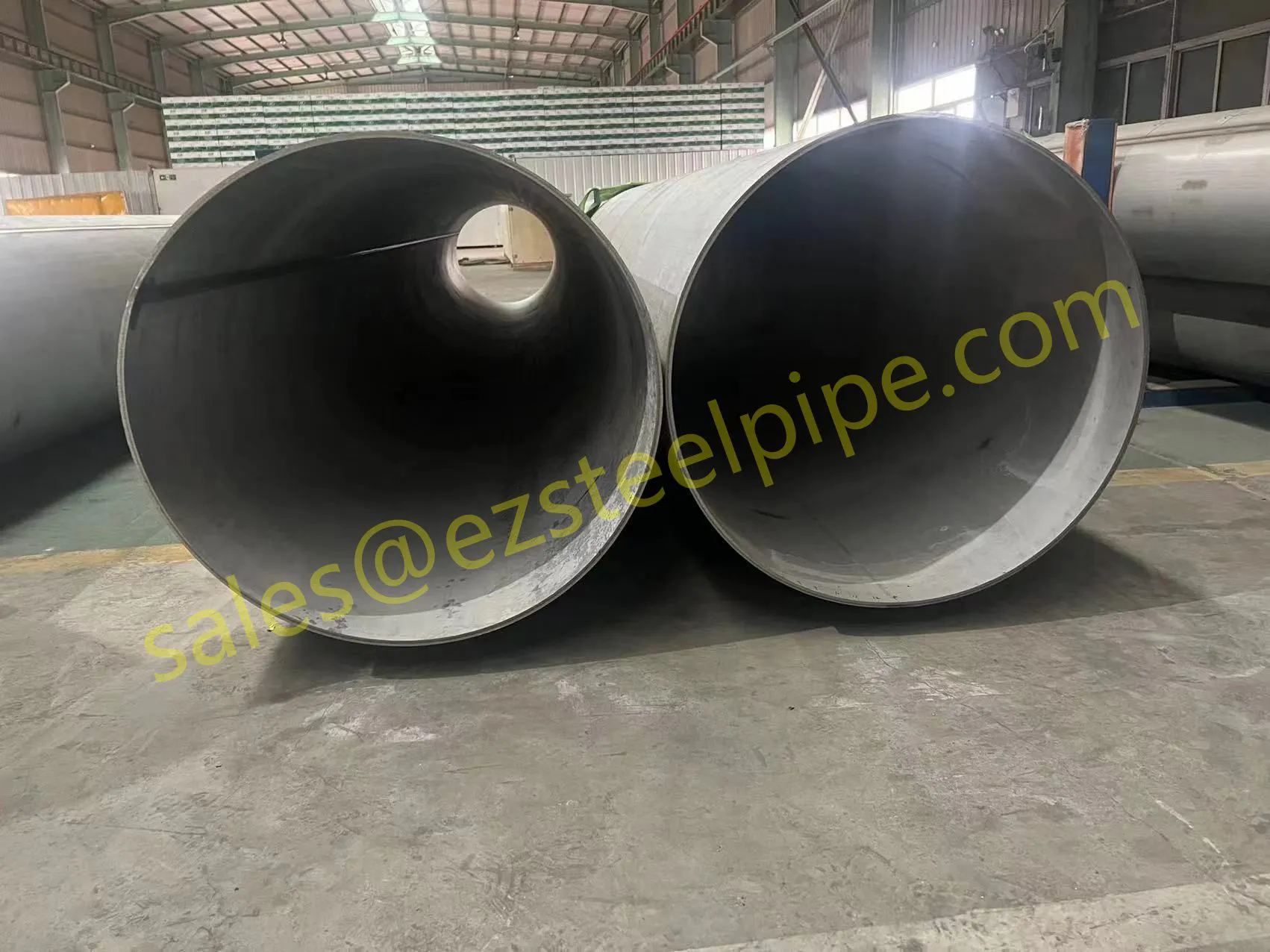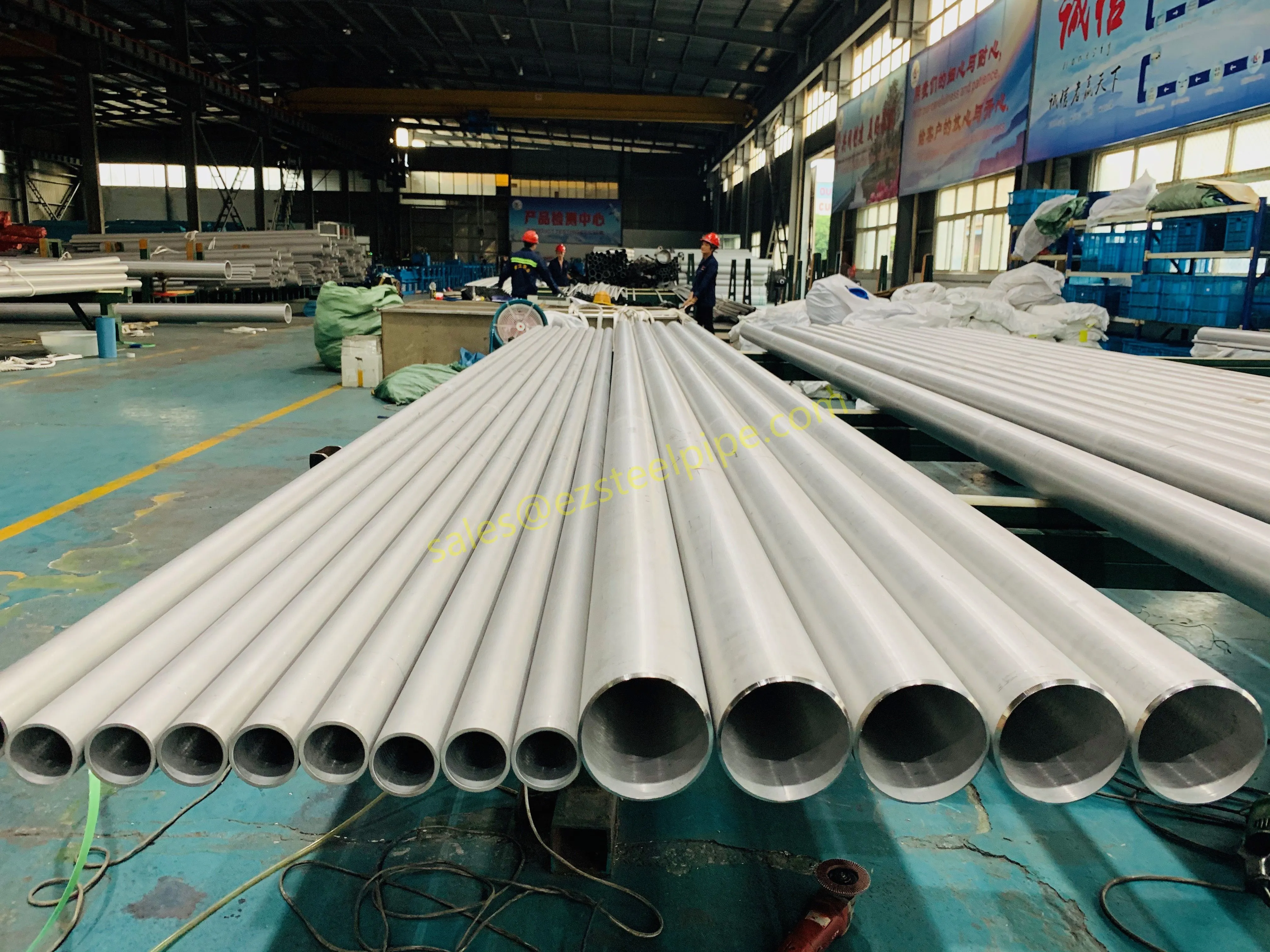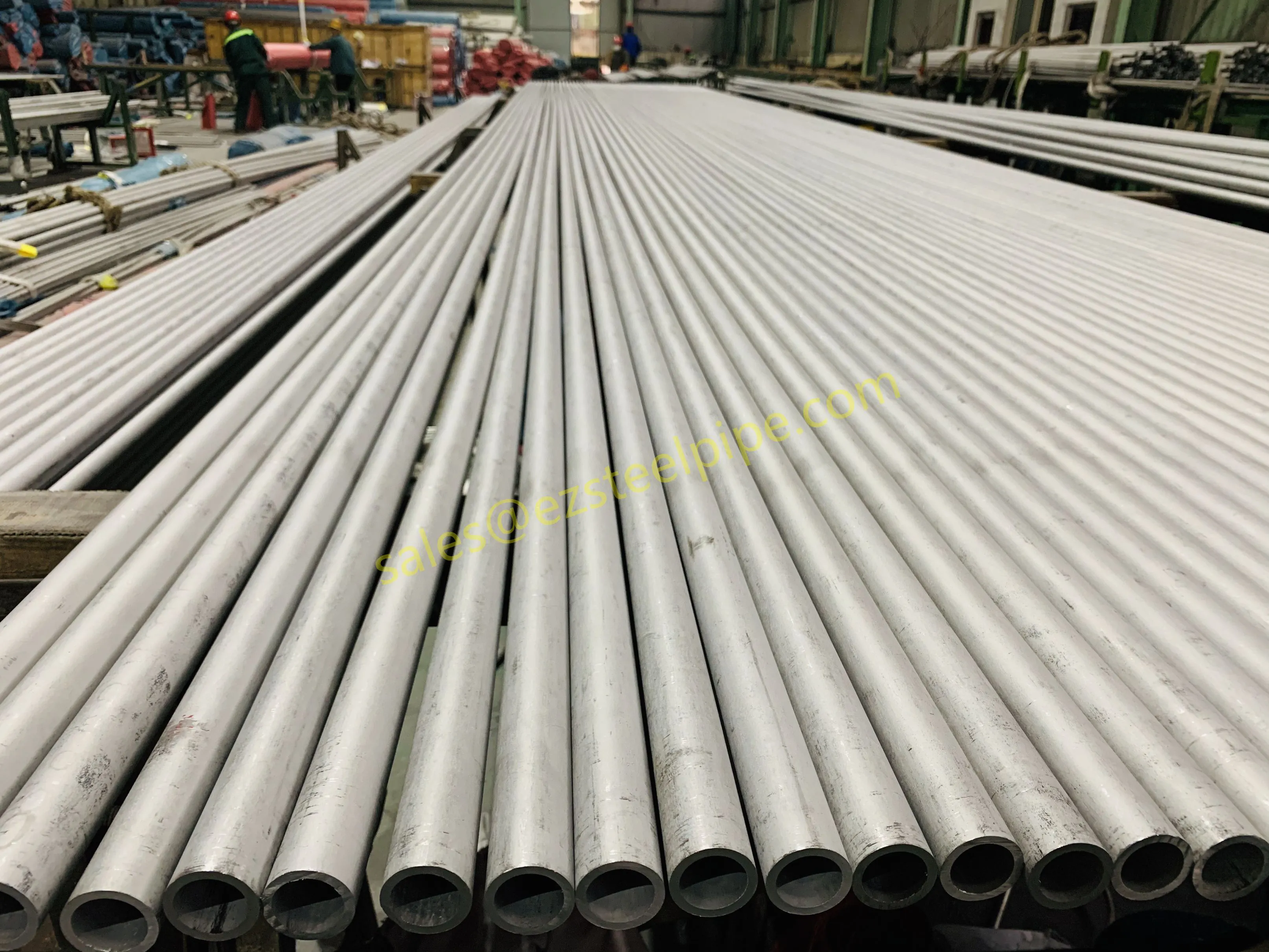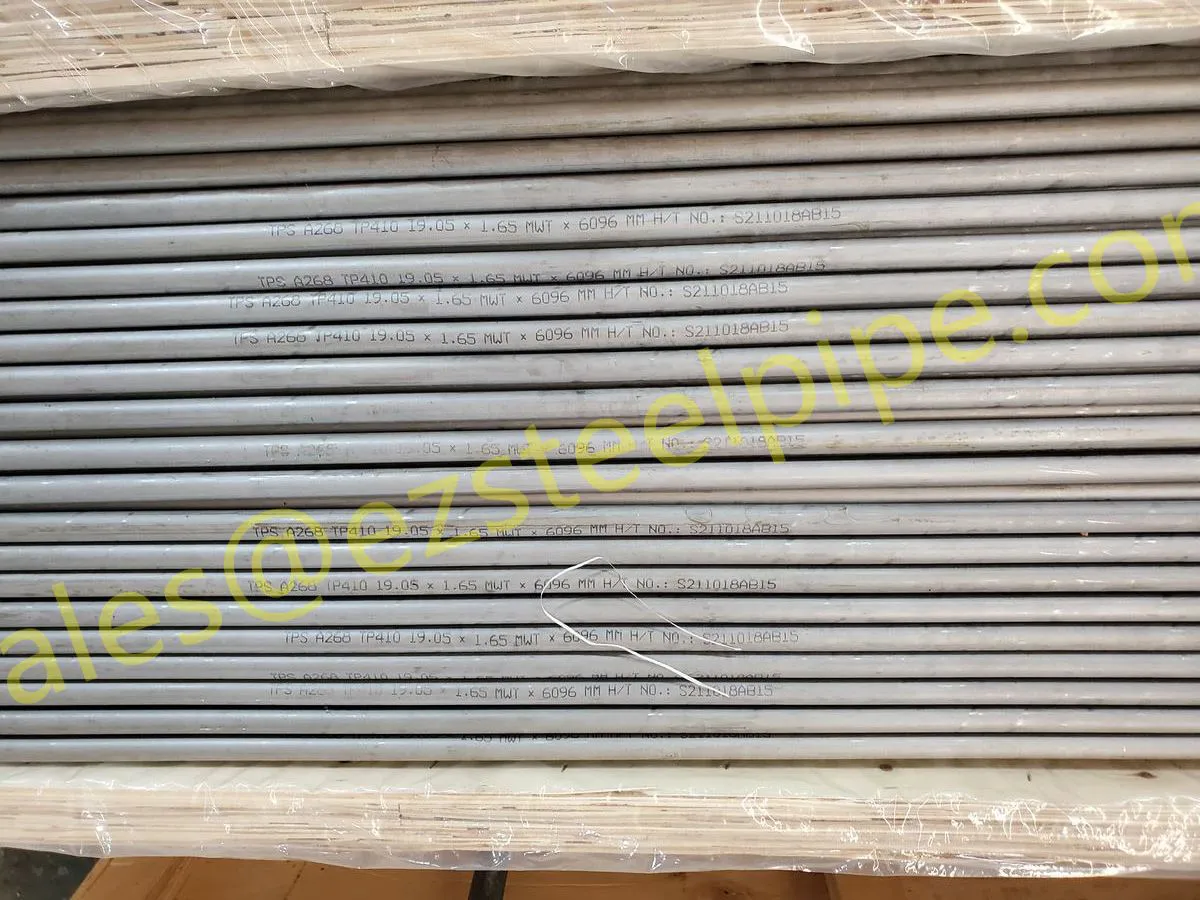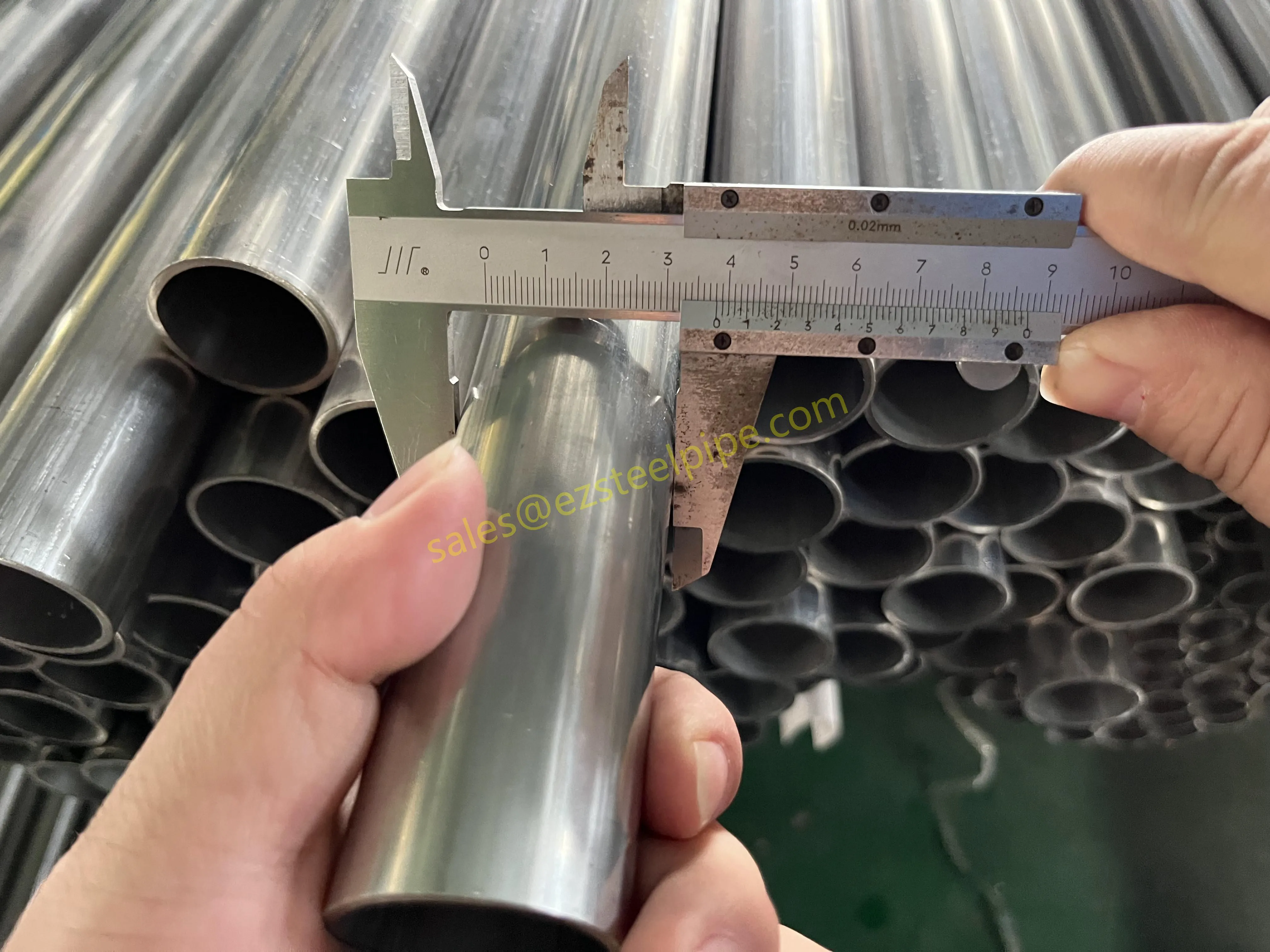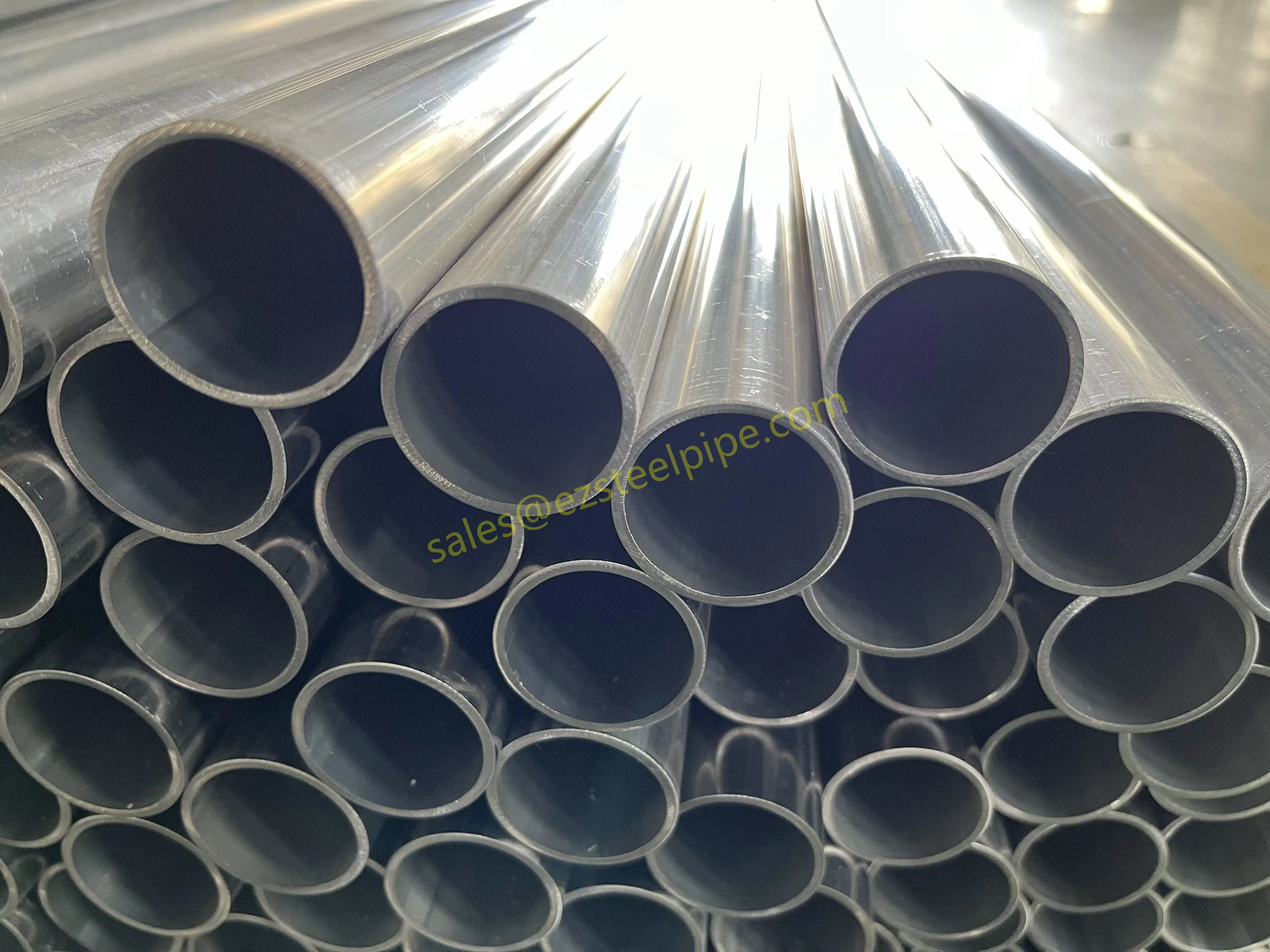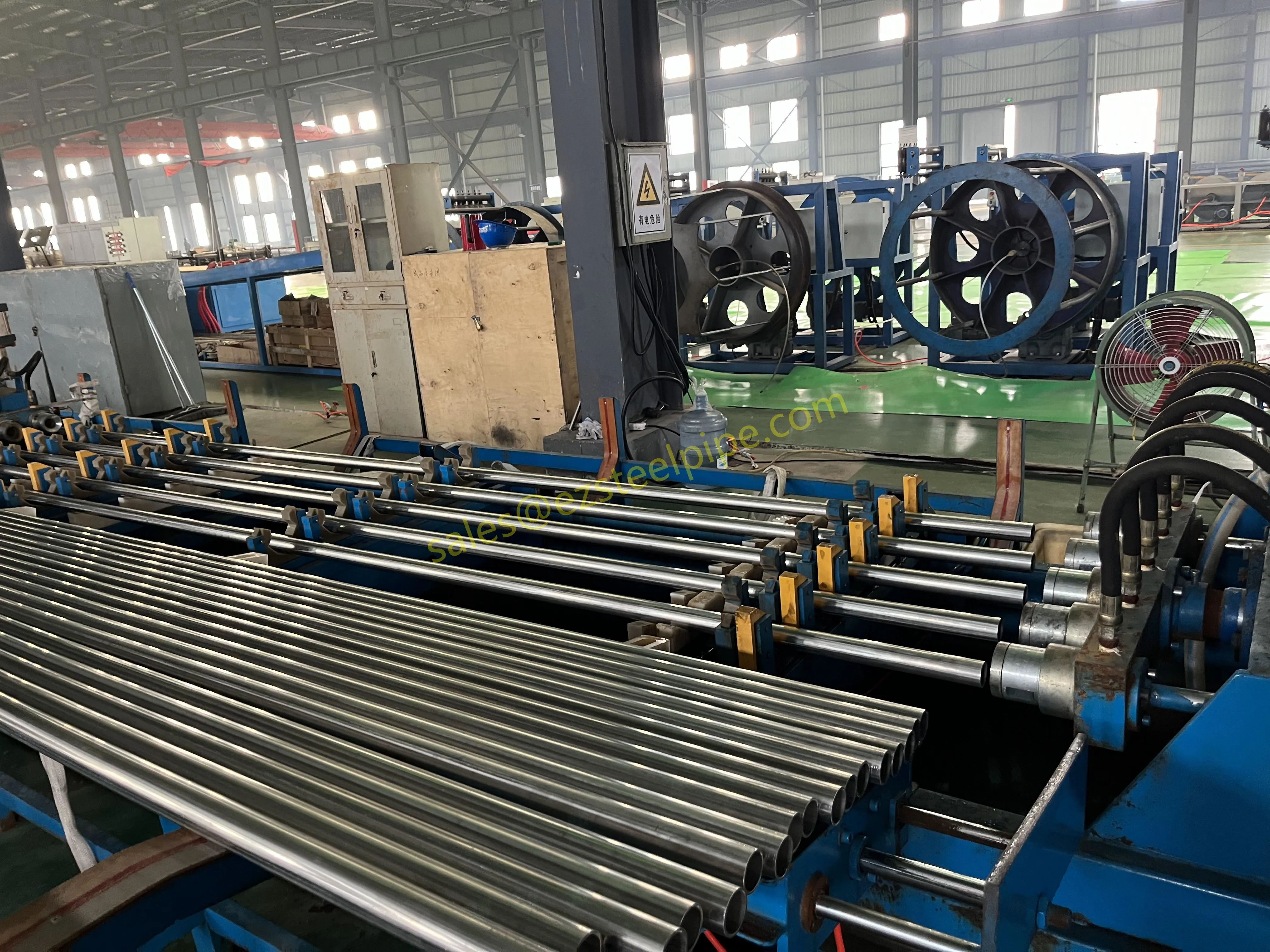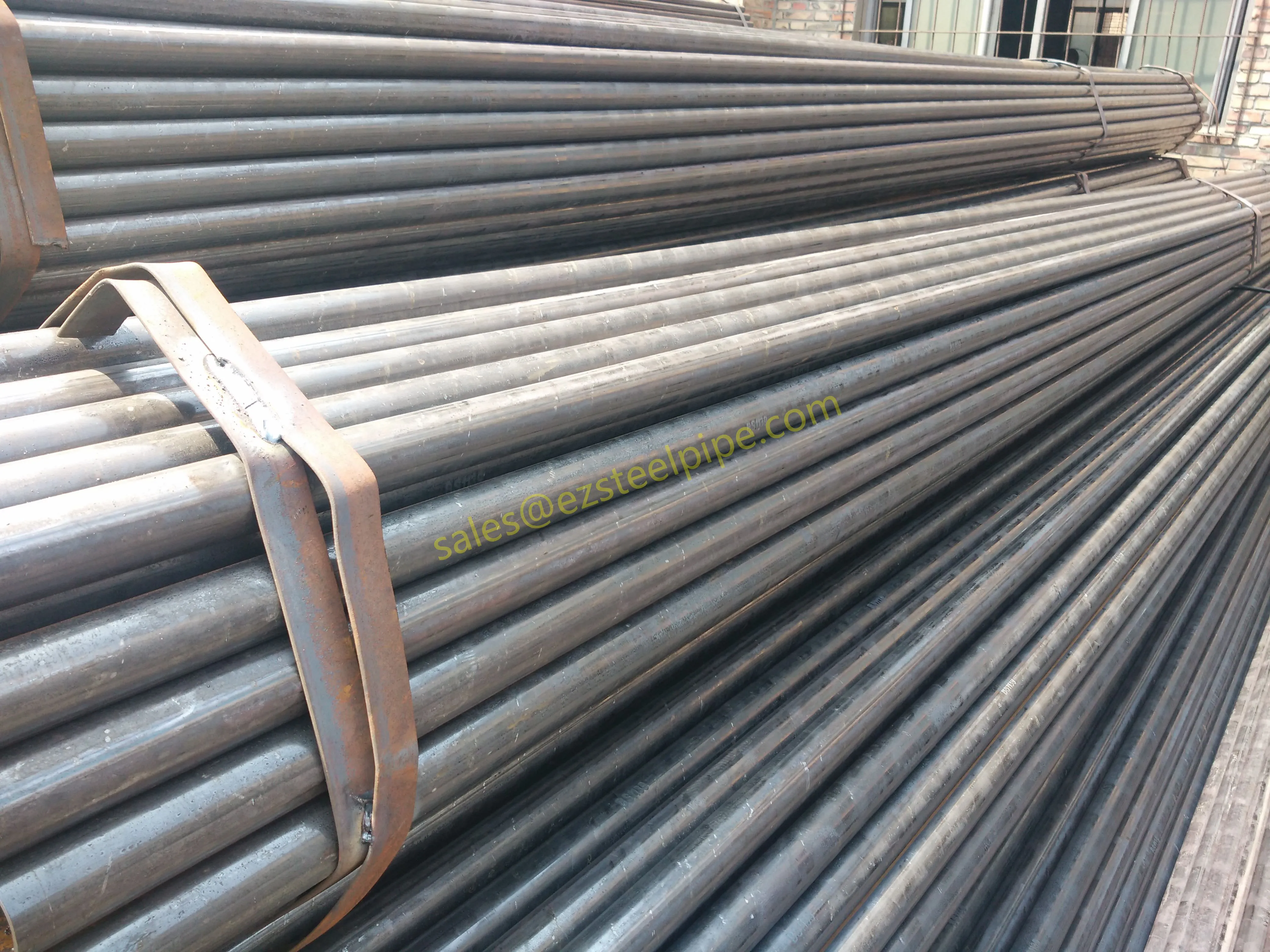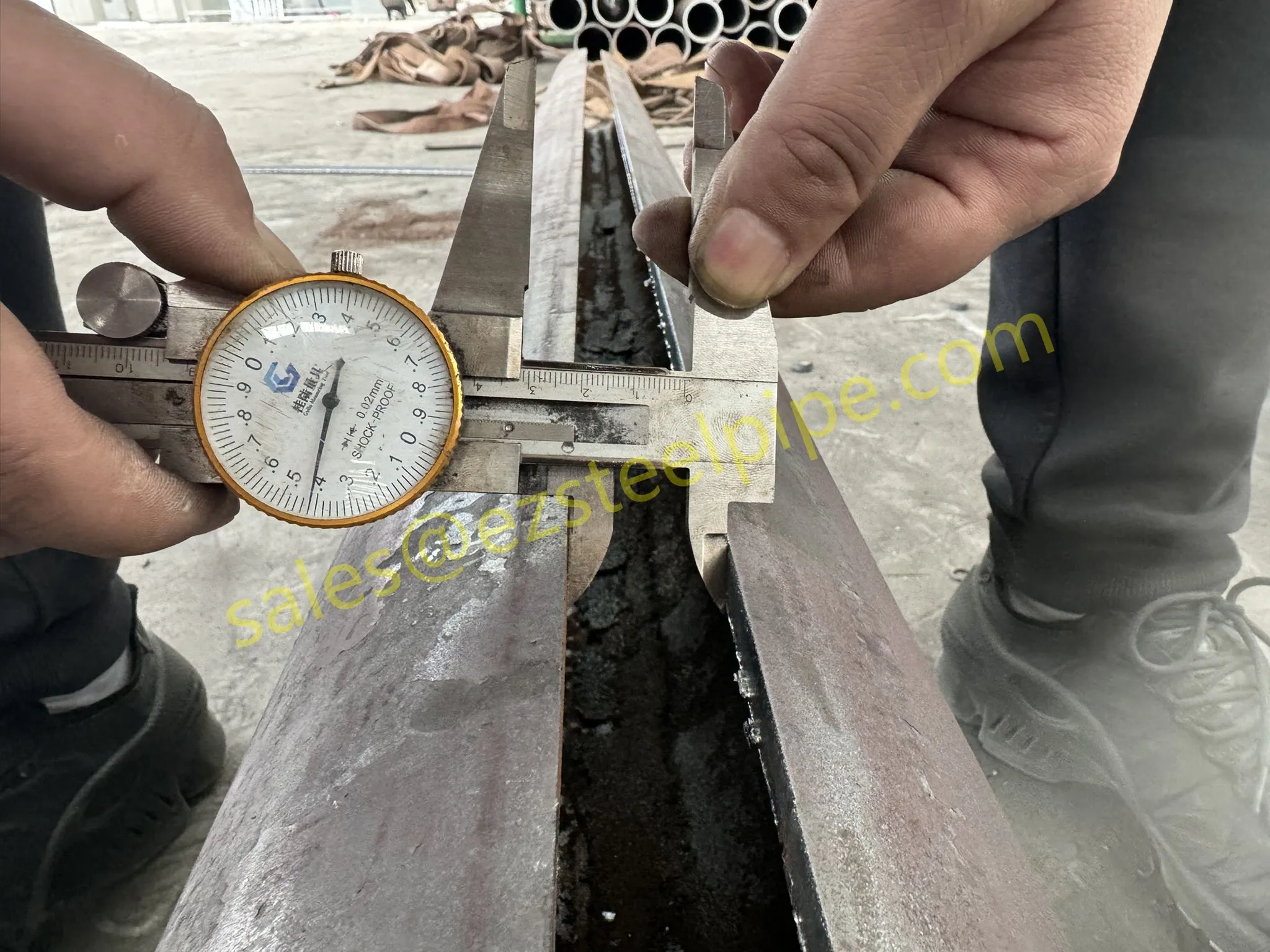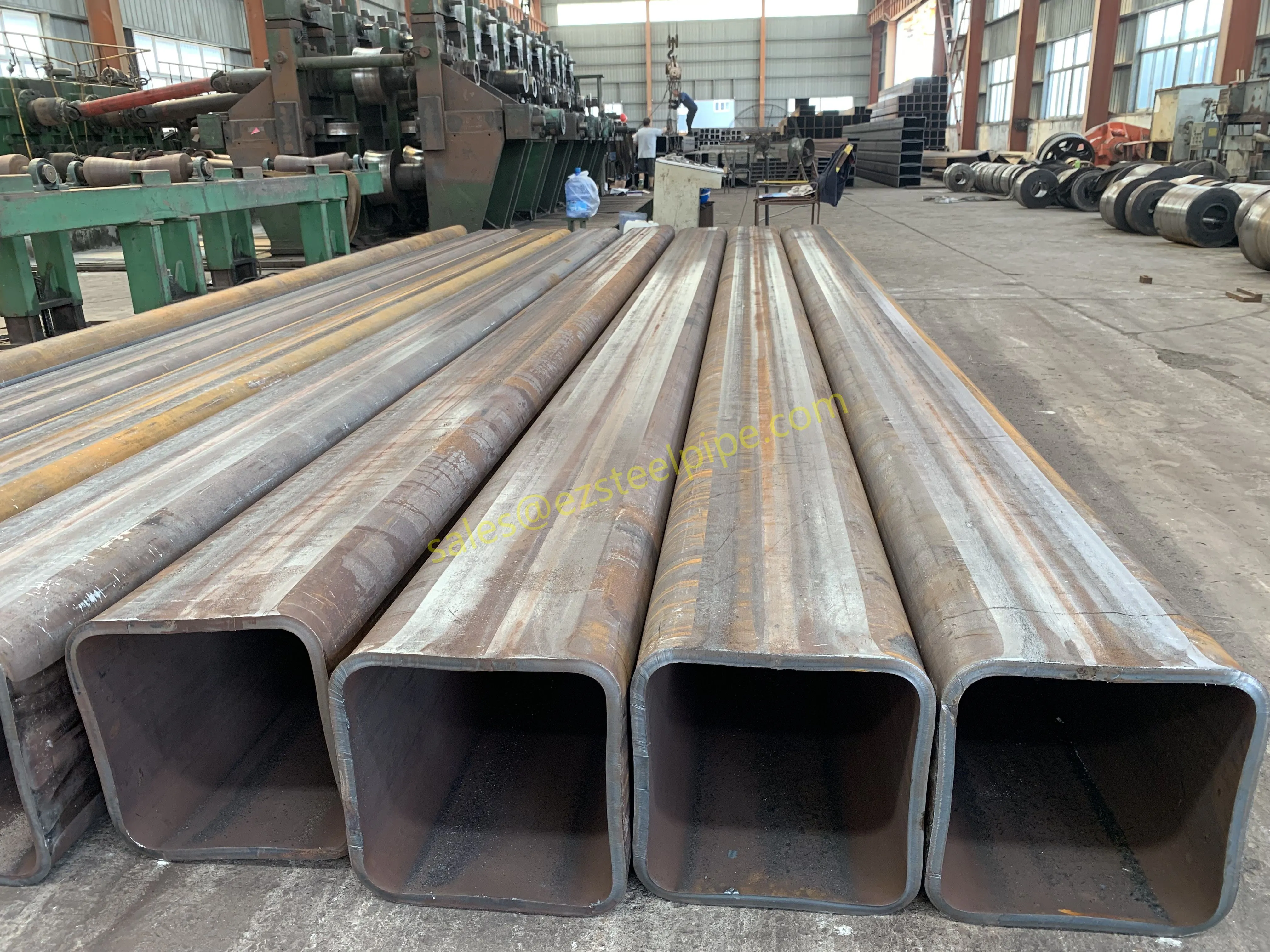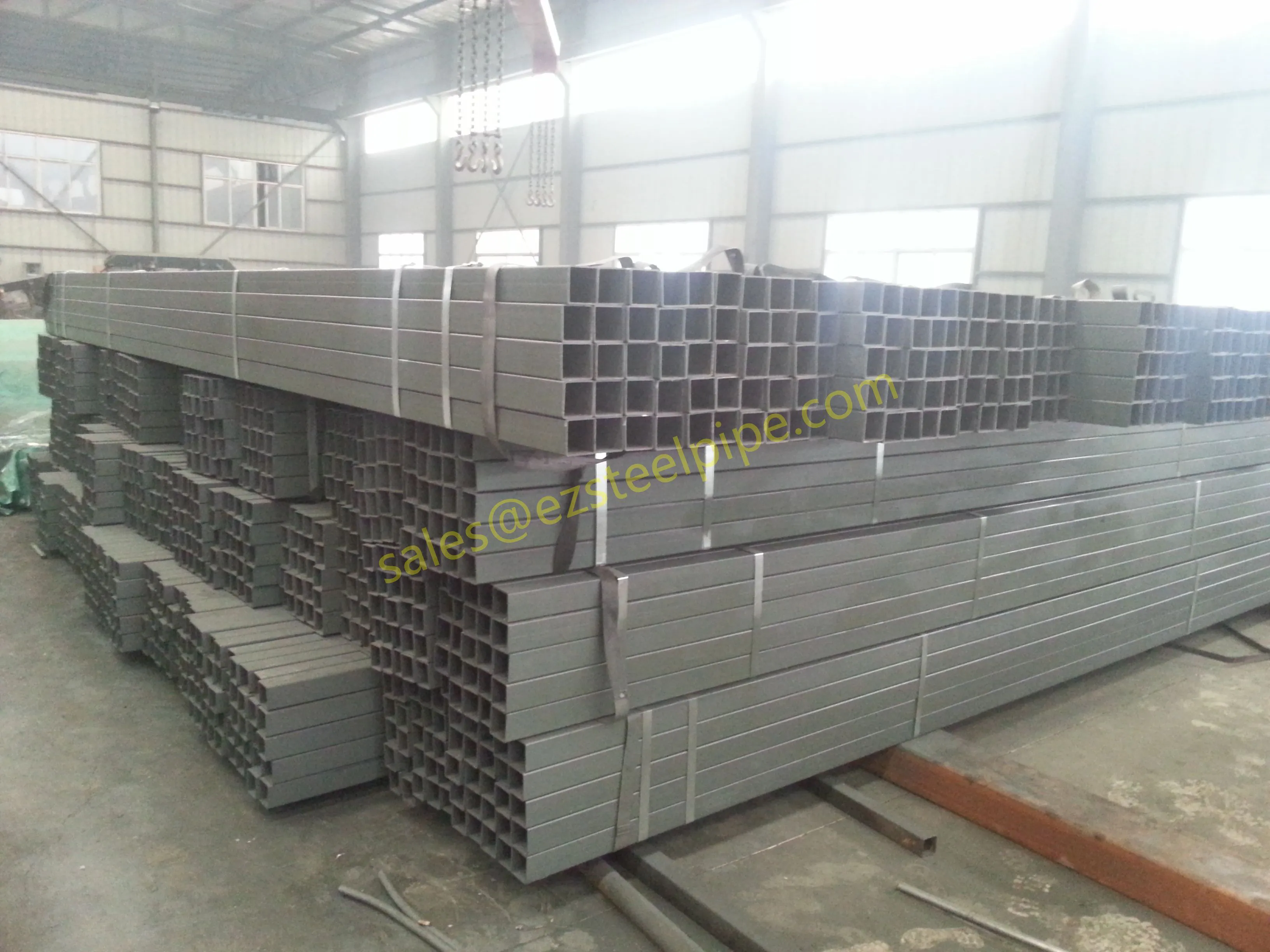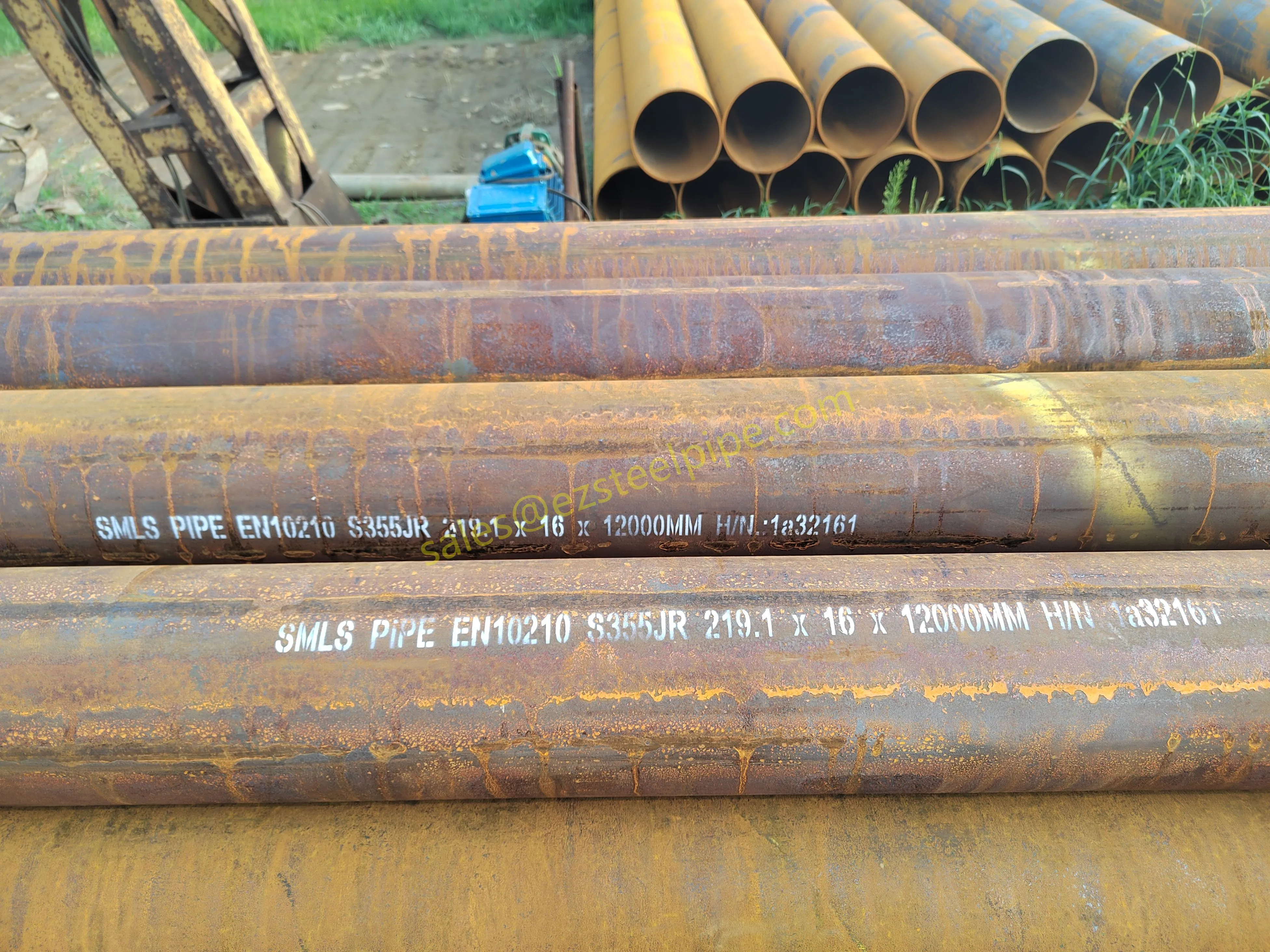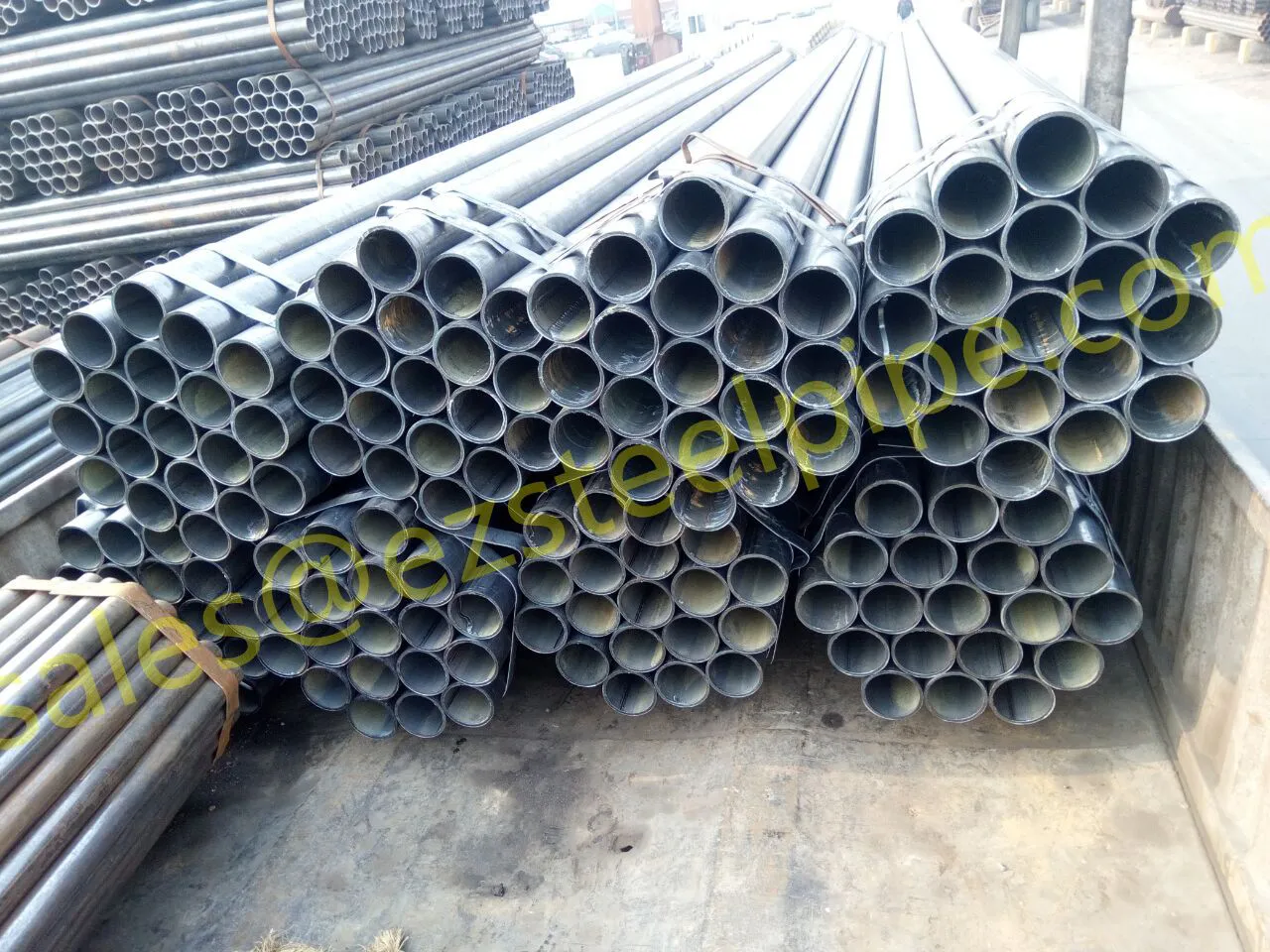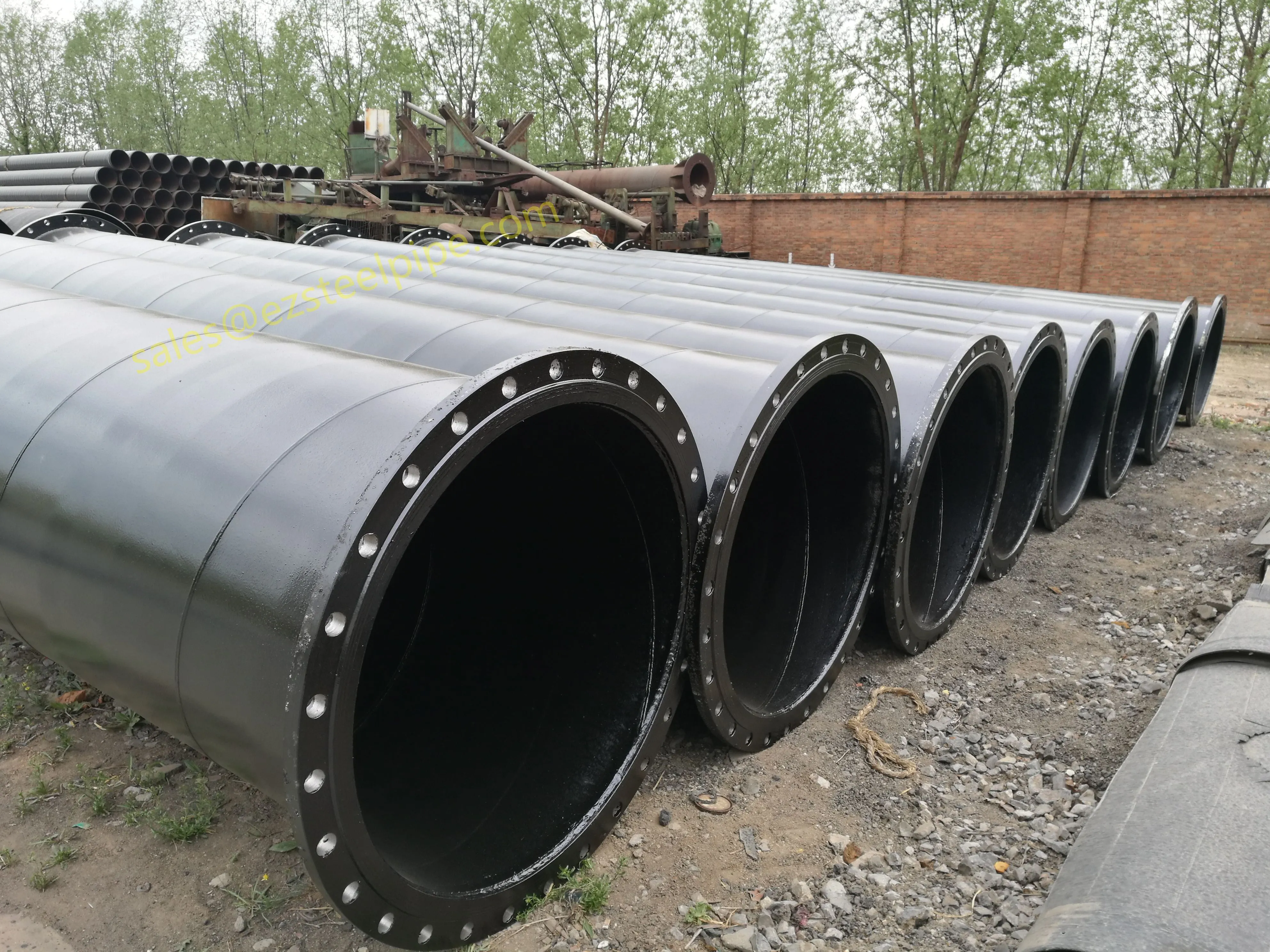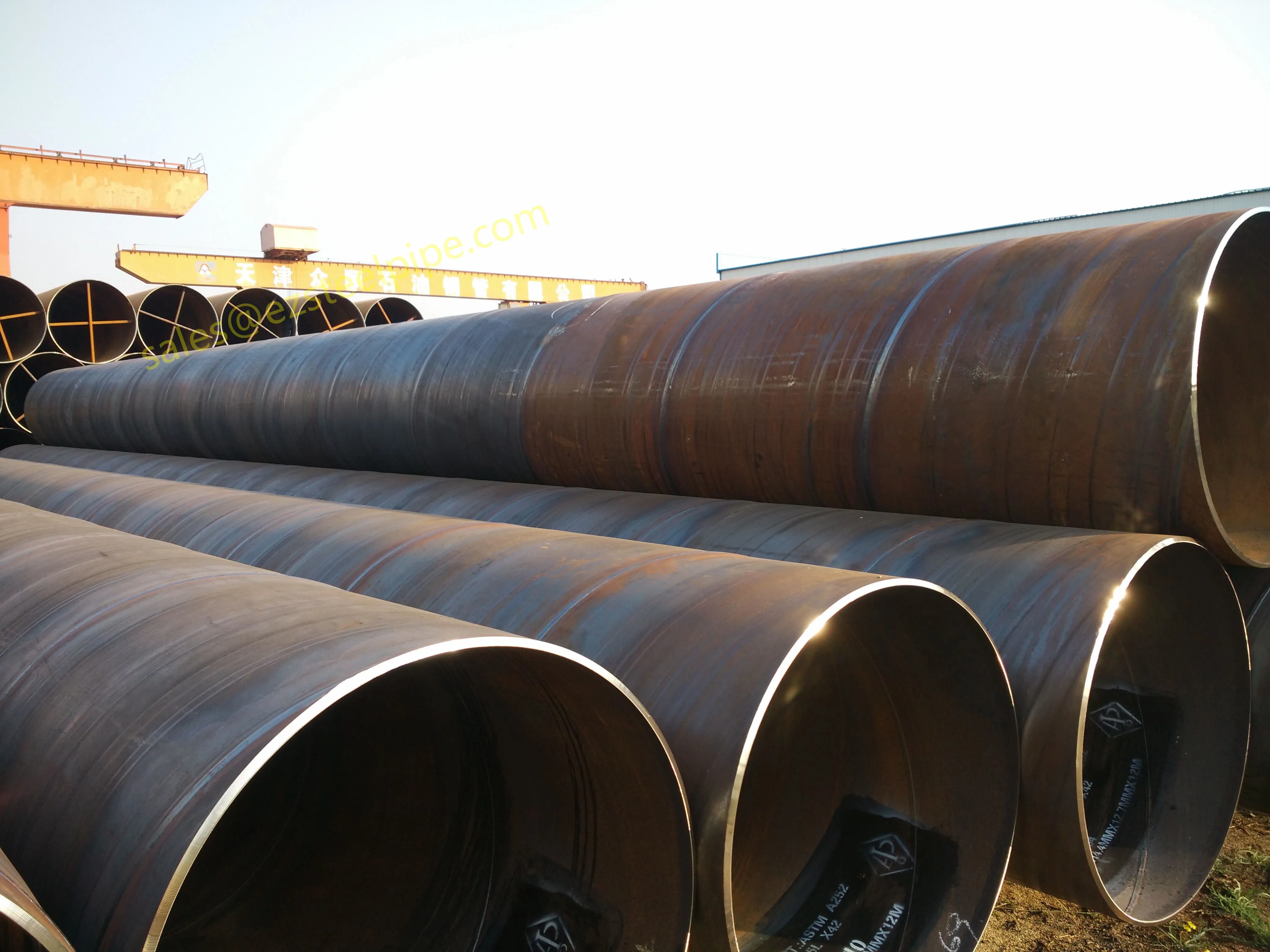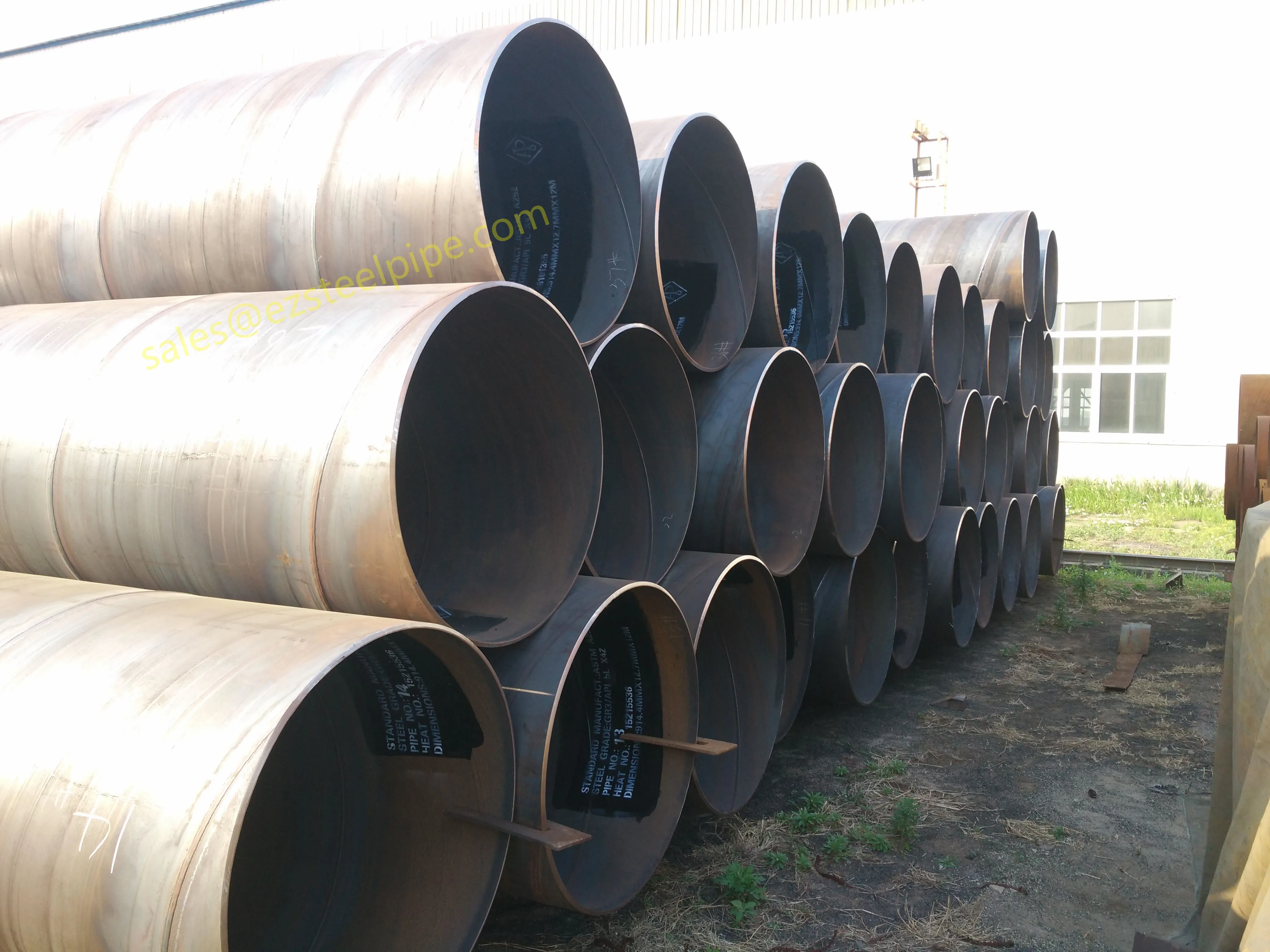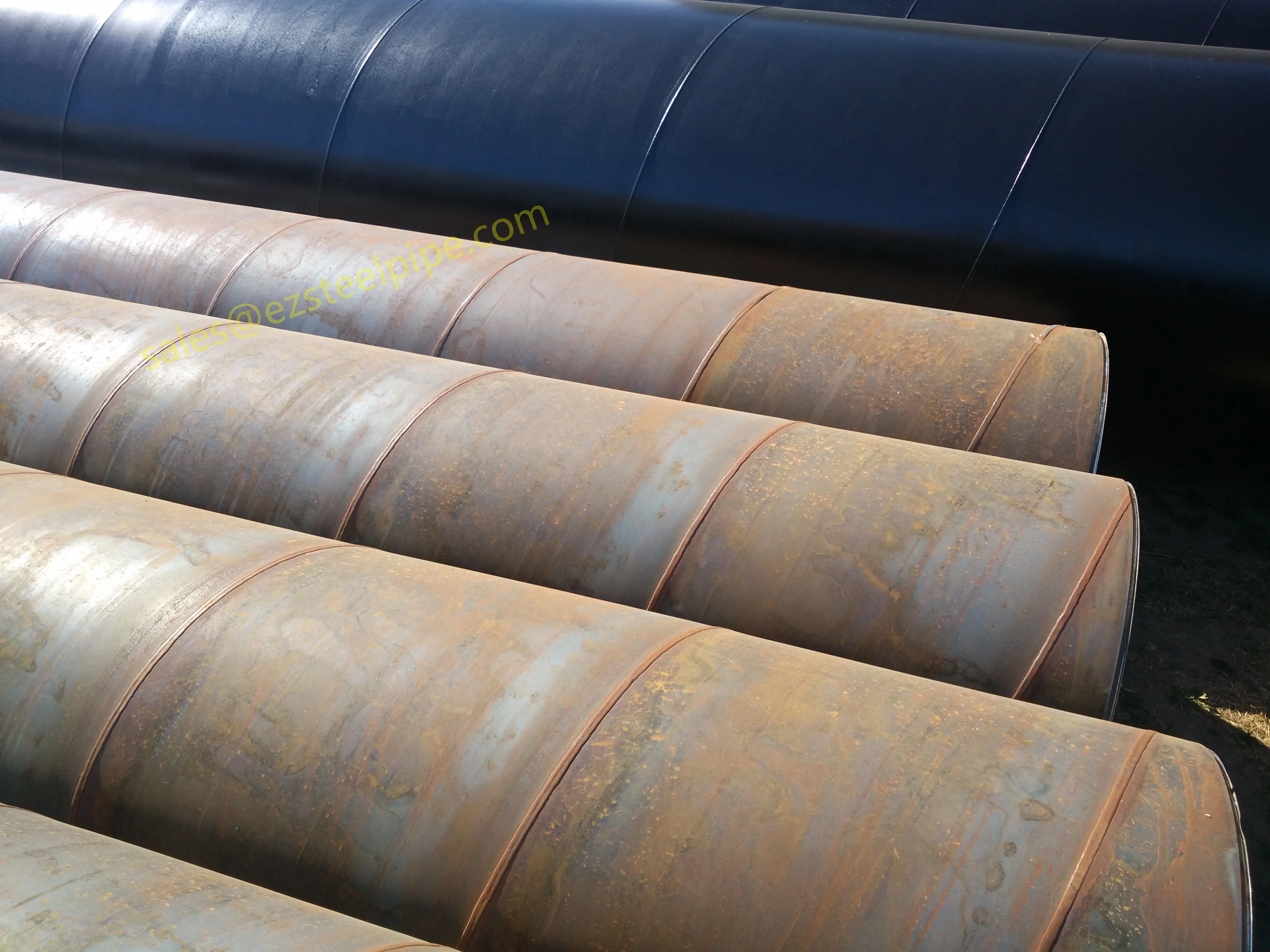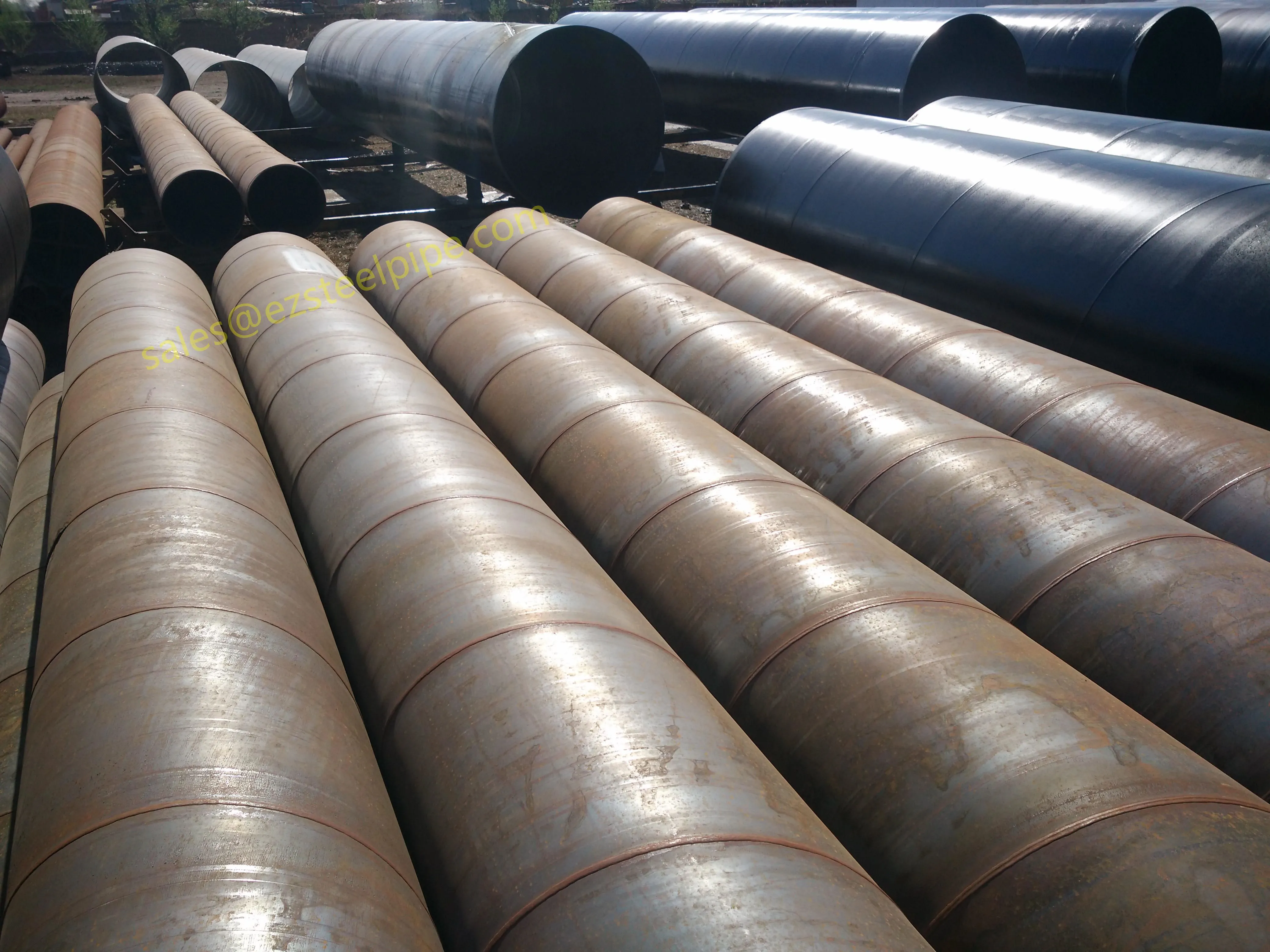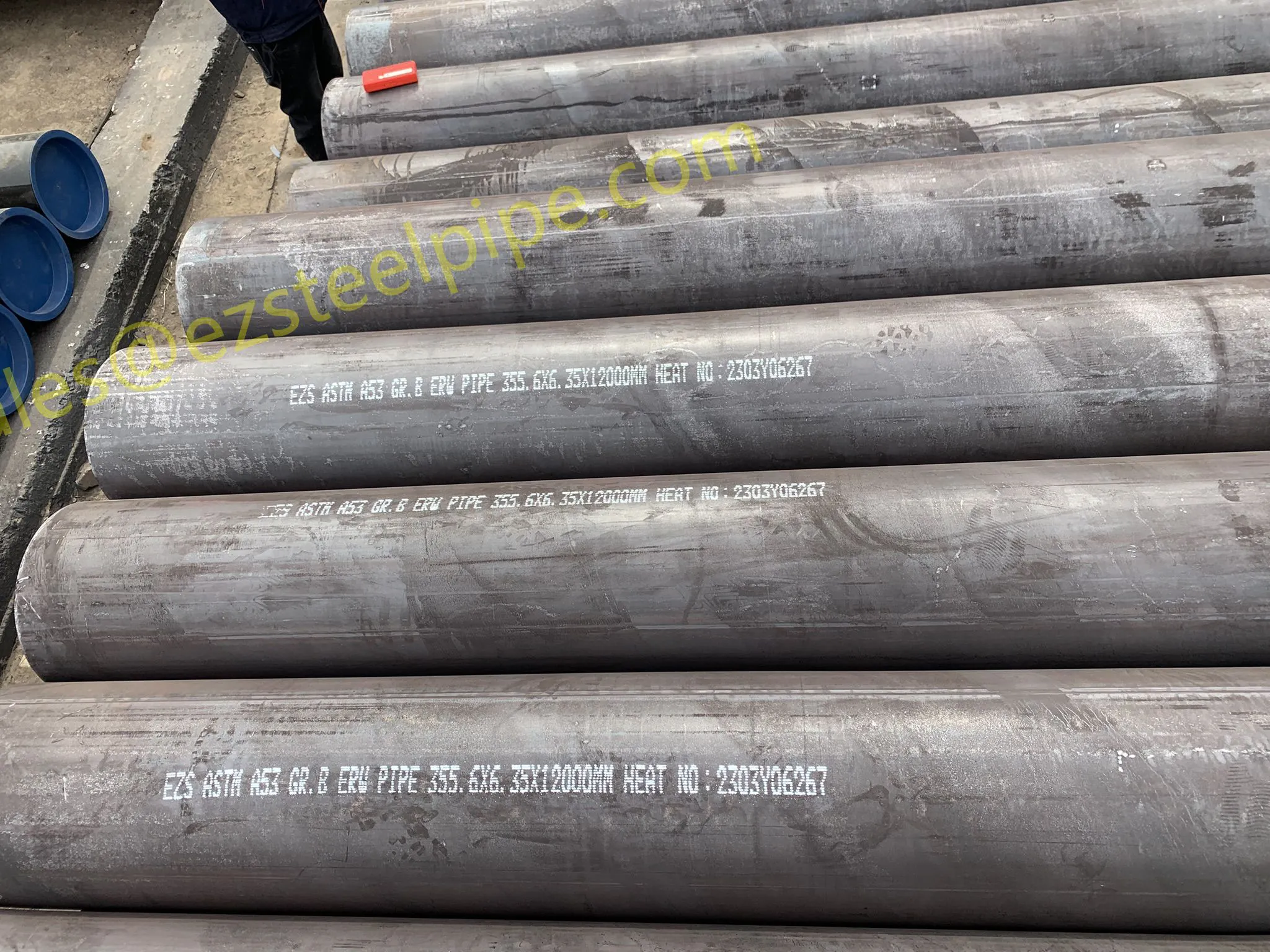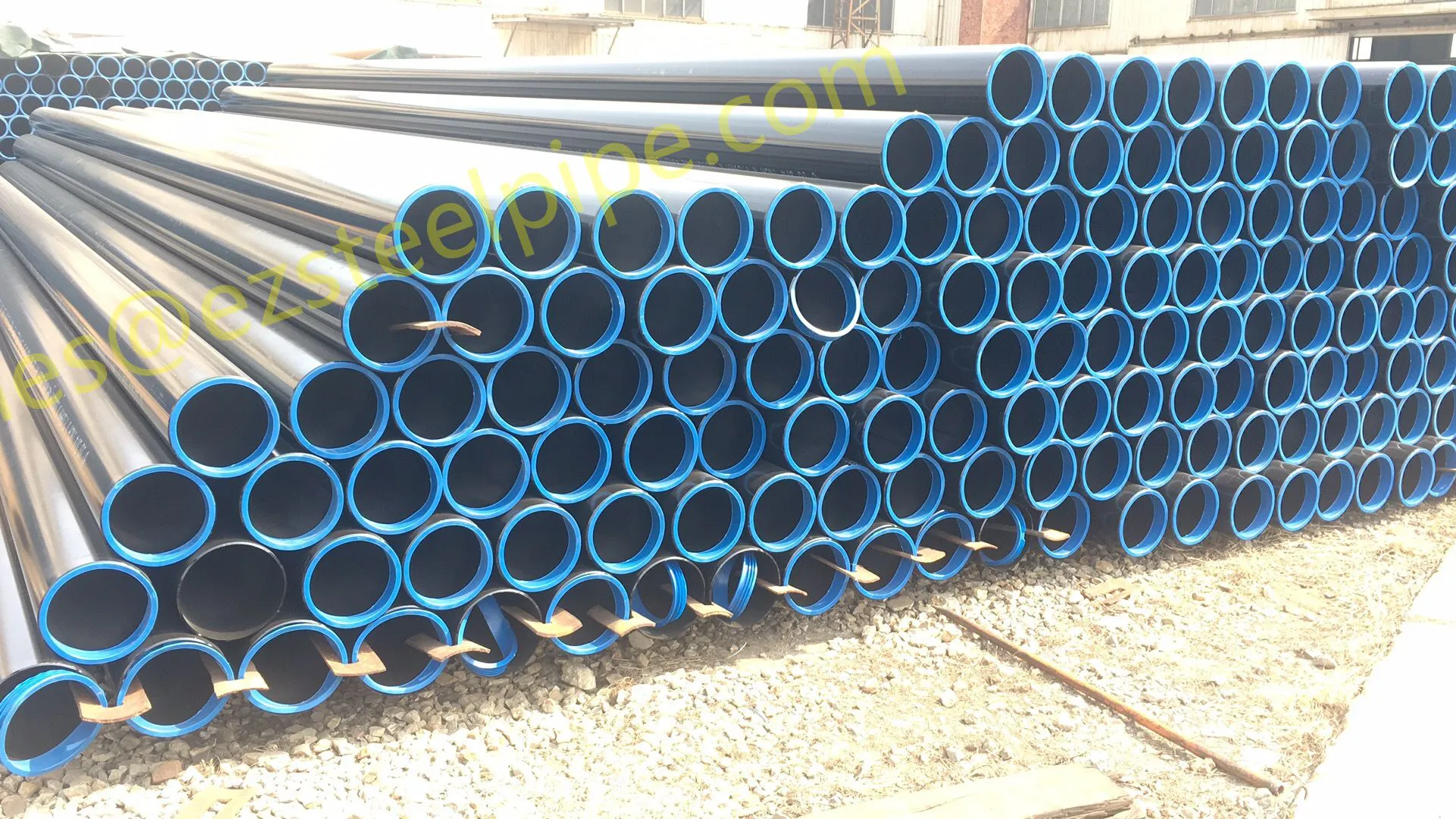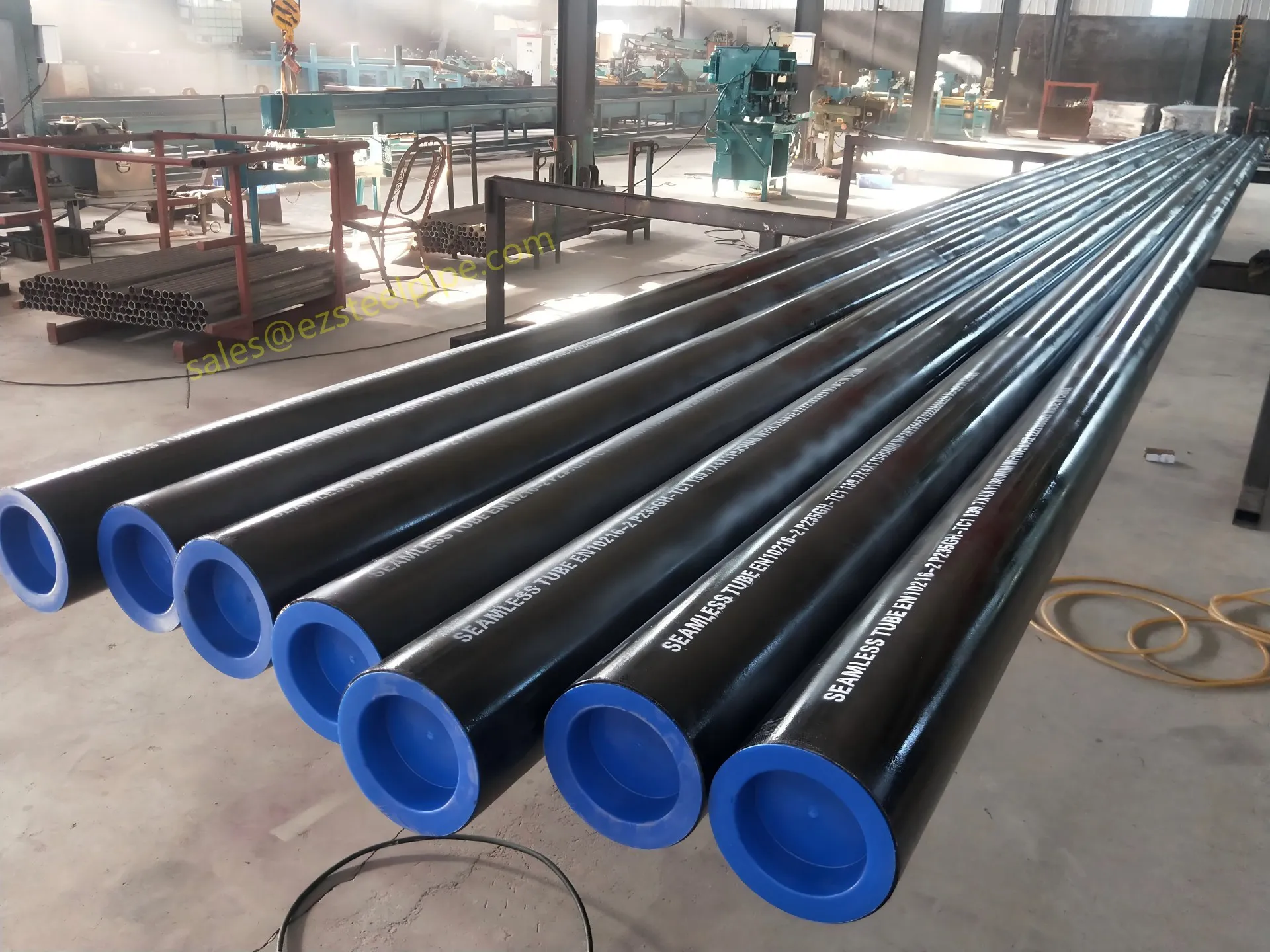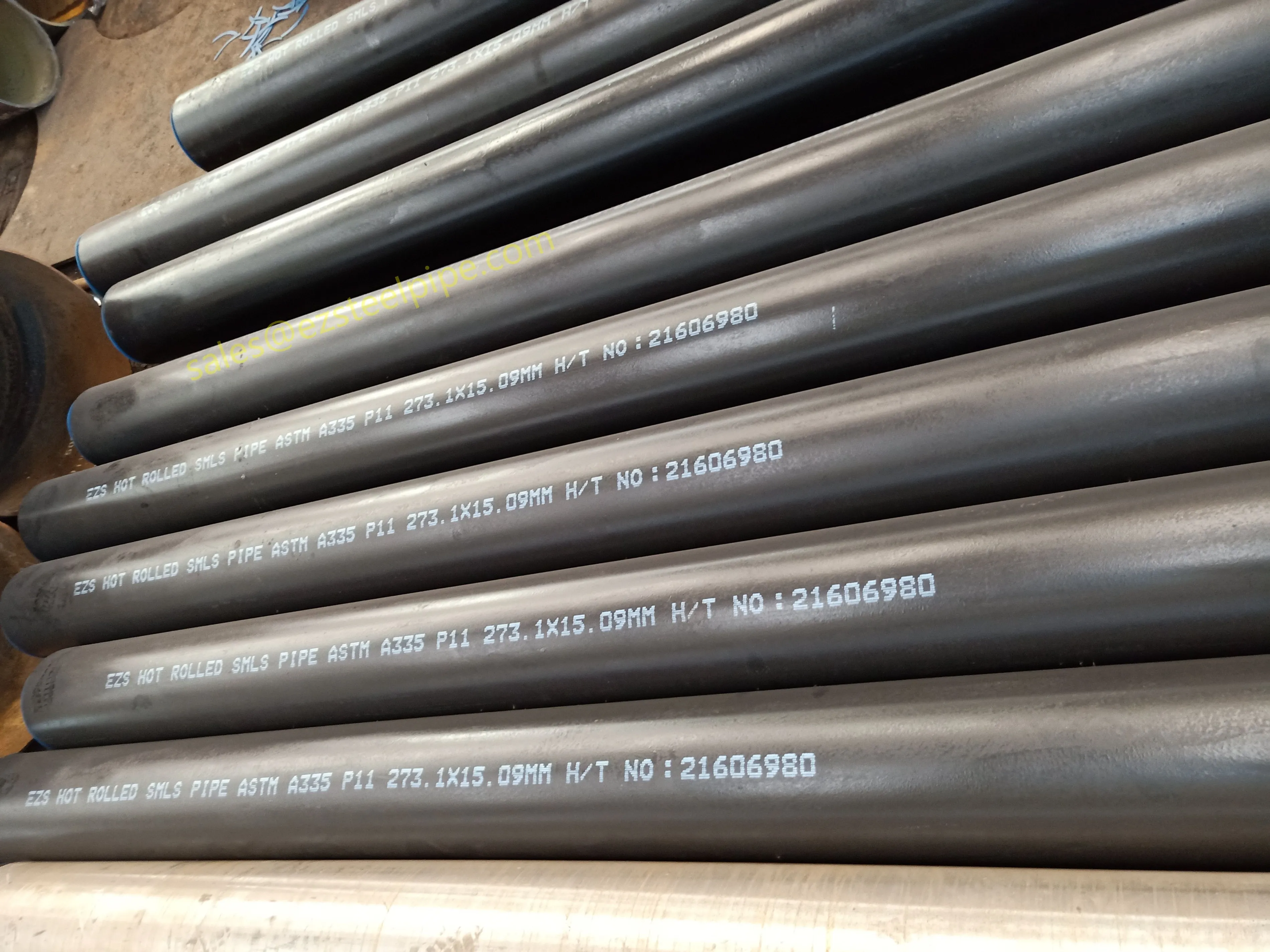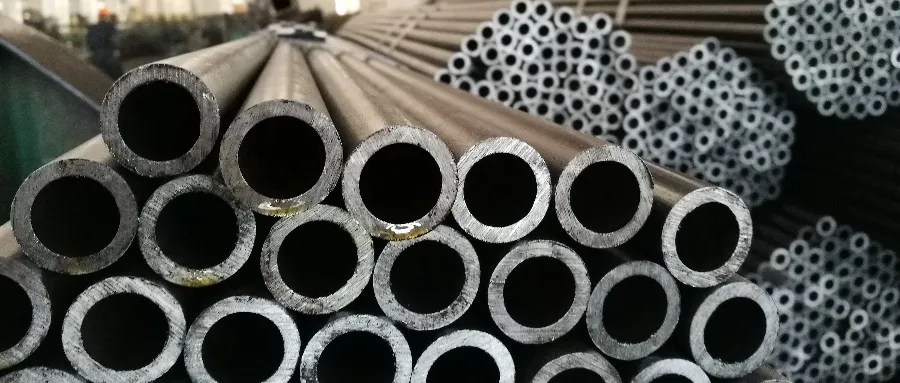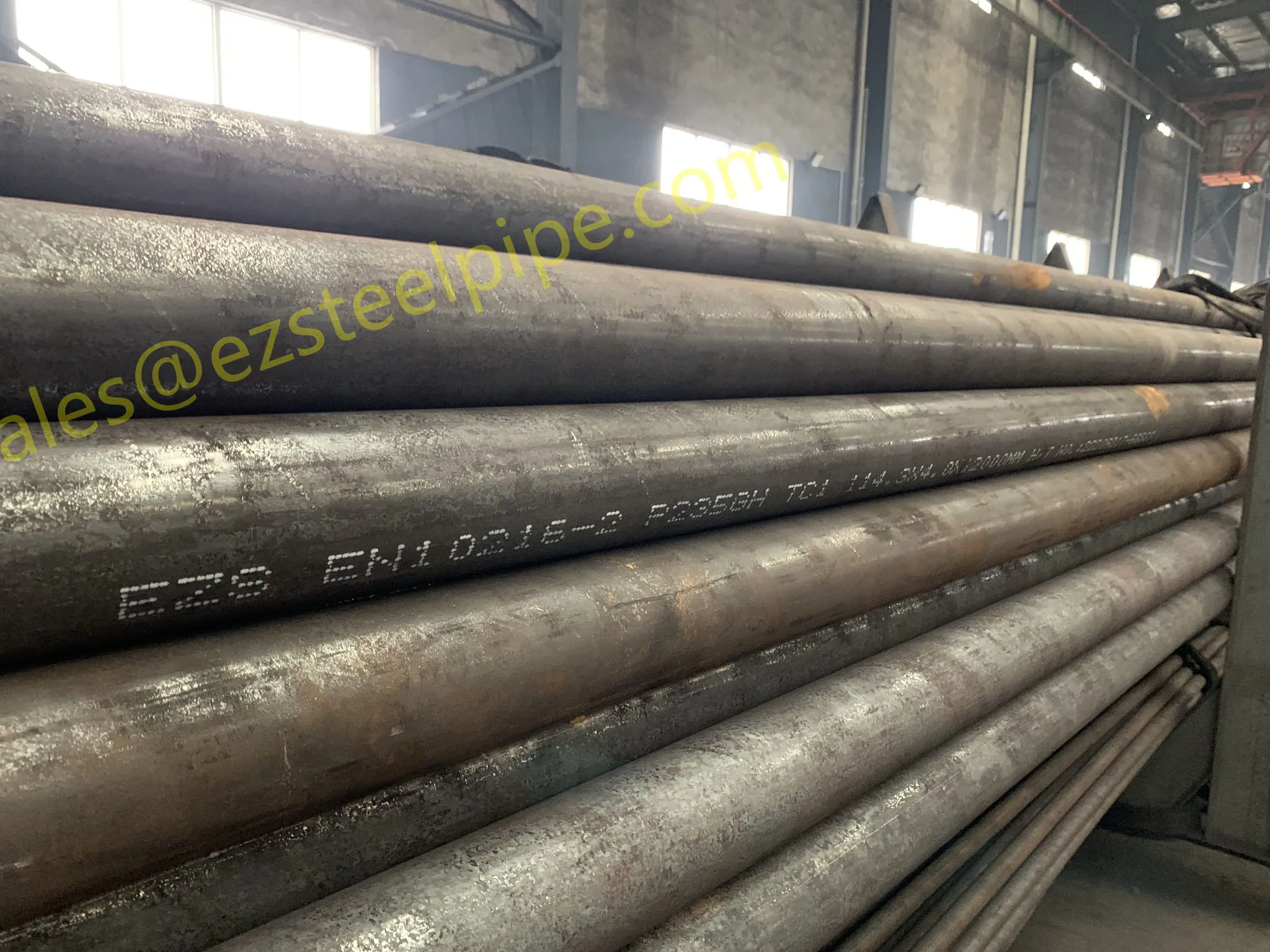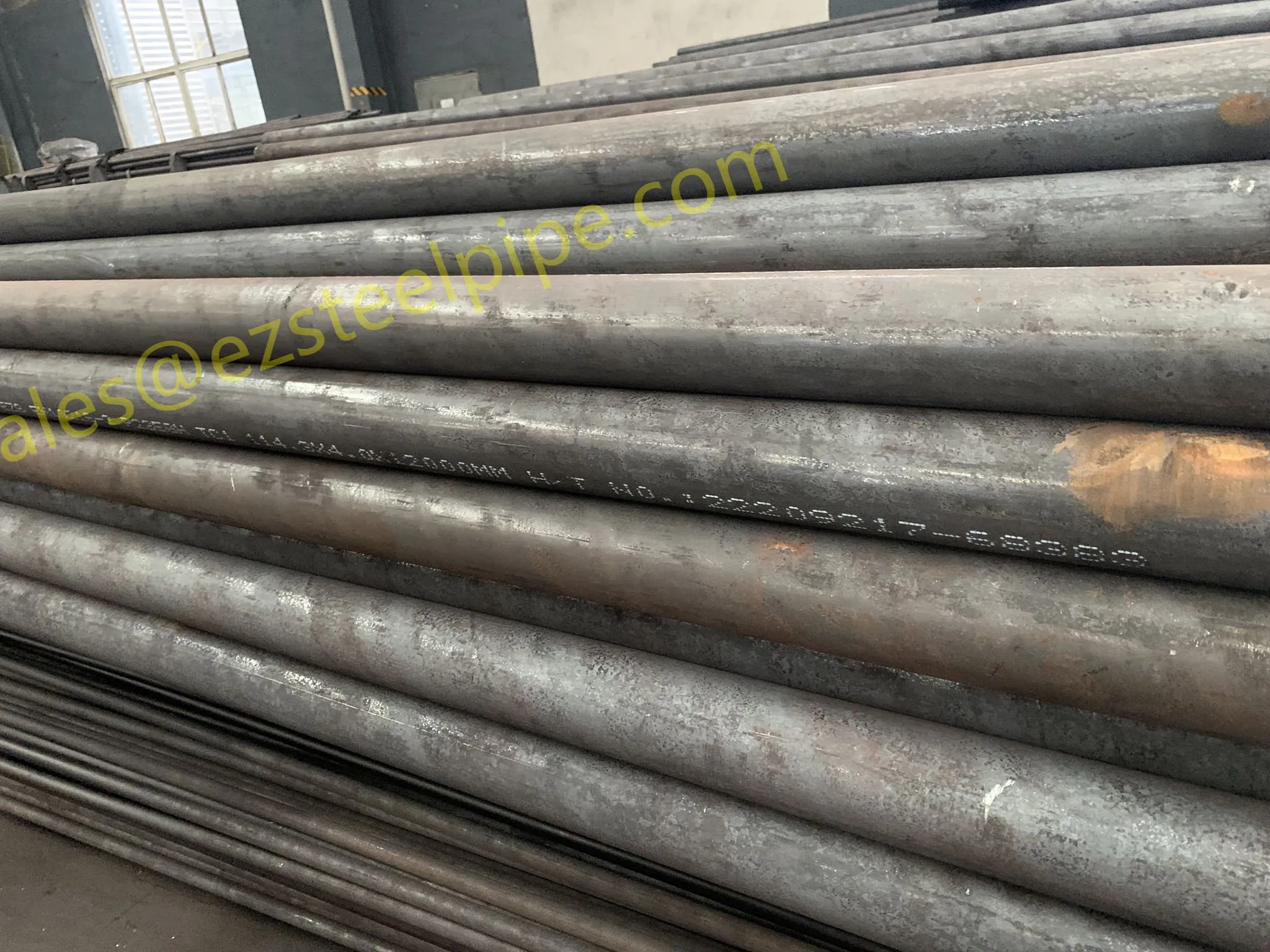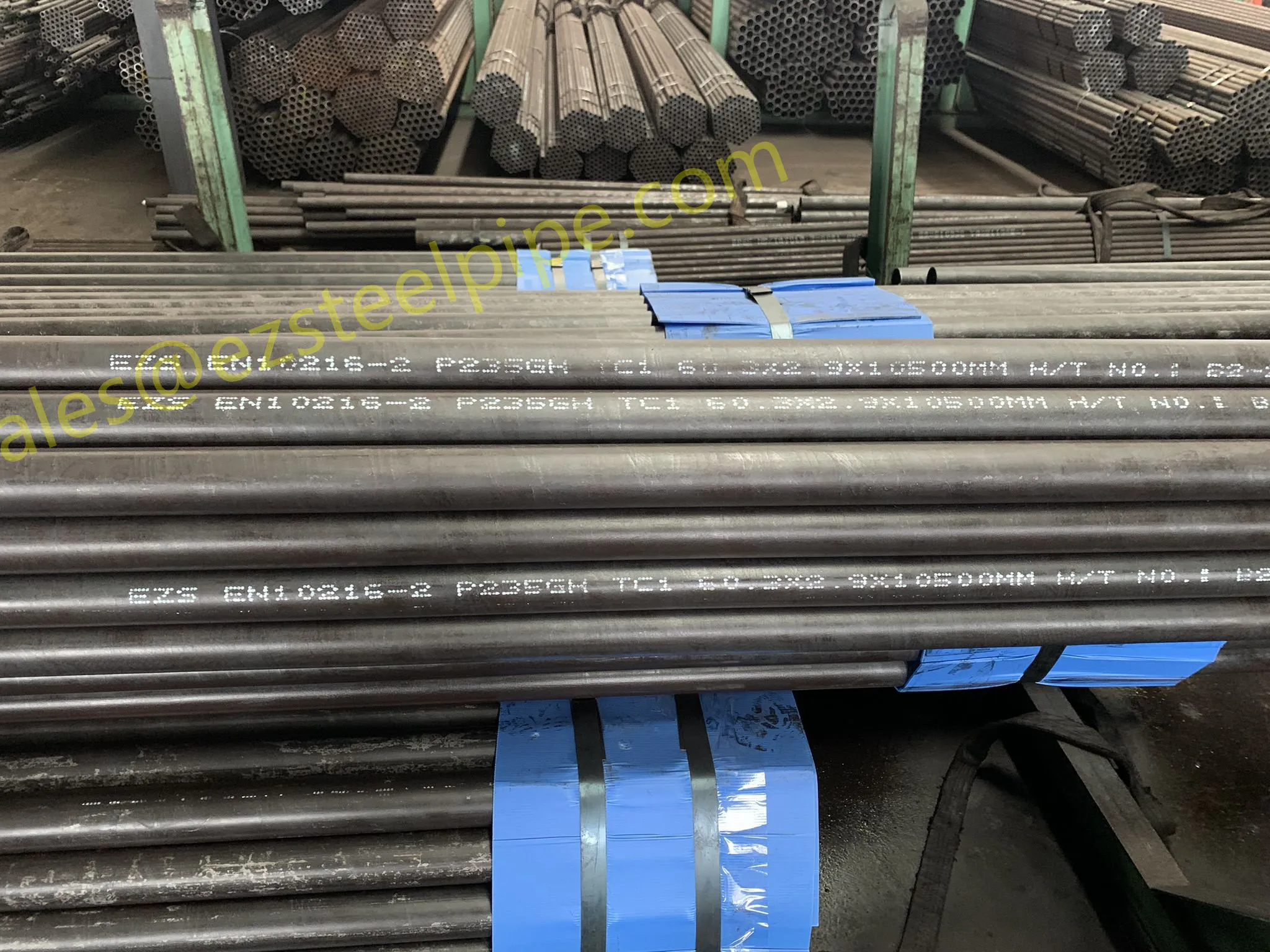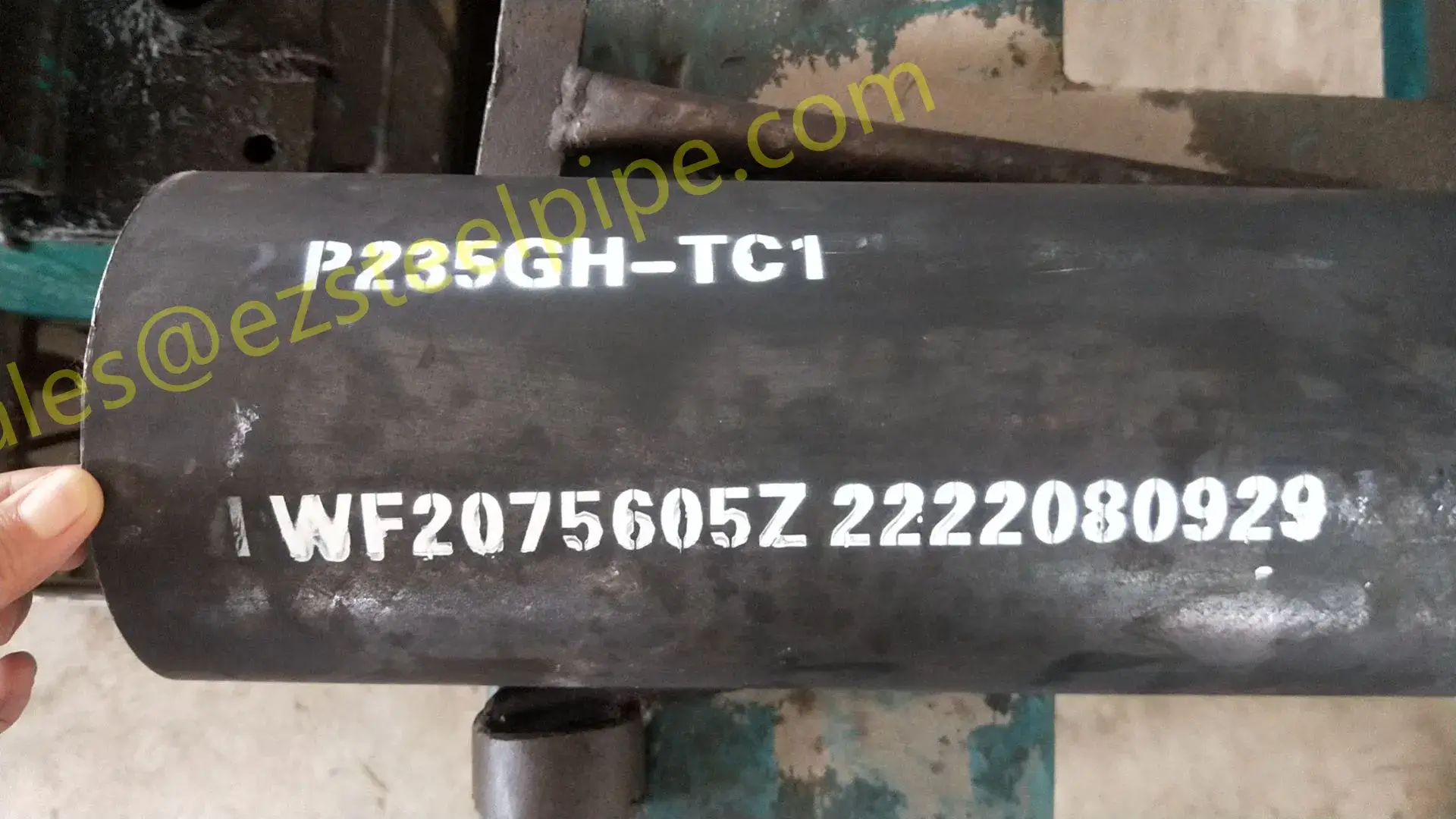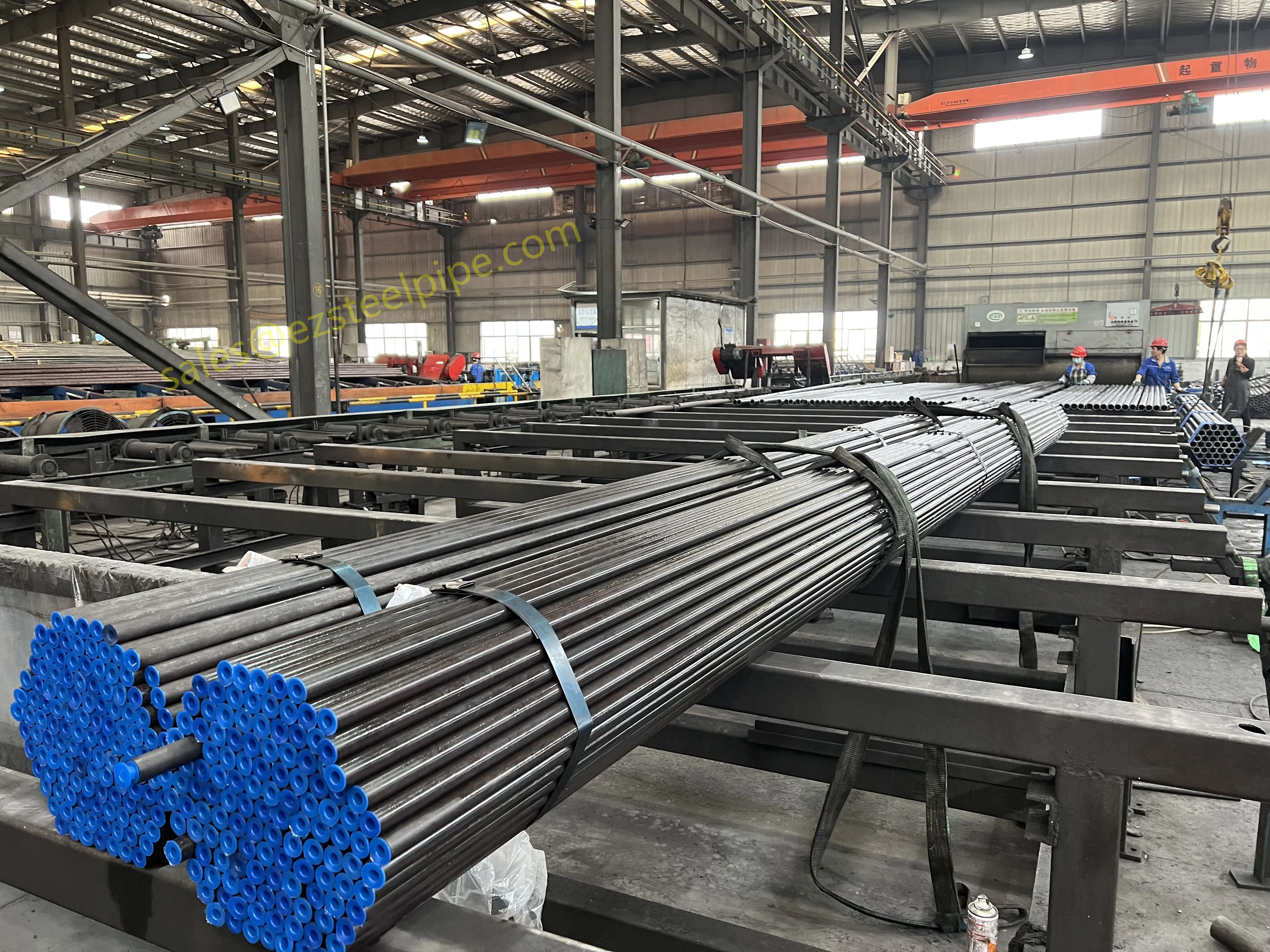Walk through any modern city, and you'll notice buildings that seem to glow—their exteriors sleek, their lines crisp, their presence impossible to ignore. Behind these striking facades often lies a silent workhorse: the architectural curtain wall. More than just a pretty face, a curtain wall is the skin of a building, protecting its interior from the elements while defining its character. Among the materials that bring these designs to life, aluminum-plastic composite panels (ACPs) have risen to prominence, cherished by architects and builders alike for their rare blend of durability, versatility, and aesthetic appeal.
But what makes ACPs such a popular choice for curtain walls? It starts with their technical DNA. Every curve, every color, every year of weather resistance is rooted in carefully defined parameters that ensure performance matches vision. Whether you're designing a towering skyscraper, a boutique hotel, or a cultural center, understanding these technical details isn't just about ticking boxes—it's about creating a facade that stands the test of time, both functionally and artistically. In this guide, we'll unpack the specifications that make aluminum-plastic composite panels a cornerstone of modern architectural design, from material composition to installation nuances, and everything in between.
The Role of Curtain Walls in Modern Architecture
Before diving into the specifics of ACPs, let's take a moment to appreciate the role of curtain walls themselves. Unlike load-bearing walls, which support the building's structure, curtain walls are non-structural cladding systems that hang like a curtain from the building's frame. Their primary jobs? Keep the weather out, let light in, and contribute to the building's energy efficiency. But in the hands of innovative architects, they do much more—they become storytelling tools.
Think of London's Shard, with its glass curtain wall that pierces the sky like a shard of ice, or the Guangzhou Opera House, whose undulating stone-like facade seems to flow with the city's energy. These buildings don't just exist—they communicate. And at the heart of that communication is the choice of curtain wall material. For decades, glass was the go-to, but as sustainability and design flexibility became priorities, alternatives like aluminum-plastic composite panels stepped into the spotlight.
ACPs offer a sweet spot that few materials can match: they're lighter than solid aluminum, more rigid than vinyl, and more affordable than natural stone. They can mimic the look of wood, metal, or even marble, all while offering superior weather resistance and fire safety when properly specified. In structure works ranging from commercial high-rises to industrial facilities, ACPs have proven they're not just a trend—they're a practical, future-forward choice.
What Are Aluminum-Plastic Composite Panels (ACPs)?
At first glance, an aluminum-plastic composite panel might look like a simple sheet of metal, but its magic lies in its layers. Imagine a sandwich where the "bread" is thin, high-quality aluminum alloy, and the "filling" is a core material—usually polyethylene (PE) or a fire-retardant mineral composite. These layers are bonded together with a high-strength adhesive, creating a panel that's stronger than the sum of its parts.
The aluminum layers (typically 0.2-0.5mm thick) provide the panel with rigidity, impact resistance, and a smooth surface for finishing. The core, on the other hand, keeps the panel lightweight (usually 3-6 kg/m²) and adds insulation properties. This combination makes ACPs easy to handle during installation, reduces the load on the building's structure, and allows for creative shaping—curves, angles, and even 3D forms that would be difficult or expensive with solid materials.
But not all ACPs are created equal. The quality of the aluminum alloy, the type of core material, and the adhesive used can drastically affect performance. For example, architectural-grade ACPs use aluminum from the 3000 or 5000 series (known for corrosion resistance), while lower-grade panels might cut corners with pure aluminum (1000 series) that dents easily. Similarly, a PE core is great for flexibility and cost, but in structure works where fire safety is critical, a mineral-filled core (often called an "FR core") is non-negotiable.
So why choose this sandwich structure over solid aluminum? Let's break it down: solid aluminum panels are heavy (around 8-12 kg/m² for 3mm thickness), which increases transportation and installation costs, and they're prone to warping over large spans. ACPs, with their lighter core, solve both issues. They're also easier to fabricate—cutting, bending, and punching require less force, making on-site customization a breeze. And when it comes to surface finishes, ACPs are chameleons: they can be powder-coated, painted with PVDF (polyvinylidene fluoride) resin, or even printed with custom designs, giving architects endless creative freedom.
Key Technical Parameters of Aluminum-Plastic Composite Panels
When specifying ACPs for a curtain wall project, technical parameters aren't just numbers on a datasheet—they're the guardrails that ensure your panels perform as expected. From how well they resist fading in the sun to how they hold up in a fire, every parameter tells a story about the panel's quality and suitability for your project. Let's explore the most critical ones, with a detailed table to summarize the essentials.
| Parameter | Common Test Standards | Typical Range for Architectural ACPs | Key Considerations |
|---|---|---|---|
| Total Panel Thickness | GB/T 17748, EN 14688 | 3mm, 4mm, 5mm, 6mm (custom up to 10mm) | Thicker panels offer higher rigidity; 4mm is standard for most curtain walls. |
| Aluminum Skin Thickness | GB/T 3880, ASTM B209 | 0.2mm, 0.3mm, 0.4mm, 0.5mm | 0.5mm skins recommended for high-traffic or windy areas; thinner skins (0.2mm) for low-load applications. |
| Core Material Type | GB/T 17748, ISO 9229 | PE (polyethylene), FR (fire-retardant mineral), A2 (non-combustible) | FR cores required for most public buildings; A2 cores for high-rise or near-escape routes. |
| Panel Width | EN 14688, JIS A5410 | 1220mm, 1500mm (custom up to 2000mm) | Wider panels reduce installation seams but may require special transportation. |
| Panel Length | EN 14688, ASTM C1289 | 2440mm, 3050mm, 4000mm (custom up to 6000mm+) | Long lengths suit tall buildings; consider handling/installation equipment limits. |
| Surface Treatment | ASTM D1737, ISO 2813 | Powder coating, PVDF coating, Anodized, Wood-grain transfer | PVDF offers best UV resistance (15-20 year warranty); powder coating for vibrant colors. |
| Fire Resistance Rating | GB 8624, EN 13501, ASTM E84 | Class B, A2, A1 (non-combustible) | Check local codes—many cities require A2 or higher for buildings over 10 stories. |
| Bending Strength | GB/T 1447, ISO 178 | 20-35 MPa | Higher values indicate better resistance to wind-induced flexing. |
| Impact Resistance | GB/T 14153, ASTM D2794 | 10-15 J (no cracking or delamination) | Critical for areas prone to vandalism or hail. |
| Weather Resistance (ΔE Color Change) | ASTM G154, ISO 4892 | ΔE ≤ 3 after 1000 hours UV exposure | Lower ΔE means less fading; PVDF coatings typically achieve ΔE ≤ 2. |
| Thermal Conductivity | GB/T 10294, ISO 8301 | 0.15-0.30 W/(m·K) | Lower values improve building insulation, reducing energy costs. |
| Water Absorption | GB/T 17748, ISO 62 | ≤ 1% (24-hour immersion) | Prevents core swelling and delamination in humid climates. |
| Peel Strength (Aluminum-Core Bond) | GB/T 2790, ASTM D903 | ≥ 7 N/mm (for PE core); ≥ 5 N/mm (for FR core) | High peel strength prevents delamination—critical for long-term durability. |
Material Composition: The Building Blocks of ACP Quality
The performance of an ACP starts with its raw materials. Let's zoom in on the two main components: the aluminum skins and the core material.
Aluminum Alloys: Not all aluminum is created equal. For architectural ACPs, the aluminum skins are typically made from 3000-series (e.g., 3003) or 5000-series (e.g., 5005, 5052) alloys. Why these? 3000-series aluminum contains manganese, which boosts strength and corrosion resistance—ideal for exterior use. 5000-series adds magnesium, making it even more durable and formable, perfect for curved or complex shapes. Avoid panels with 1000-series (pure aluminum) skins, as they're softer and prone to denting. The skin thickness is also crucial: 0.5mm skins are standard for curtain walls, as they balance rigidity and weight. Thinner skins (0.2-0.3mm) are cheaper but may not withstand high wind loads or impact.
Core Materials: The core is where ACPs get their lightweight properties, but it's also where fire safety comes into play. Polyethylene (PE) cores are the most common—they're flexible, affordable, and offer good insulation. However, PE is combustible, so in structure works where fire codes are strict (like hospitals, schools, or high-rises), mineral-filled FR cores are a must. These cores replace some or all of the PE with materials like aluminum hydroxide or magnesium hydroxide, which release water vapor when heated, slowing combustion. The highest-rated cores (Class A1) are non-combustible and often used in nuclear facilities or high-security buildings, though they're denser and more expensive.
Adhesives: The glue that holds the layers together might seem, but it's critical for durability. High-quality ACPs use modified epoxy or polyurethane adhesives that can withstand temperature extremes (-40°C to 80°C) and humidity without weakening. Poor adhesives lead to delamination—where the aluminum skin separates from the core—a problem that's not just unsightly but dangerous, as loose panels can become falling hazards.
Dimensions: Standard Sizes and Custom Flexibility
ACPs come in standard sizes, but one of their biggest advantages is customization. Let's start with the basics: standard widths are usually 1220mm (4 feet) and 1500mm (5 feet), while lengths range from 2440mm (8 feet) to 4000mm (13 feet). These sizes are popular because they fit on standard shipping pallets and work with most installation systems. But what if your design calls for a 5-meter-long panel to minimize seams on a tall facade? Or a 1800mm width to match a unique grid pattern? That's where custom fabrication shines.
Custom ACPs can be produced in lengths up to 6 meters or more (depending on the manufacturer's equipment) and widths up to 2000mm. Edge treatments can also be customized—beveled edges for a seamless look, folded edges for added rigidity, or tongue-and-groove profiles for weathertight joints. This flexibility is a game-changer for architects pushing the boundaries of design, much like how custom stainless steel tube manufacturers cater to specialized industrial needs with unique diameters and wall thicknesses.
But customization isn't just about aesthetics; it's also about practicality. For example, a building with a curved facade might require panels with custom radii, which involves bending the ACPs to specific angles (usually up to 90°, though some manufacturers can handle tighter curves with specialized equipment). The panel thickness plays a role here too: thinner panels (3mm) bend more easily than thicker ones (6mm), but they may need additional support to prevent sagging.
Surface Treatments: More Than Just a Pretty Face
The surface of an ACP is its first line of defense against the elements—and its first chance to make a design statement. Two treatments dominate the architectural market: powder coating and PVDF coating. Let's compare them.
Powder Coating: This process involves electrostatically applying dry powder (usually polyester) to the aluminum skin, then curing it in an oven to form a hard, durable finish. Powder coating offers vibrant colors, matte or gloss finishes, and is relatively affordable. It's a great choice for interior applications or exterior walls in mild climates, with a typical warranty of 10-15 years. However, it's less resistant to UV radiation than PVDF, so over time, colors may fade slightly in harsh sunlight.
PVDF Coating: PVDF (polyvinylidene fluoride) is a high-performance resin that's mixed with pigments and applied as a liquid, then baked onto the aluminum. It's pricier than powder coating, but for exterior curtain walls—especially in sunny, coastal, or polluted areas—it's worth the investment. PVDF coatings are resistant to UV rays, salt spray, acid rain, and even graffiti, with warranties ranging from 15-20 years. They also retain their color better: after 10 years of exposure, a PVDF-coated panel might show ΔE color change of 1-2, compared to 3-4 for powder coating.
Beyond these two, there are specialty finishes: anodized (for a metallic, corrosion-resistant look), wood-grain transfer (to mimic natural wood), or even digital printing (for custom graphics or patterns). For example, a hotel wanting a warm, organic aesthetic might opt for a wood-grain ACP, while a tech company might choose a high-gloss PVDF finish in their brand color. The key is matching the finish to the building's location and design goals—no one wants a facade that looks dated or worn after just a few years.
Fire Resistance: A Critical Parameter for Safety
In 2017, the Grenfell Tower fire in London brought global attention to the fire risks of substandard cladding materials. Since then, fire resistance has become the most scrutinized parameter in ACP specification. Let's demystify the ratings and what they mean for your project.
Fire ratings for ACPs are determined by tests that measure how the panel behaves when exposed to fire: does it ignite, spread flames, or release toxic smoke? The most common standards are GB 8624 (China), EN 13501 (Europe), and ASTM E84 (US). Here's a quick breakdown of the key classes:
- Class A1 (Non-combustible): These panels don't burn, melt, or release heat when exposed to fire. They're made with mineral cores and are required in the most stringent applications, like nuclear facilities or high-rises over 100 meters.
- Class A2 (Limited combustibility): These may smolder but won't spread flames. They're common in hospitals, schools, and mid-rise buildings (10-50 meters).
- Class B (Combustible): PE-core panels typically fall here. They can ignite and spread flames, so they're restricted to low-rise buildings or interior use in many regions.
The takeaway? Always check local building codes before specifying ACPs. In cities like Shanghai, for example, buildings over 50 meters must use Class A2 or higher cladding. Even if your project is exempt from strict codes, investing in a higher fire rating is a smart long-term decision—it protects occupants, reduces insurance costs, and future-proofs the building against code updates.
Case Study: Fire-Rated ACPs in a 40-Story Residential Tower
In 2020, a developer in Singapore was tasked with building a 40-story residential tower in the city center. Local codes required Class A2 fire-rated cladding for all exterior walls. The design called for a sleek, modern look with large windows and metallic gray panels. The team chose 4mm ACPs with 0.5mm 3003 aluminum skins and a mineral-filled FR core (Class A2 per EN 13501). The panels were finished with a PVDF coating in "Anthracite Gray" to complement the glass curtain wall. During construction, third-party testing confirmed the panels met the required fire resistance and peel strength (8 N/mm), ensuring both safety and durability. Today, the tower stands as a testament to how fire safety and design can coexist seamlessly.
Weather Resistance: Standing Strong Against the Elements
A curtain wall's job is to protect the building from rain, wind, sun, and temperature extremes. For ACPs, this means withstanding everything from scorching desert heat to freezing winter rains without fading, warping, or delaminating. Let's look at the parameters that ensure weather resistance.
UV Resistance: The sun's ultraviolet rays break down organic materials over time, causing colors to fade and surfaces to chalk. ACPs with PVDF coatings are tested under accelerated UV lamps (simulating 10+ years of exposure) to ensure color change (ΔE) stays below 3—a level the human eye can barely detect. In contrast, low-quality powder coatings may fade to ΔE 5 or more in just a few years, leaving the facade looking dull.
Water Absorption: Rain and humidity can seep into poorly constructed panels, causing the core to swell or the adhesive to fail. High-quality ACPs absorb less than 1% of their weight in water after 24 hours of immersion, thanks to tight bonding and sealed edges. In coastal areas, saltwater spray adds another challenge—hence the use of 5000-series aluminum skins, which have better corrosion resistance than 3000-series.
Thermal Expansion: Aluminum and core materials expand and contract at different rates when temperatures change. For example, a 4m-long ACP panel can expand by 4-6mm in summer heat. To prevent buckling, installers leave gaps (typically 5-10mm) between panels, with flexible sealants that allow movement. The panel's modulus of elasticity (a measure of stiffness) also plays a role—higher values (25-30 GPa) mean less warping under thermal stress.
In short, weather resistance isn't just about the panel itself; it's about how well its technical parameters align with the local climate. A panel specified for Phoenix (hot, dry) might not work in Seattle (cold, rainy), and vice versa. Always consult local weather data and manufacturer recommendations to ensure your ACPs are up to the task.
Installation Specifications: Turning Panels into a Facade
Even the best ACPs will fail if installed incorrectly. Installation is where technical parameters meet real-world conditions, and attention to detail is everything. Here are the key specs installers need to know:
Support Structure: ACPs are typically mounted on a frame of aluminum or steel rails, which are attached to the building's main structure. The spacing of these rails depends on the panel's thickness and wind load: 4mm panels usually require rails every 600-800mm, while 6mm panels can span up to 1000mm. Engineers calculate wind loads using local codes (e.g., ASCE 7 in the US) and the panel's area density (kg/m²).
Fasteners: Panels are secured to the rails with screws or rivets that penetrate the aluminum skin but not the core (to avoid compromising insulation). The fastener type depends on the rail material—stainless steel screws for aluminum rails, galvanized for steel. Fastener spacing is critical too: too few, and the panel may flex; too many, and thermal expansion is restricted.
Sealing and Gaps: As mentioned earlier, gaps between panels (5-10mm) allow for thermal movement. These gaps are sealed with weather-resistant silicone sealant (rated for UV and temperature extremes). Edge treatments like backer rods and weep holes prevent water from pooling behind the panels, further protecting the core.
Handling and Storage: ACPs are durable, but they're not indestructible. They should be stored flat on pallets, away from direct sunlight and moisture, to prevent warping. During installation, panels should be carried vertically (not dragged) to avoid scratching the surface. Even a small scratch can compromise the protective coating, leading to corrosion over time.
Many manufacturers provide detailed installation guides that reference their panels' technical parameters—peel strength, flexural modulus, etc.—to help installers make the right decisions. Ignoring these guides is a recipe for problems down the line, from loose panels to water leaks.
Custom ACP Solutions: Tailoring to Your Project's Needs
While standard ACPs work for most projects, some designs demand something extra. Customization isn't just about size—it can involve unique colors, finishes, core materials, or even integrated features like acoustic insulation or solar reflectivity. Let's explore the most common custom options and how they enhance project outcomes.
Custom Colors and Finishes: Architects often want a facade that matches a brand's signature color or complements the surrounding environment. Most manufacturers offer custom color matching using the Pantone or RAL color systems, with PVDF coatings available in virtually any shade. For a truly unique look, some even offer metallic or iridescent finishes that shift color depending on the viewing angle.
Specialty Cores: Beyond standard PE and FR cores, custom ACPs can include cores for specific needs: acoustic cores (with foam or mineral wool) for buildings near airports, thermal breaks (with low-conductivity materials) for energy-efficient designs, or even antimicrobial cores for hospitals and labs. These specialized cores add cost but deliver functionality that standard panels can't match.
Pre-Fabricated Shapes: For curved or angled facades, manufacturers can pre-bend panels to specific radii (down to 50mm for thin panels) using hydraulic presses. This saves time on-site and ensures consistent quality. Some even offer 3D-formed panels for sculptural designs, though these require advanced tooling and are more expensive.
Integrated Technologies: The future of ACPs is smart. Imagine panels with embedded LED strips for dynamic lighting, or photochromic coatings that darken in sunlight to reduce cooling costs. While still niche, these technologies are becoming more accessible as demand for "intelligent facades" grows. Custom ACPs are the canvas for these innovations, with technical parameters adjusted to accommodate wiring, sensors, or other components.
Customization does come with trade-offs—longer lead times, higher costs, and the need for detailed design specs—but for projects that aim to stand out, it's often worth it. Just like custom stainless steel tube manufacturers work closely with clients to meet industrial needs, ACP suppliers partner with architects to turn bold visions into tangible, high-performance facades.
Sustainability: ACPs and the Green Building Movement
In an era of climate consciousness, sustainability is no longer a "nice-to-have"—it's a requirement for most major construction projects. ACPs, when properly chosen, can contribute to green building certifications like LEED, BREEAM, or China's GB/T 50378. Let's explore how their technical parameters align with sustainability goals.
Recyclability: Aluminum is one of the most recyclable materials on the planet, with 95% of the energy saved compared to producing new aluminum. Most ACP manufacturers use recycled aluminum in their skins (up to 70% in some cases), and at the end of the panel's life (typically 25-30 years), the aluminum can be recycled again. The core material is trickier—PE cores are recyclable, but mineral cores may require separation—but overall, ACPs have a lower carbon footprint than solid aluminum or natural stone.
Energy Efficiency: ACPs with low thermal conductivity (0.15-0.30 W/(m·K)) improve a building's insulation, reducing heating and cooling costs. When combined with thermal break installation systems, they can help achieve LEED points for Energy and Atmosphere. Light-colored PVDF coatings also reflect sunlight (high solar reflectance index, SRI), lowering urban heat island effects and further cutting cooling needs.
Low-VOC Emissions: Volatile organic compounds (VOCs) from coatings and adhesives can harm indoor air quality. High-quality ACPs use low-VOC PVDF coatings and adhesives that meet strict standards like GREENGUARD, ensuring they don't off-gas harmful chemicals once installed.
Durability and Longevity: A facade that needs replacement every 10 years is bad for the environment and the budget. ACPs, with their 25-30 year lifespan, reduce waste and the carbon emissions associated with frequent renovations. Their resistance to fading and weathering means less maintenance over time, too—no need for repainting or repairs every few years.
Of course, sustainability starts with responsible sourcing. Look for manufacturers with ISO 14001 environmental certifications, who use renewable energy in production and minimize waste. Some even offer "cradle-to-grave" lifecycle assessments for their panels, helping you quantify their environmental impact.
Future Trends: What's Next for ACP Curtain Walls?
The world of architectural cladding is evolving fast, driven by new technologies, stricter regulations, and shifting design priorities. Here are the trends shaping the future of ACPs and what they mean for technical specifications.
Bio-Based and Recycled Cores: As pressure to reduce plastic use grows, manufacturers are experimenting with bio-based cores made from plant-derived polymers or agricultural waste. These cores aim to match PE's performance while being fully biodegradable or compostable. Early tests show promise, but durability and cost remain hurdles.
Self-Healing Coatings: Microcapsules in the coating contain healing agents that rupture when the surface is scratched, releasing a polymer that fills the damage. This could extend panel lifespans and reduce maintenance, though commercial availability is still a few years away.
Digital Fabrication: 3D scanning and AI-driven design tools are making custom ACPs more accessible. Architects can upload 3D models, and manufacturers use automated systems to produce panels with precise tolerances, reducing waste and errors. This technology also enables mass customization, where each panel in a facade is unique but still affordable.
Circular Economy Models: Instead of discarding old ACPs, manufacturers are developing take-back programs to recycle the aluminum and repurpose the core. This "closed-loop" approach reduces raw material use and aligns with global sustainability goals like the UN's Sustainable Development Goals.
As these trends mature, technical parameters will evolve too—new tests for biodegradability, standards for self-healing coatings, and specs for integrating digital sensors. For architects and builders, staying ahead means partnering with manufacturers at the cutting edge, who can help navigate these changes and ensure your project is future-proof.
Conclusion: Beyond Specs—Building with Purpose
Aluminum-plastic composite panels are more than just building materials—they're the intersection of art and engineering. Their technical parameters, from aluminum skin thickness to fire resistance ratings, are the foundation of a facade that's not only beautiful but safe, durable, and sustainable. Whether you're specifying standard panels for a commercial complex or custom shapes for a cultural landmark, understanding these parameters ensures your project meets its design vision and performance goals.
But specs alone aren't enough. The best ACP installations come from collaboration—between architects, engineers, manufacturers, and installers—each bringing expertise to the table. It's about asking the right questions: What's the local climate? What are the long-term maintenance needs? How can this facade tell the building's story? When technical parameters align with these big-picture questions, the result is a curtain wall that doesn't just protect a building—it elevates it.
As we've explored, ACPs are a versatile, future-ready choice for structure works of all kinds. They've come a long way since their inception, and with ongoing innovations in materials and technology, their potential is only growing. So the next time you look at a striking modern facade, take a moment to appreciate the layers—literal and figurative—that make it possible. Behind every great curtain wall is a set of carefully chosen technical parameters, working silently to turn vision into reality.
 export@ezsteelpipe.com
export@ezsteelpipe.com +86 731 8870 6116
+86 731 8870 6116






 Related Products
Related Products

